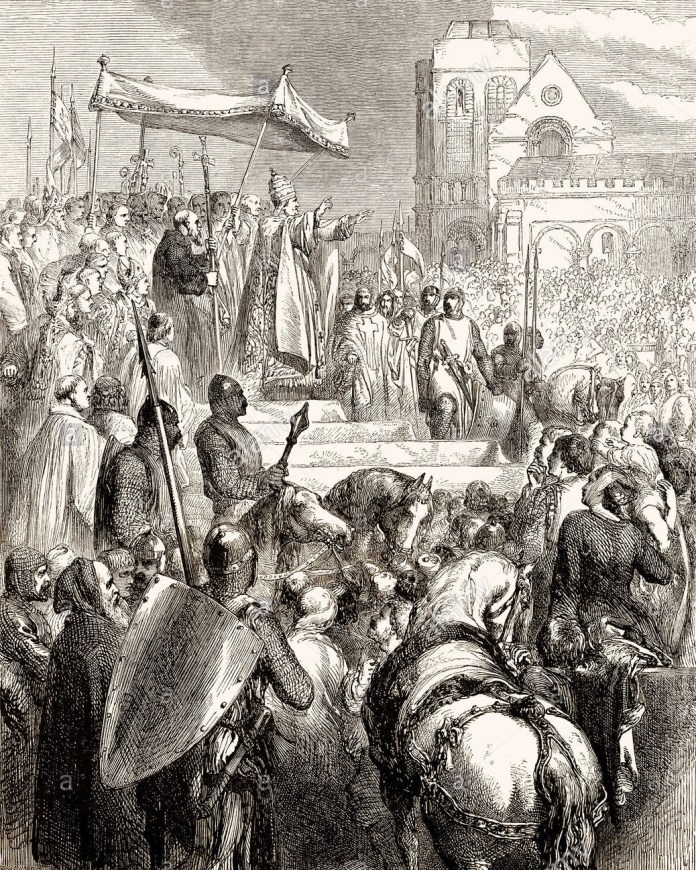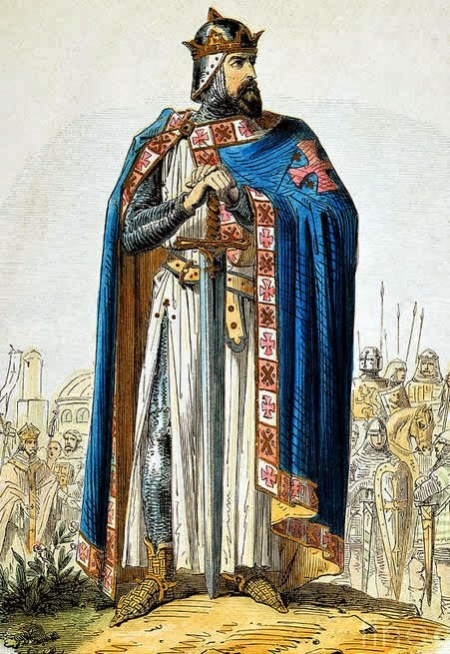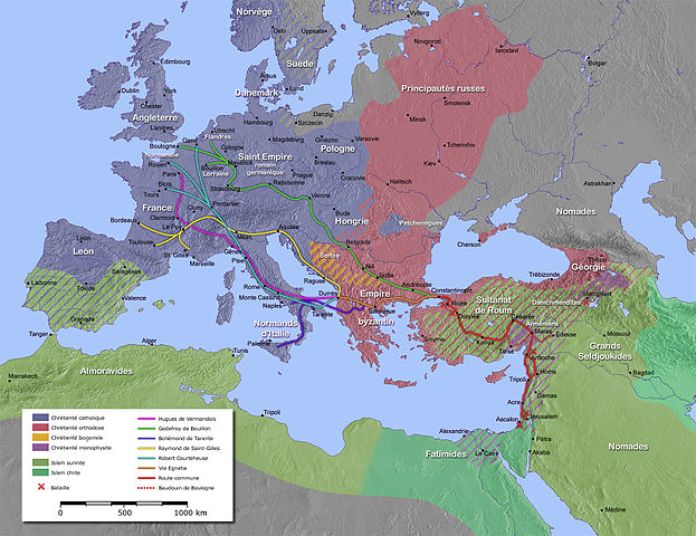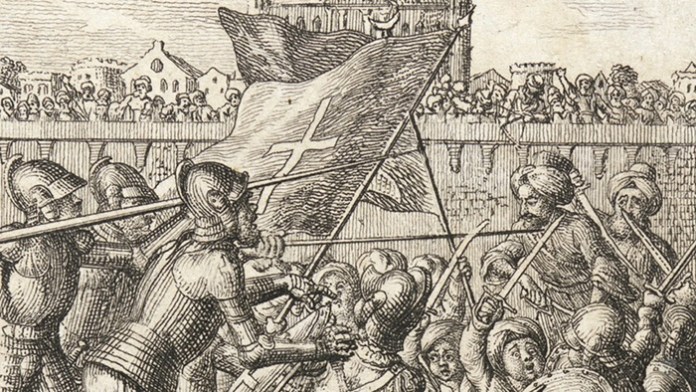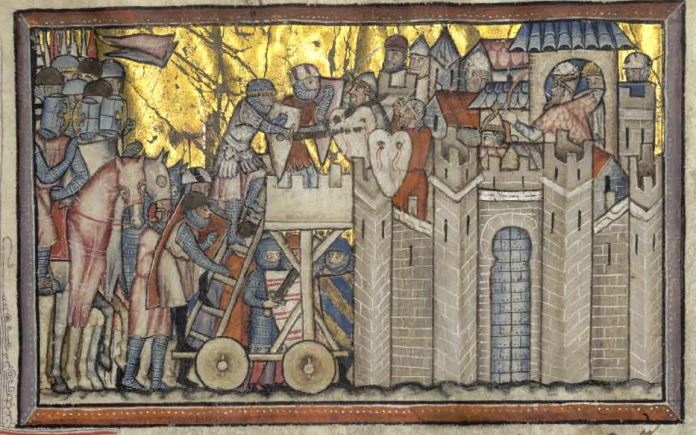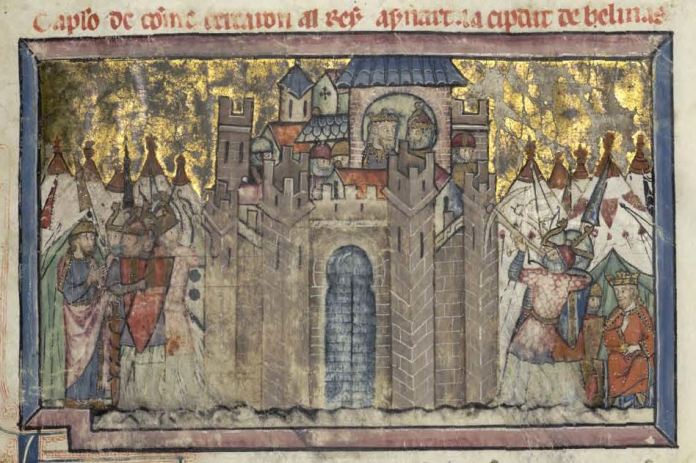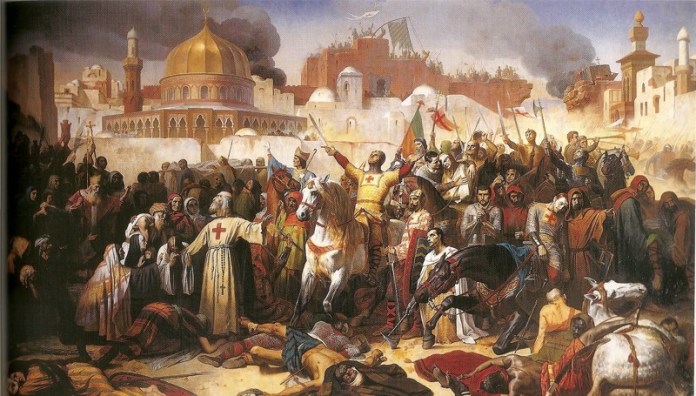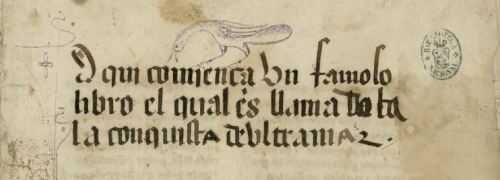|
The
State of Michoacán de Ocampo, located in the west central part of
the Mexican Republic, occupies 59,864 square kilometers (23,113
square miles) and is the sixteenth largest state in Mexico, taking
up 3% of the national territory. With a population that was tallied
at 3,985,667 in the 2000 census, Michoacán is divided into 113
municipios and has a common border with Jalisco and Guanajuato (to
the north), Querétaro (on the northeast), the state of Mexico (on
the east), Guerrero (to the southeast), and Colima (to the west). In
addition, Michoacán's southeast border includes a 213-kilometer
(132-mile) shoreline along the Pacific Ocean.
Dominated
by the mountains of the Sierra Madre Occidental, Michoacán extends
from the Pacific Ocean northeastward into the central plateau. The
climate and soil variations caused by this topography make Michoacán
a diverse agricultural state that produces both temperate and
tropical cereals, fruits, and vegetables. Mining is a leading
industry in the state, with significant production of gold, silver,
zinc, and iron.
The Purépecha (also spelled
Purhépecha)
For
more than a thousand years, Michoacán has been the home of the Purépecha
Indians (more popularly known as the Tarascans). The modern state of
Michoacán preserves, to some extent, the territorial integrity of
the pre-Columbian Kingdom of the Purépecha. This kingdom was one of
the most prosperous and extensive empires in the pre-Hispanic
Mesoamerican world. The name Michoacán derives from the Náhuatl
terms, michin
(fish) and hua
(those who have) and can
(place) which roughly translates into "place of the
fisherman."
Because
the Purépecha culture lacks a written language, its origin and
early history are shrouded in mystery. Its stories, legends and
customs pass from one generation to the next through oral
traditions. A Tarascan origin myth relates the story of how
Curicaueri, the fire god, and his brother gods founded the
settlements along Lake Pátzcuaro. The primary source of information
about the cultural and social history of the Purhépecha Indians is
Relación de Michoacán (published in English as The Chronicles of
Michoacán), which was dedicated as a gift to Don Antonio de
Mendoza, the first Viceroy of Nueva España (1535-1550). Professor
Bernardino Verástique's Michoacán and Eden: Vasco de Quiroga and
the Evangeliztion of Western Mexico, frequently cites "The
Chronicles" in his publication and is an excellent source of
information about the history of Michoacán in general.
Origin of the Word Tarascans
The
Tarascans of Michoacán have always called themselves Purhépecha.
However, early in the Sixteenth Century, the Spaniards gave the Purhépecha
a name from their own language. The name of these Indians, Tarascos,
was derived from the native word tarascué, meaning relatives or
brother-in-law. According to Fray (Friar) Martín Coruña, it was a
term the natives used mockingly for the Spaniards, who regularly
violated their women. But the Spaniards mistakenly took it up, and
the Spanish word Tarasco (and its English equivalent, Tarascan), is
commonly used today to describe the Indians who call themselves Purhépecha.
Today both the people and their language are known as Tarasca. But
Professor Verástique comments that the word Tarasco "carries
pejorative connotations of loathsomeness and disgust."
The Purépecha Language
"The
Purhépecha language," writes Professor Verástique, "is a
hybrid Mesoamerican language, the product of a wide-ranging process
of linguistic borrowing and fusion." Some prestigious
researchers have suggested that it is distantly related to Quecha,
one of the man languages in the Andean zone of South America. For
this reason, it has been suggested that the Purhépecha may have
arrived in Mexico from Peru and may be distantly related to the
Incas. The Tarascan language also has some similarities to that
spoken by the Zuni Indians of New Mexico.
Early Purépecha History
The
ancient Tarascan inhabitants were farmers and fishermen who
established themselves in present-day Michoacán by the Eleventh
Century A.D. But, in the late Twelfth Century, Chichimec tribes from
the north crossed the Lerma River into Michoacán and settled in the
fertile valley near the present-day town of Zacapu. "The entry
of these nomadic hunters, writes Professor Verástique, "was
facilitated by the fall of the Toltec garrisons at Tula and the
political vacuum created in the region by the city's fall."
Once in Michoacán, the nomadic Chichimecs began to intermingle with
the Purhépecha, to create what Verástique calls "the Purhépecha-Chichimec
Synthesis."
By
1324 A.D., they had become the dominant force in western Mexico,
with the founding of their first capital city Pátzcuaro, located
7,200 feet (2,200 meters) above sea level along the shore of Lake Pátzcuaro
(Mexico's highest lake). The name, Pátzcuaro, meaning "Place
of Stones," was named for the foundations called "Petatzecua"
by Indians who found them at the sites of ruined temples of an
earlier civilization. Eventually, however, the Purhépecha
transferred their capital to Tzintzuntzan
("Place of the Hummingbirds"), which is about 15
kilometers north of Pátzcuaro, on the northeastern shore of the
lake. Tzintzuntzan would remain the Purhépecha capital until the
Spaniards arrived in 1522.
Tzintzuntzan,
the home of about 25,000 to 30,000 Purhépecha, was the site of the
Tarascans' peculiar T-shaped pyramids that rose in terraces. The
Tarascans became skilled weavers and became known for their
feathered mosaics made from hummingbird plumage. With time, these
gifted people also became skilled craftsmen in metalworking,
pottery, and lapidary work. In the Michoacán of this pre-Hispanic
period, gold, copper, salt, obsidian, cotton, cinnabar, seashells,
fine feathers, cacao, wax and honey became highly prized products to
the Tarascans. Neighboring regions that possessed these commodities
quickly became primary targets of Tarascan military expansion. When
a tribe was conquered by the Tarascans, the subjects were expected
to pay tributes of material goods to the Tarascan authorities.
The Purépecha Empire
During
the Fourteenth and Fifteenth Centuries, the Purhépechas grew
militarily strong and economically prosperous. An early Tarascan
king named Tariácuri initiated numerous wars of expansion. In
addition to occupying and establishing garrisons in the western
frontier (now Jalisco), he cut a wedge through the Sierra Madre into
the tierra caliente (hot country) of the present-day state of
Guerrero. With this acquisition, he incorporated Náhuatl people
into his empire. However, the region was also a primary source of
certain precious objects that were used in the religious cults of
the time: copper, gold, silver, cotton, copal incense, cacao,
beeswax, and vegetable fats.
Confrontations with the Aztecs
Eventually,
the Purépecha Kingdom would control an area of at least 45,000
square miles (72,500 square kilometers), including parts of the
present-day states of Guanajuato, Guerrero, Querétaro, Colima, and
Jalisco. However, 240 miles to east, the Aztec Empire, centered in
Tenochtitlán, had begun its ascendancy in the Valley of Mexico. As
the Aztecs expanded their empire beyond the Valley, they came into
conflict with the Tarascans. More than once, the Aztecs tried to
conquer the Tarascan lands. But, in all of their major
confrontations, the Tarascans were always victorious over the
Aztecs. The Aztecs called the Tarascans Cuaochpanme, which means
"the ones with a narrow strip on the head" (the shaven
heads), and also Michhuaque, meaning "the lords of the
fishes".
The Defeat of the Aztecs (1478)
During
the reign of the Tarascan king Tzitzic Pandacuare, the Aztecs
launched a very determined offensive against their powerful
neighbors in the west. This offensive turned into a bloody and
protracted conflict lasting from 1469 to 1478. Finally, in 1478, the
ruling Aztec lord, Tlatoani Axayácatl, led a force of 32,000 Aztec
warriors against an army of almost 50,000 Tarascans in the Battle of
Taximaroa (today the city of Hidalgo). After a daylong battle, Axayácatl
decided to withdraw his surviving warriors. It is believed that the
Tarascans annihilated at least 20,000 warriors. In the art of war,
the Purhépecha had one major advantage over the Aztecs, in their
use of copper for spear tips and shields.
A New Threat on the Horizon
(1519-1521)
In
April 1519, a Spanish army, under the command of Hernán Cortés,
arrived on the east coast of Mexico near the present-day site of
Veracruz. As his small force made its way westward from the Gulf
coast, Cortés started meeting with the leaders of the various
Indian tribes they found along the way. Soon he would begin to
understand the complex relationship between the Aztec masters and
their subject tribes. Human sacrifice played an integral role in the
culture of the Aztecs. However, the Aztecs rarely sacrificed their
own. In their search for sacrificial victims to pacify their gods,
the Aztecs extracted men and women from their subject tribes as
tribute.
Cortés,
understanding the fear and hatred that many of the Indian tribes
held for their Aztec rulers, started to build alliances with some of
the tribes. Eventually, he would align himself with the Totonacs,
the Tlaxcalans, the Otomí, and Cholulans. Finally, on November 8,
1519, when Cortés arrived in Tenochtitlán (the Aztec capital), he
was accompanied by an army of at least 6,000.
Aware
that a dangerous coalition was in the making, the Aztec Emperor
Moctezuma II quickly dispatched ten emissaries to Tzintzuntzan to
meet with the Tarascan King, Zuangua. The Aztec messengers arrived
in October 1519 and relayed their monarch's plea for assistance. But
Zuangua, after consulting with his sages and gods, came to believe
that the "new men from the east" would triumph over the
Aztecs. Unfortunately, the Aztec emissaries brought more than a cry
for help. Apparently, one of them carried the disease smallpox into
the capital city and into the presence of the King.
With
this initial exposure to the dreaded disease, King Zuangua became
ill and died. In a matter of days, a deadly plague of smallpox
ravaged through the whole kingdom. Horrified by this bad omen, the
Tarascans threw the Aztec representatives in prison and sacrificed
them to their gods. Shortly thereafter, as Tenochtitlán was locked
in a life-and-death struggle for survival against a massive
attacking force, the Purhépechas in Tzintzuntzan choose as their
new monarch, the oldest son of Zuangua, Tangoxoán II.
The Conquest of Tenochtitlán
(1521)
On
August 13, 1521, after a bloody 75-day siege, Tenochtitlán finally
fell to a force of 900 Spaniards and a hundred thousand Indian
warriors. Almost immediately, Hernán Cortés started to take an
interest in the surrounding Indian nations. Once in control of
Tenochtitlán, Cortés sent messengers off to Tzintzuntzan. These
messengers returned with Tangoxoán's emissaries, who were greeted
by Cortés and taken on a canoe tour of the battle-torn city. The
famous conquistador made a point of demonstrating his cavalry in
action. In concluding his guided tour, Cortés assured Tangoxoán's
representatives that, if they subjected themselves to the King of
Spain, they would be well treated. They soon returned to
Tzintzuntzan to report to their king.
The Spaniards First Years in
Michoacán (1522-1527)
Convinced
that the Spaniards would allow him to continue ruling and fearing a
terrible fate if he challenged them, Tangaxoan allowed the Spanish
soldiers to enter Tzintzuntzan unopposed. The only precaution the
Purhépechas took was to sacrifice eight hundred slaves who they
feared would join the Spanish if a fight did occur. In July 1522,
when the conquistador Cristobal de Olíd, with a force of 300
Spaniards and 5,000 Amerindian allies (mainly Tlaxcalans) arrived in
the capital city of Tzintzuntzan, they found a city of 40,000
inhabitants.
Horrified
by the sight of the temples and pyramids awash with the blood of
recent human sacrifices, The Spanish and Tlaxcalan soldiers looted
and destroyed the temples of the Purhépecha high priests. The
occupying army, writes Professor Verástique, "required an
enormous exertion of human labor and the preparation of vast
quantities of food." During the four months that the occupying
army stayed in Michoacán, it soon became apparent that the
Spaniards were interested in finding gold and silver in Tangoxoán's
mountainous kingdom. The discovery of gold in western Michoacán
near Motín in 1527 brought more of the invaders. However, several
of the Náhuatl tribes in the region resisted the intrusion
vigorously. With the influx of adventurers and treasure seekers,
more of the Tarascans were expected to help labor in the mines or
help feed the mineworkers and livestock.
On
a visit to Mexico City, in 1524, King
Tangoxoán II was baptized with the Christian name of Francisco.
It was Tangoxoán II himself, on another visit to Mexico City, who
asked the bishop to send Catholic priests to Michoacán. In 1525,
six Franciscan missionaries, led by Fray Martín de Jesus de la Coruña,
arrived in Tzintzuntzan in 1525. The next year, they built a large
Franciscan monastery and a convent. They saved a great deal of labor
by tearing down much of the Purhépecha temples and platforms, using
the quarried stones for their own buildings. Augustinian
missionaries would arrive in Michoacán during 1533.
In
the meantime, however, Cortés, seeking to reward his officers for
their services, awarded many encomienda
grants in Michoacán to the inner core of his army. The
tribute-receiving soldier, known as an encomendero received a grant
in the form of land, municipios or Indian labor. He was also obliged
to provide military protection and a Christian education for the
Indians under his command. However, "the encomienda
grant," comments Professor Verástique, "was also fertile
ground for bribery and corruption." Continuing with this line
of thought, the Professor writes that "forced labor, especially
in the silver mines, and the severe tribute system of the
conquistadors" soon inflicted "extreme pressures on Purhépecha
society."
Nuño de Guzmán
Concerns
for the impending devastation of the indigenous people of Mexico
soon reached the Spanish government. The Crown decided to set up the
First Audiencia (Governing Committee) in Mexico in order to replace
Cortés' rule in Mexico City and reestablish their own authority. On
November 13, 1528, the Spanish lawyer, Nuño
Guzmán de Beltran, was named by the Spanish King Carlos V
to head this new government and end the anarchy that was growing in
Nueva España.
Unfortunately,
writes Professor Verástique, "the government of Spain had no
idea of the character of the man whom they had appointed as
president of the Audiencia." Eventually it became apparent that
the "law and order personality" of Guzmán would be
replaced with "ruthlessness and obstinacy." As soon as
Guzmán took over, "he sold Amerindians into slavery, ransacked
their temples searching for treasure, exacted heavy tribute payments
from the caciques, and kidnapped women." Guzmán was
"equally spiteful with his own countrymen," confiscating
the encomiendas that Cortés had awarded his cronies.
Zumárraga vs. Guzmán
Almost
immediately, the Bishop-elect of Mexico City, the Franciscan Juan de
Zumárraga came into conflict with Guzmán. Appointed as the
"Protector of the Indians" and inquisitor of Nueva España,
Zumárraga initiated court proceedings to hear Amerindian complaints
about Spanish injustice and atrocities. By 1529, Guzmán was
excommunicated from the church for his defiance of the church and
his abuse of the Indian population. Anticipating loss of his
position as well, Guzmán set off for Michoacán at the end of 1529.
The Execution of King Tangoxoán
(1530)
Accompanied
by 350 Spanish cavalrymen and foot soldiers, and some 10,000 Indian
warriors, Guzmán arrived in Michoacán and demanded King Tangoxoán
to turn over all his gold. However, unable to deliver the precious
metal, on February 14, 1530, the King was tortured, dragged behind a
horse and finally burned at the stake. Guzmán's cruelty stunned and
horrified the Tarascan people who had made their best efforts to
accommodate the Spaniards and Tlaxcalans. Fearing for their lives,
many of Purhépecha population either died or fled far into the
mountains to hide. Guzmán's forces plundered the once-grand and
powerful Purhépecha nation. Temples, houses, and fields were
devastated while the demoralized people fled to the mountains of
Michoacán.
Guzmán as King
Guzmán
now declared himself "King of the Tarascan Empire" and
prepared to leave Michoacán. However, before moving on to plunder
Jalisco, Guzmán drafted 8,000 Purhépecha men to serve as soldiers
in his army. News of Guzmán's blatant atrocities rippled through
the countryside and reached the ears of church authorities. While
Guzmán moved on in an attempt to elude the authorities in Mexico
City, Bishops Bartolomé de Las Casas and Zumárraga prepared a case
against Guzmán. Eventually he would return to the capital, where he
was arrested and shipped to Spain for trial.
A New Beginning: Vasco de
Quinoa (1531-1565)
Guzmán's
cruelty had destroyed the relationship between the Spanish and the
Tarascans. In a short time, the grand and powerful Purhépecha
nation had been completely devastated. Had it not been for the
effort of one man whose ideals, good judgment and ability to put
into practice the morals that he preached, it is possible that the
Purhépechas would not have survived this catastrophe. This man was
Don Vasco de Quiroga, who at the age of 60, arrived in Mexico in
January 1531, with a mandate to repair both the moral and material
damage that had been inflicted upon Michoacán by Guzmán. A Spanish
aristocrat born in Galicia, Don Vasco de Quiróga was trained in the law but would play an
important role in the evangelization of the Purépecha people.
According
to Bernardino Verástique, the primary task assigned to Quiroga was
to assume "the
pastoral role of protector, spiritual father, judge and confessional
physician" to the Purhépecha. On December 5, 1535,
Vasco Quiroga was endorsed by Zumárraga as Bishop-elect of Michoacán.
The nomination was approved on December 9, 1536, and in 1538, he was
formally ordained by Bishop Zumárraga in Mexico City. Quiroga, upon
arriving in Michoacán, very quickly came to the conclusion that
Christianizing the Purhépecha depended upon preserving their
language and understanding their worldview. Over time, Quiroga would
embrace the Tarascan people and succeed in implanting himself in the
minds and hearts of the natives as "Tata", or
"Daddy" Vasco, the benefactor and protector of the
Indians.
To
attract the Indians to come down from their mountain hideouts and
hear the Word of God, Don Vasco staged performances of a dance
called "Los Toritos", a dance that is still performed
today in the streets of local villages during certain festivities.
All the dancers wear colorful costumes and masks, one of which is a
great bull's head. The bull prances to the music of guitars and
trumpets as the others try to capture him with capes and ropes.
Little
by little, small groups of natives came down from the hills to
investigate this strange phenomenon and Don Vasco befriended them
with gifts. He treated the Indians with "enlightened
compassion" and soon many families came down from the hills to
settle near the monastery, as much for protection as to embrace the
new faith. Don Vasco stood at odds with the cruel treatment the
Spanish soldiers meted out to the Indians, and with his influence
and personal power, he was able to put an end to the crippling
tribute system the Spaniards had inherited from the Purépecha
kings.
Don
Vasco ensured that the old boundaries of the Purhépecha Kingdom
would be maintained. He began construction of the Cathedral of Santa
Ana in 1540. He also established the Colegio de San Nicolas Obispo.
As a Judge (oidor) and Bishop, Quiroga was driven by a profound
respect for Spanish jurisprudence and his desire to convert the Purhépecha
to a purified form of Christianity free of the corruption of
European Catholicism. He strove to establish "New World Edens"
in Michoacán by congregating the Purhépecha into repúblicas de
indios, or congregaciones (congregations) modeled after Thomas
More's Utopia. Guided spiritually by the friars, the natives of
these communities became self-governing. Under this system,
Augustinian and Franciscan friars could more easily instruct the
natives in the fundamental beliefs of Christianity as well as the
values of Spanish culture.
Quiroga's
efforts to raise the standard of living for the Tarascans gradually
took hold. Labor in the communal fields or on the cattle ranches was
performed on a rotating basis to permit the people to become
self-supporting and to allow them free time for instruction, both
spiritual and practical, and to work in specialized industries.
Gathering the dispirited Purhépechas into new villages made
possible the development of a particular industrial skill for each
community. Soon one town became adept at making saddles, another
produced painted woodenware, and another baskets, etc. In time, the
villages developed commerce between one another, thus gaining
economic strength. Don Vasco de Quiroga finally died on March 20,
1565 in Pátzcuaro.
Tzintzuntzan and Valladolid
On
February 28, 1534, King Carlos issued a royal edict, awarding
Tzintzuntzan the title of City of Michoacán, and in 1536 it became
the seat of a newly created Bishopric. However, Tzintzuntzan lost
its importance when the Spaniards changed their administrative
center to Pátzcuaro in 1540.
Then,
in 1541 the Viceroy Antonio de Mendoza issued an order to raise a
city called Valladolid, 185 miles northwest of Mexico City. This
town - originally known as Guayangareo by the indigenous people -
was elevated to the status of a city in 1545, with the approval of
the King of Spain. Almost three centuries later, in
1828, Valladolid, the birthplace of Jose Maria Morelos was renamed
Morelia in honor of the revolutionary patriot who served in
the War of Independence. Although Tzintzuntzan remained the
headquarters of the Franciscans, it soon dwindled in size and
significance as the royal title of City of Michoacán passed to Pátzcuaro.
The Colonial Period
During
the colonial years, thanks to Quiroga's efforts, Michoacán
flourished and came to occupy an important position in regard to its
artistic, economic and social development. The prosperity that
flourished in Michoacán has been explored in a number of
specialized works. Professor Verástique has suggested that
"Vasco de Quiroga's ideals of humanitarianism and Christian
charity had a critical influence on the conversion process."
Unfortunately,
the repercussions of Guzmán's cruelty also had long-range effects
on Michoacán's population. Professor Verástique writes that
"three factors contributed to the loss of life in Michoacán:
warfare, ecological collapse, and the loss of life resulting from
forced labor in the encomienda system." Between 1520 and 1565,
the population of Michoacán had declined by about thirty percent,
with a loss of some 600,000 people. For the rest of the colonial
period - the better part of three centuries - Michoacán would
retain its predominantly agrarian economy.
Michoacán in the Twentieth
Century
Michoacán
-- known as the Intendancy of Valladolid during the Spanish period
-- saw a significant increase in its population from the 1790 census
(322,951) to the 1895 census (896,495). The 1900 census tallied
935,808 individuals, of whom only 17,381 admitted to speaking
indigenous languages. It is likely, however, that during the long
reign of Porfirio Díaz, many indigenous-speaking individuals were
afraid to admit their Indian identity to census-takers.
In the Mexican Revolution of 1910-1920, one in eight Mexican
citizens lost their lives. The armies and battlegrounds of this
civil war shifted from one part of Mexico to another during this
decade. Michoacán was not the site of major active revolutionary
participation, but Jennie Purnell, the author of Popular
Movements and State Formation in Revolutionary Mexico: The
Agraristas and Cristeros of Michoacán, writes that Michoacán
endured "attacks by rebel bands, wide-spread banditry,
prolonged drought, and devastating epidemics." As a result, the
population of Michoacán in 1910 (991,880) dropped to 939,849 in the
1921 census.
The 1921 Mexican Census
The
1921 census was unique among Mexican tallies because it asked people
questions about their racial identity. Out of a total population of
939,849 people in Michoacán, 196,726 persons claimed to be of
"indígena pura" (pure indigenous) descent, representing
20.9% of the total population. The vast majority of Michoacán
residents - 663,391 in all - identified themselves as "indígena
mezclada con blanca" (indigenous mixed with white, or mestizo),
representing 70.6% of the total state population. Only 64,886
individuals referred to themselves as "blanca" (white).
The data from the 1921 census is illustrated in the following table:
|
Michoacán:
Racial Classifications in the 1921 Census
|
|
Racial
Classification
|
No. of
Persons
|
% of
Total Population
|
|
Indígena Pura
|
196,726
|
20.90%
|
|
Indígena Mezclada con Blanca
|
663,391
|
70.60%
|
|
Blanca
|
64,886
|
6.90%
|
|
Question Ignored or Other Classifications
|
14,101
|
1.50%
|
|
Total
Population
|
939,849
|
100%
|
|
Source: Departamento
de la Estadística Nacional, Annuario de 1930: Estados Unidos
Mexicanos (Tacubaya, Distrito Federal, 1932), pp. 48-50.
|
Indigenous
Michoacán (1930-1940)
In the 1930 census, 17,381 individuals five years of age and over
were classified as monolingual speakers of indigenous languages,
representing 54.3% of the 32,024 indigenous speakers in the state.
Of the monolingual indigenous speakers, the most prominent language
spoken was the Purépecha, which was spoken by 15,216 persons five
years of age and older. Other languages represented in Michoacán in
the 1930 census included the Mazahua (1,299), Otomí (471), and Náhuatl
(294) tongues.
Between 1930 and 1940, the indigenous speaking population of
Michoacán increased considerably from 32,024 persons to 62,141,
although their percentage of the population actually dropped from
8.3% to 6.2%. According
to the 1940 census, the monolingual speakers of indigenous languages
also increased from 17,381 to 23,561.
In this case, the monolingual share of the population
decreased from 54.3% to 37.9%. The
largest share of the monolingual population was made up of Purépecha
speakers, who numbered 19,637 and thus represented 83.3% of entire
monolingual population.
The
Tarascan Area in the 1940s
According to geographer Robert C. West, the territory of the
Tarascan-speaking people consisted of about 3,500 square kilometers
in northwestern Michoacán, extending eastward from the Zamora-Los
Reyes railroad to the east shore of Lake Pátzcuaro, and southward
from the México-Guadalajara highway to a line drawn between Pátzcuaro
and the peak of Tancítaro. Within this area lived nearly 55,000
persons speaking Tarascan in 66 Tarascan pueblos and 50 ranchos. The
population was concentrated in four geographical regions:
- The
Sierra,
which contained the largest segment of Tarascan speakers in the
area westward from Lake Pátzcuaro to slightly east of the
Zamora-Los Reyes railroad. Containing 60 percent of the Tarascan
speakers, the Sierra west of the lake was the modern center of
the Tarascan culture.
- The
Lake Pátzcuaro (Japúndaru,
Incámecuaru) area contained 19 percent of the Tarascan
population distributed living in 13 pueblos and 13 ranchos along
the lake shore and on the islands.
- La
Cañada (Eráseman),
a small narrow valley located at the northern edge of the
Sierra, contained 9 percent of the total Tarascan population.
- A
northern zone north and northwest of Lake Pátzcuaro containing
seven pueblos an d 9.5 percent of the total number of Tarascan-speakers.
Indigenous Michoacán in the
2000 Census
According
to the 2000 census, the population of persons five years and more
who spoke indigenous languages in the State of Michoacán totaled
121,849 individuals. The most common indigenous languages in Michoacán
in 2000 were:
- Purépecha
(109,361)
- Náhuatl (4,706)
- Mazahua (4,338)
- Otomí (732)
- Mixteco (720)
- Zapoteco (365).
In
all, 121,409 persons who spoke Purépecha were tallied in Mexico's
2000 census, with the vast majority of them living in Michoacán. It
is noteworthy that the vast majority of these Purépecha-speaking
persons -- 103,161, or 85% -- also spoke the Spanish language,
indicating a significant level of assimilation.
Indigenous Michoacán in the
2010 Census
In
2010, a total of 140,820 residents of the State of Michoacán who
were three years of age or more spoke an indigenous language. More
than 83% of those Indigenous speakers spoke the Purépecha language.
Mazahua
is spoken by almost 4% of the Michoacáns indigenous speakers,
but is more common to the east in the State of Mexico where nearly
one-third of indigenous speakers claim Mazahua as their mother
tongue. The most commonly spoken languages in Michoacán as revealed
by the 2010 census are shown in the following table:
|
The 2010 Census: Indigenous Languages Spoken in Michoacán
|
|
Indigenous Language
|
Population 3 Years and Older Who Speak an Indigenous
Language
|
Percent
of all Indigenous Speakers
|
|
Purépecha
(Tarasco)
|
117,221
|
83.2%
|
|
Náhuatl
|
9,170
|
6.5%
|
|
No Language Specified
|
5,457
|
3.9%
|
|
Mazahua
|
5,431
|
3.9%
|
|
Mixteco
|
1,160
|
0.8%
|
|
Otomí
|
592
|
0.4%
|
|
Zapoteco
|
321
|
0.2%
|
|
Total Indigenous Speakers
|
140,820
|
100.0%
|
|
Source: INEGI. Censo de Población y
Vivienda 2010: Tabulados del Cuestionario Básico: Población
de 3 años y más que habla lengua indígena por entidad
federativa y lengua
|
Indigenous Municipios in 2010
In
the 2010 census, only two Michoacán municipios had indigenous
speaking populations greater than 50%: Chichota
(with 19,743 indigenous speakers; 58.1% of the municipios
inhabitants) and Charapan
(with 5,982 indigenous speakers; 52.2% of the municipios
inhabitants). Only one municipio Nahuatzen
had between 40% and 50% indigenous speakers (10,256 indigenous
speakers in all; 40.6%).
Four
more municipios Tangamandapio, Aquila, Quiroga and Paracho
have between 31% and 34% indigenous speakers. All of the municipios
discussed in this section are shown in the following table, which
illustrates where the majority of the indigenous speakers are
located within the state:
|
The 2010 Census: Michoacán Municipios
With the Largest Indigenous-Speaking Populations
|
|
Municipio
|
Speakers of Indigenous Languages
|
Percent of Indigenous Speakers in the State
|
Primary Language Spoken
|
|
Chilchota
|
19,743
|
14.0%
|
Purépecha
|
|
Uruapan
|
18,833
|
13.4%
|
Purépecha
|
|
Los Reyes
|
11,207
|
8.0%
|
Purépecha
|
|
Nahuatzen
|
10,256
|
7.3%
|
Purépecha
|
|
Paracho
|
10,189
|
7.2%
|
Purépecha
|
|
Tangamandapio
|
8,706
|
6.2%
|
Purépecha
|
|
Quiroga
|
7,585
|
5.4%
|
Purépecha
|
|
Aquila
|
7,153
|
5.1%
|
Náhuatl
|
|
Charapan
|
5,982
|
4.2%
|
Purépecha
|
|
Zitácuaro
|
5,261
|
3.7%
|
Mazahua
|
|
Source: INEGI, Población de 3 años
y más que habla lengua indígena por entidad federativa y
lengua según condición de habla española y sexo
|
As
noted in the preceding table, the indigenous speakers in Michoacáns
municipios listed above are almost entirely Purépecha speakers. Náhuatl
speakers are the primary indigenous speakers in Aquila, which makes
up a considerable part of Michoacáns Pacific coastline. Mazahua
is most common in the Municipio of Zitácuaro, which lays along the
eastern border with the State of Mexico.
Indigenous
Michoacán in 2015
In
2016, the Mexican government agency, Instituto
Nacional de Estadística Geografía e Informática (INEGI),
published the 2015 Intercensal Survey, which upgraded Mexicos
socio-demographic information to the midpoint between the 2010
census and the census to be carried out in 2020.
One
of the 2015 survey questions asked, De
acuerdo, con su cultura, se
considera indígena? Essentially, Mexican residents were
being asked if they considered themselves indigenous through their
culture. Survey respondents had four possible responses:
- Sí
(Yes)
- Sí,
en parte (Yes, in part)
- No
- No
sabe (Do not know)
In
this survey, 27.7% of the persons surveyed in Michoacán considered themselves to be
indigenous, ranking the state eleventh among the states for
indigenous identity. Residents were also asked whether they spoke an
indigenous language and only 3.6% of the entire survey population of
Michoacán answered in the affirmative.
An
Appreciation of Michoacáns Indigenous Past
In recent decades, the people of Michoacán have developed a new
appreciation of their Purépecha roots and culture. Today, the
people of Michoacán can look back with pride on several hundred
years of evolution:
from an indigenous kingdom to a Spanish colony to a free and
sovereign state of the Republic of Mexico.
Copyright
© 2017, by John P. Schmal. All Rights Reserved.
Primary
Sources:
Access Mexico Connect. "The Tarasco Culture and Empire."
Mexico Connect. Online: [Accessed Oct. 16, 2017].
Craine, Eugene R. and Reindorp, Reginald C. The Chronicles of Michoacán.
Norman, Oklahoma: University of Oklahoma Press, 1970.
Departamento de la Estadística Nación. Annuario de 1930. Tacubaya,
Distrito Federal, 1932.
Instituto Nacional de Estadística, Geografía e Informática (INEGI).
Tabulados Básicos. Estados Unidos Mexicanos. XII Censo General
de Población y Vivienda, 2000 y 2010.
INEGI. Principales
resultados de la Encuesta Intercensal 2015. Estado Unidos Mexicanos.
Online:
http://www.beta.inegi.org.mx/contenidos/proyectos/enchogares/especiales/intercensal/2015/doc/eic2015_resultados.pdf
INEGI. Principales resultados
de la Encuesta Intercensal 2015. Estado Unidos Mexicanos: III:
Etnicidad. Online:
http://www.senado.gob.mx/comisiones/asuntos_indigenas/eventos/docs/etnicidad_240216.pdf
Purnell, Jennie. Popular
Movements and State Formation in Revolutionary Mexico: The
Agraristas and Cristeros of Michoacán. Durham: Duke
University Press, 1999.
Verástique, Bernardino. Michoacán
and Eden: Vasco de Quiroga and the Evangelization of Western Mexico.
Austin: University of Texas Press, 2000.
Warren, J. Benedict, The
Conquest of Michoacán: The Spanish Domination of the Tarascan
Kingdom in Western Mexico, 1521-1530. Norman, Oklahoma:
University of Oklahoma Press, 1985.
West, Robert C. Cultural
Geography of the Modern Tarascan Area. Smithsonian
Institution Institute of Social Anthropology Publication No. 7.
Washington: U.S. Government Printing Office: Washington, 1948.
|

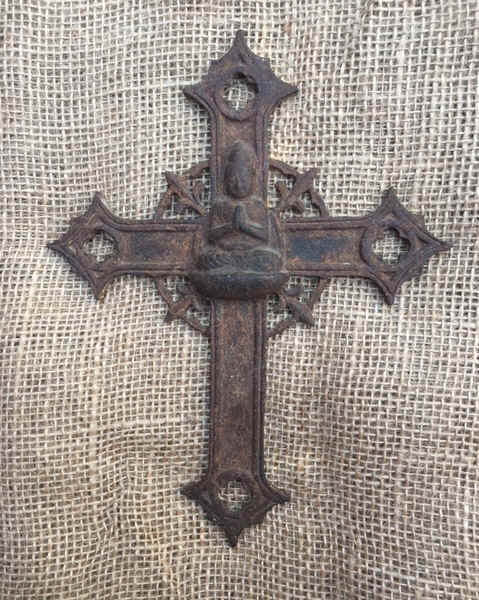

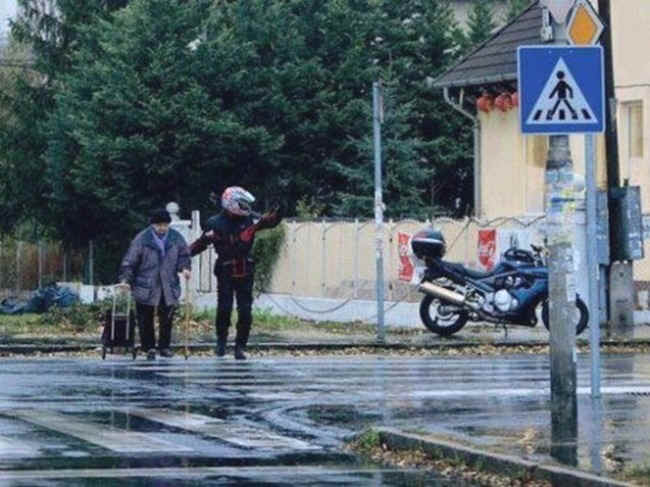
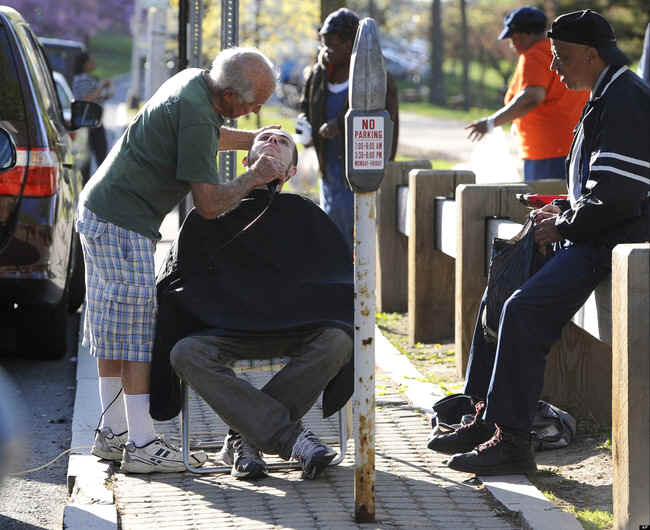
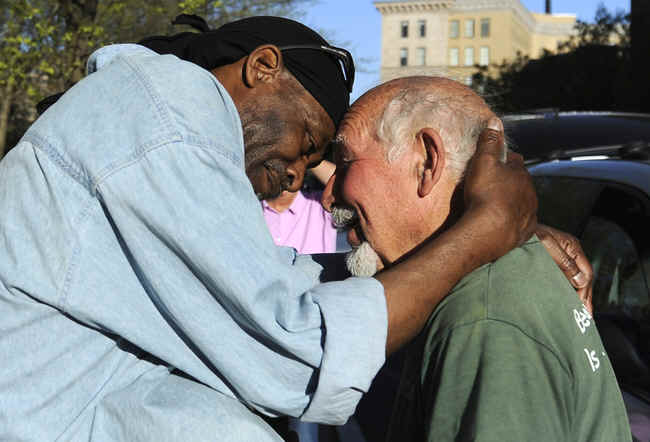

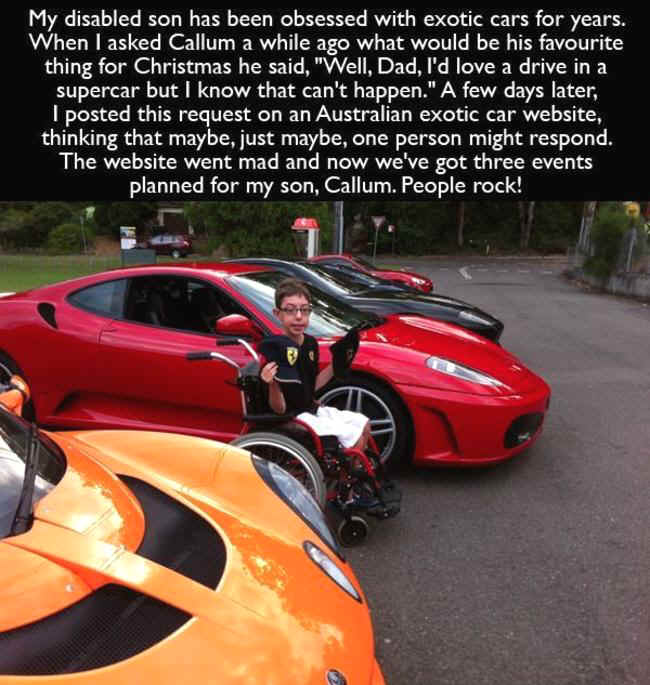








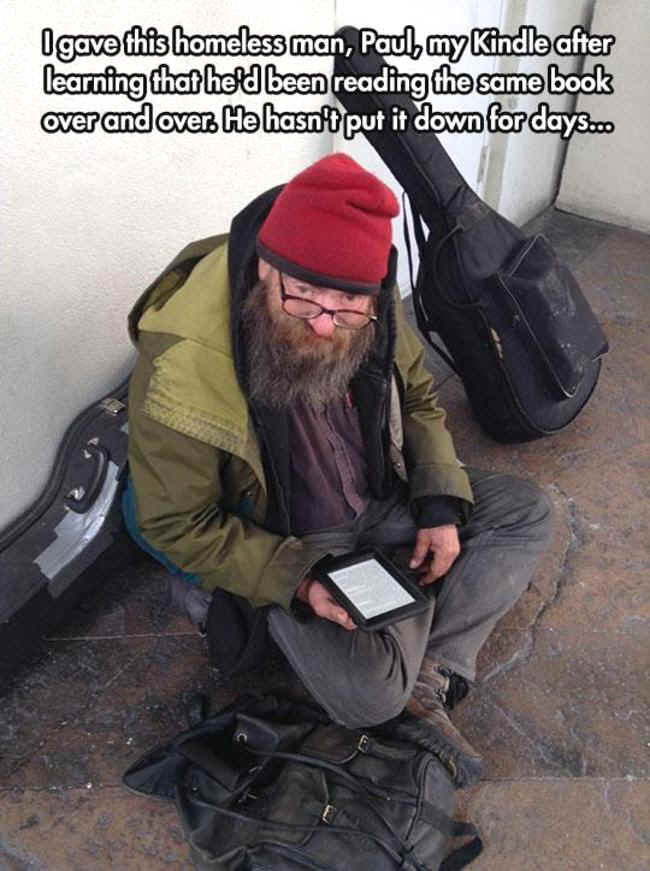
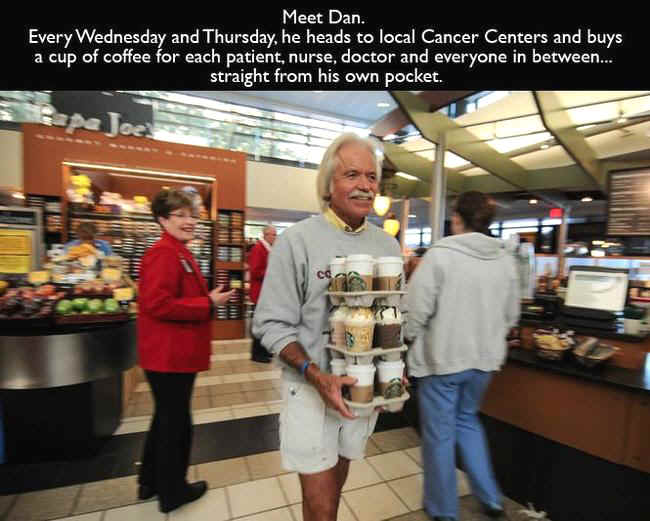


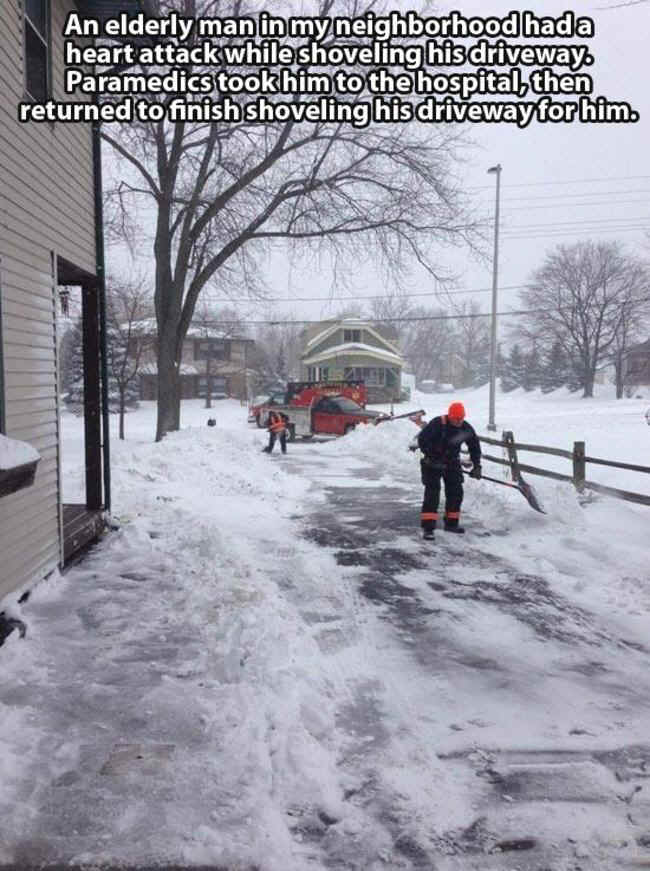
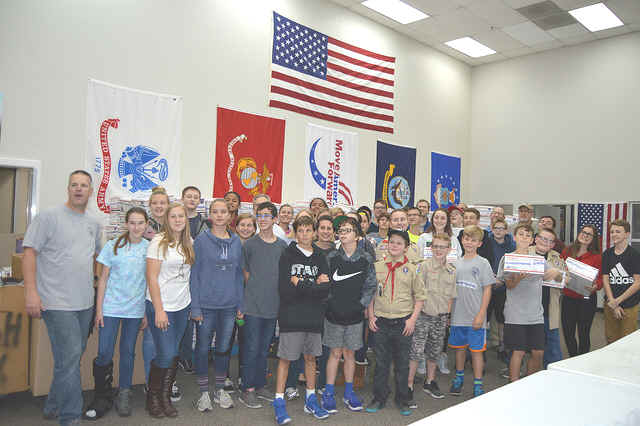

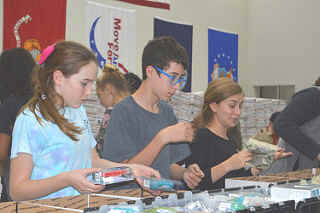
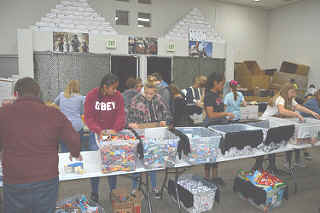
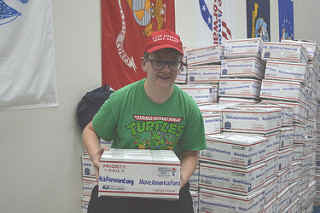
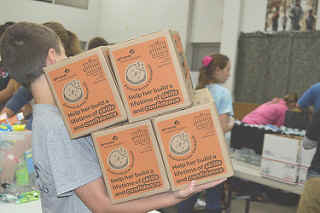







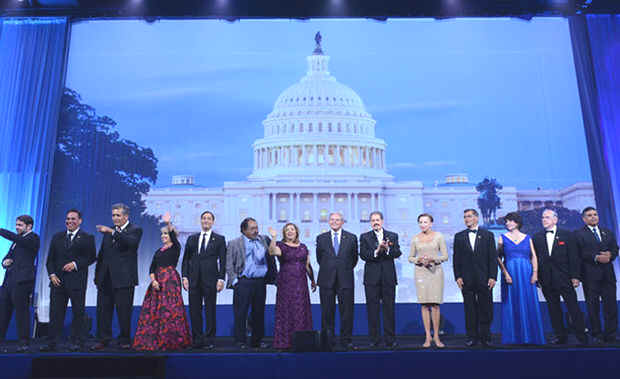
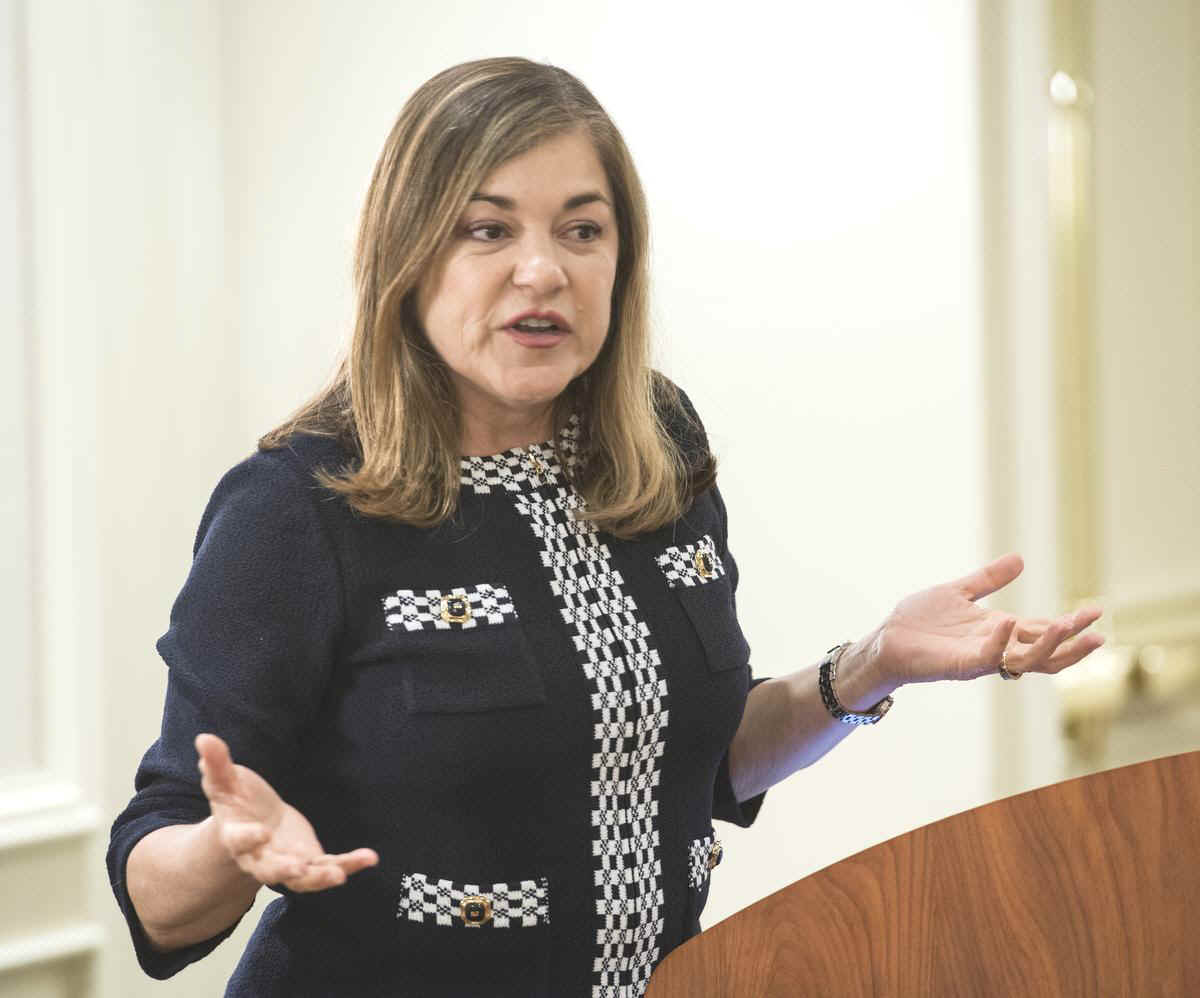
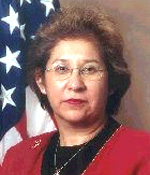 The
Department of Housing and Urban Development (HUD) has announced that
Anna Maria Farías has been sworn in as new Assistant Secretary of
Fair Housing and Equal Opportunity. Faríaswhose office is
responsible for working to eliminate housing discrimination,
promote economic opportunity, and achieve diverse, inclusive
communities
The
Department of Housing and Urban Development (HUD) has announced that
Anna Maria Farías has been sworn in as new Assistant Secretary of
Fair Housing and Equal Opportunity. Faríaswhose office is
responsible for working to eliminate housing discrimination,
promote economic opportunity, and achieve diverse, inclusive
communities

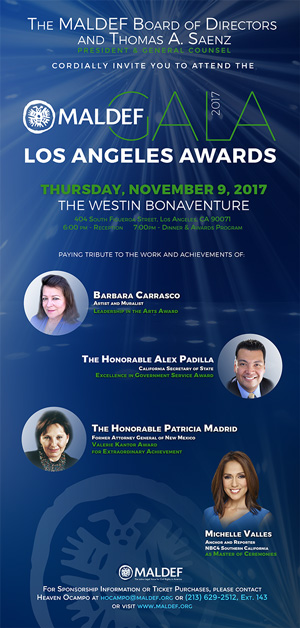
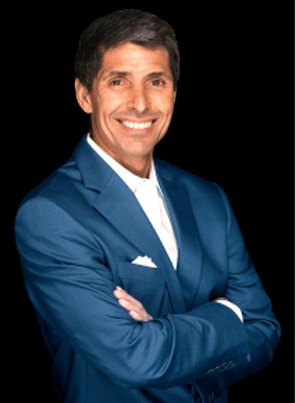


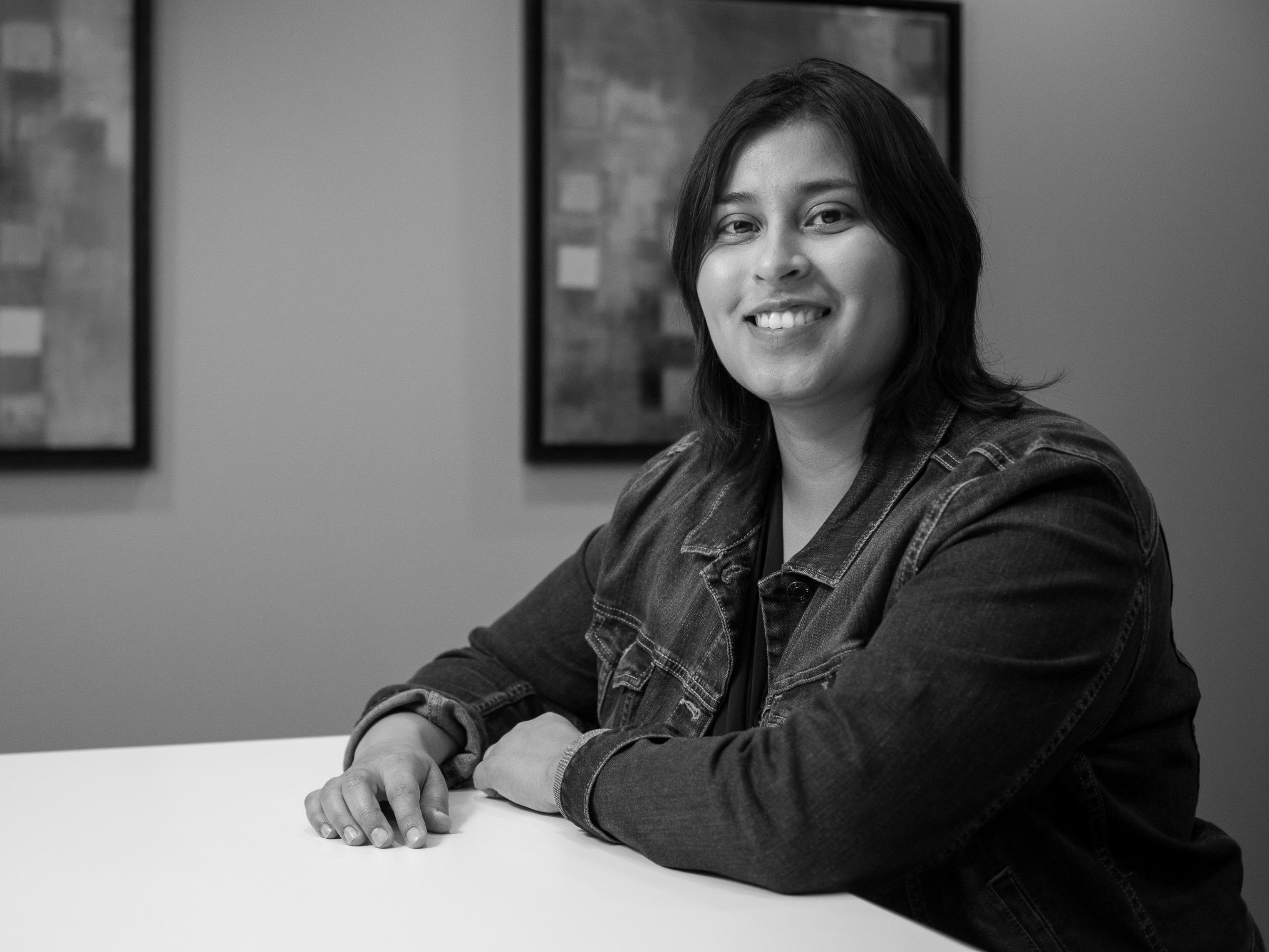








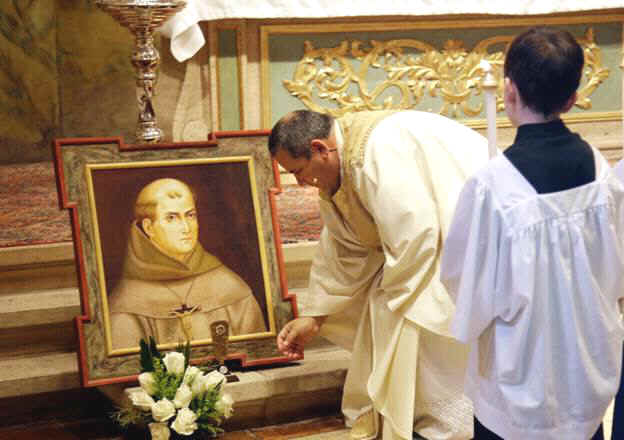

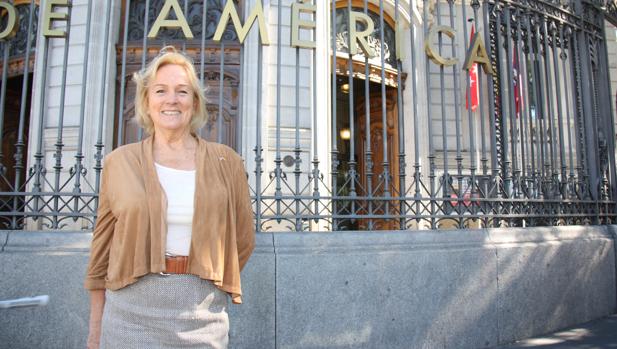
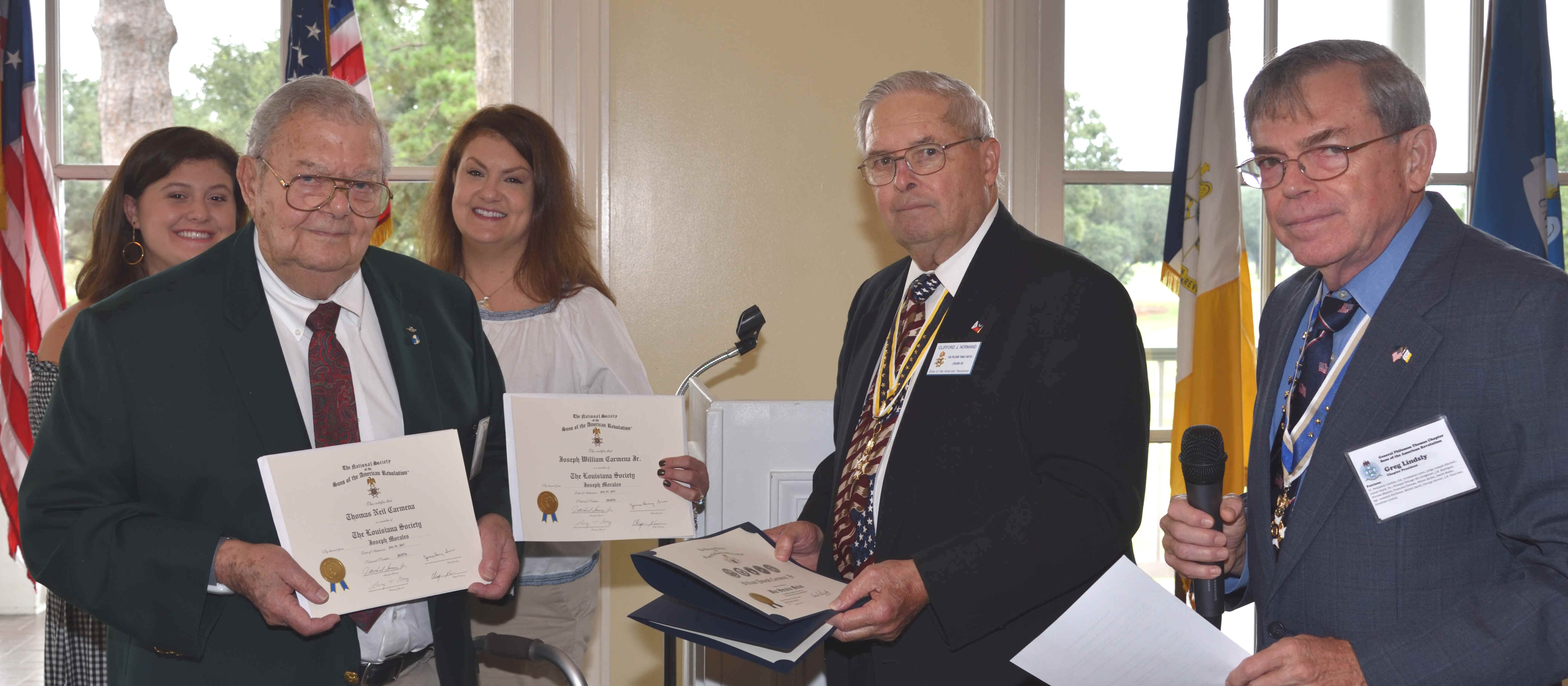
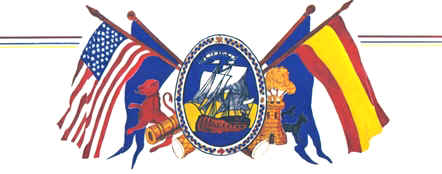
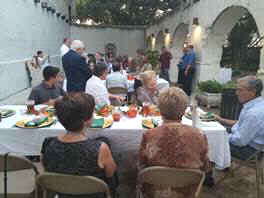
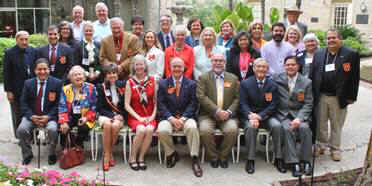
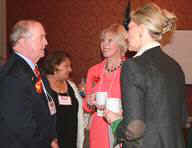
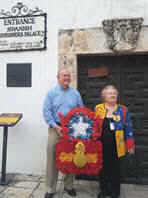
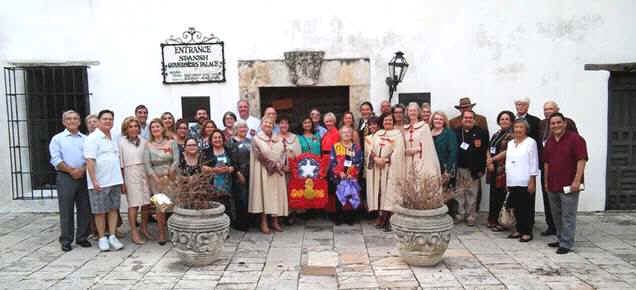
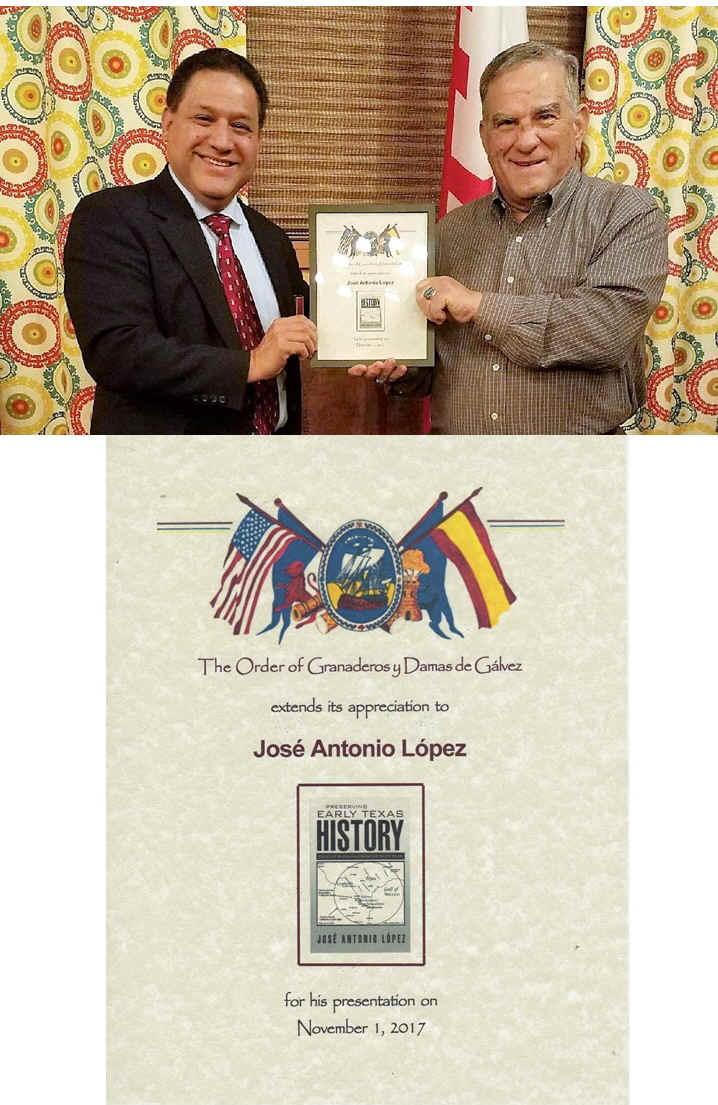
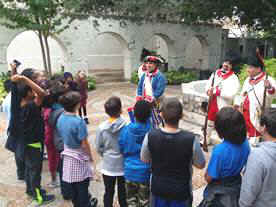
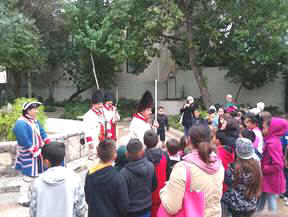
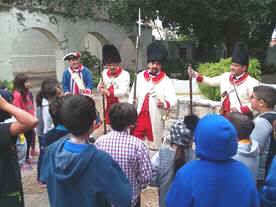
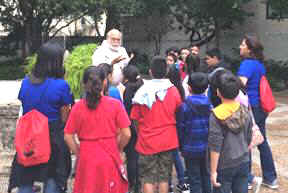
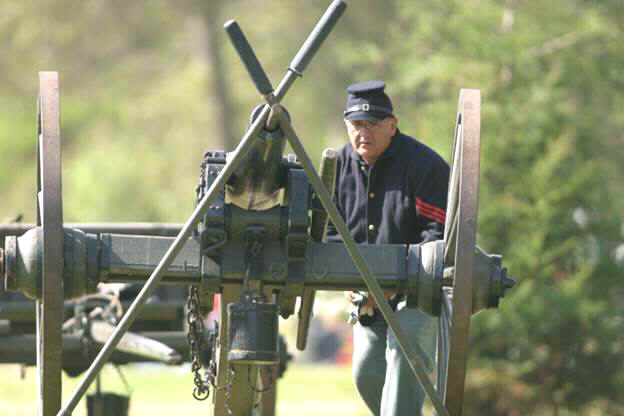


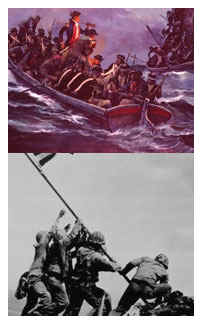


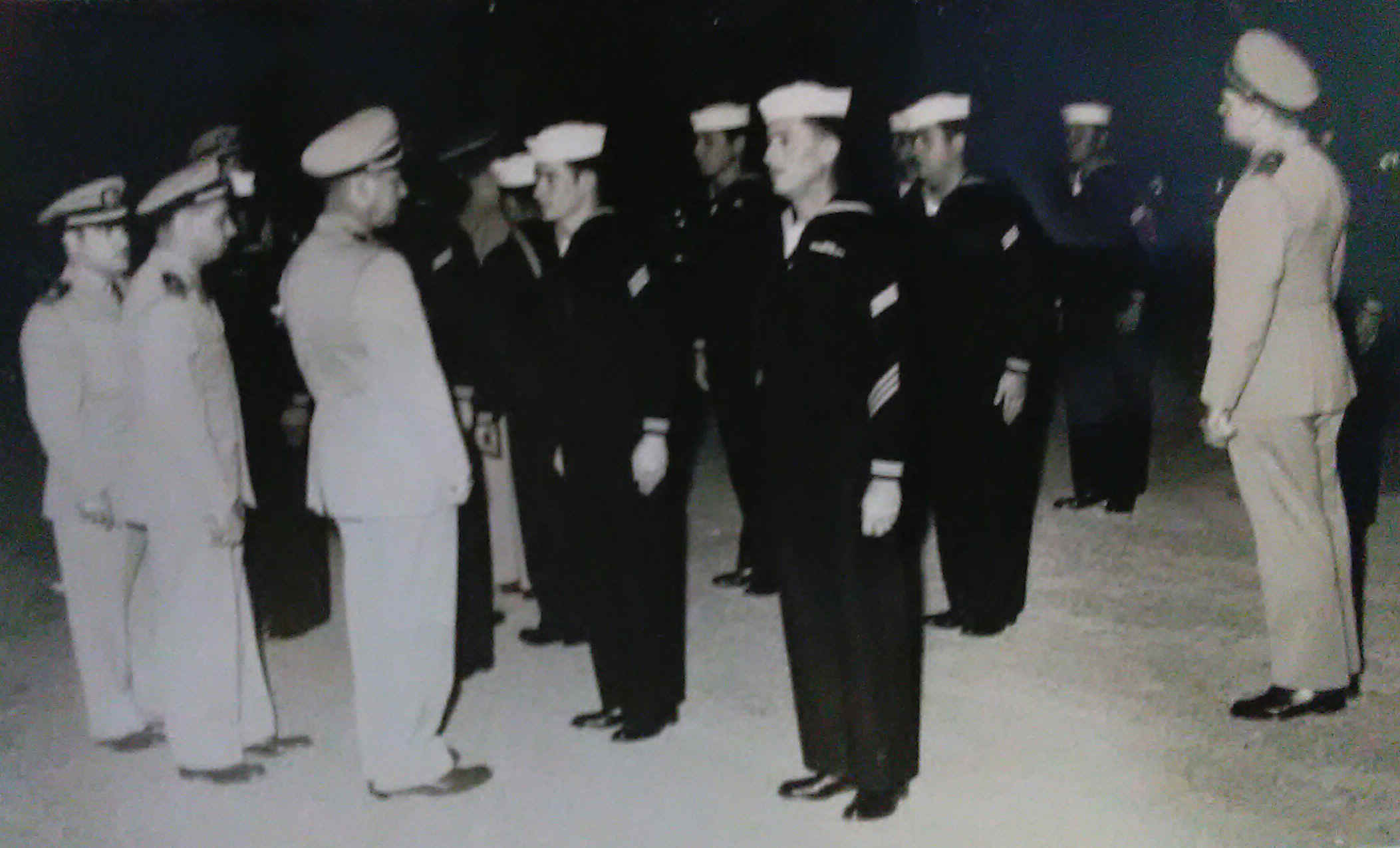
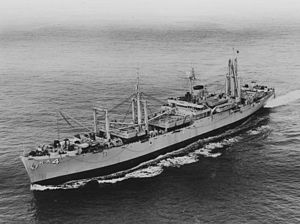
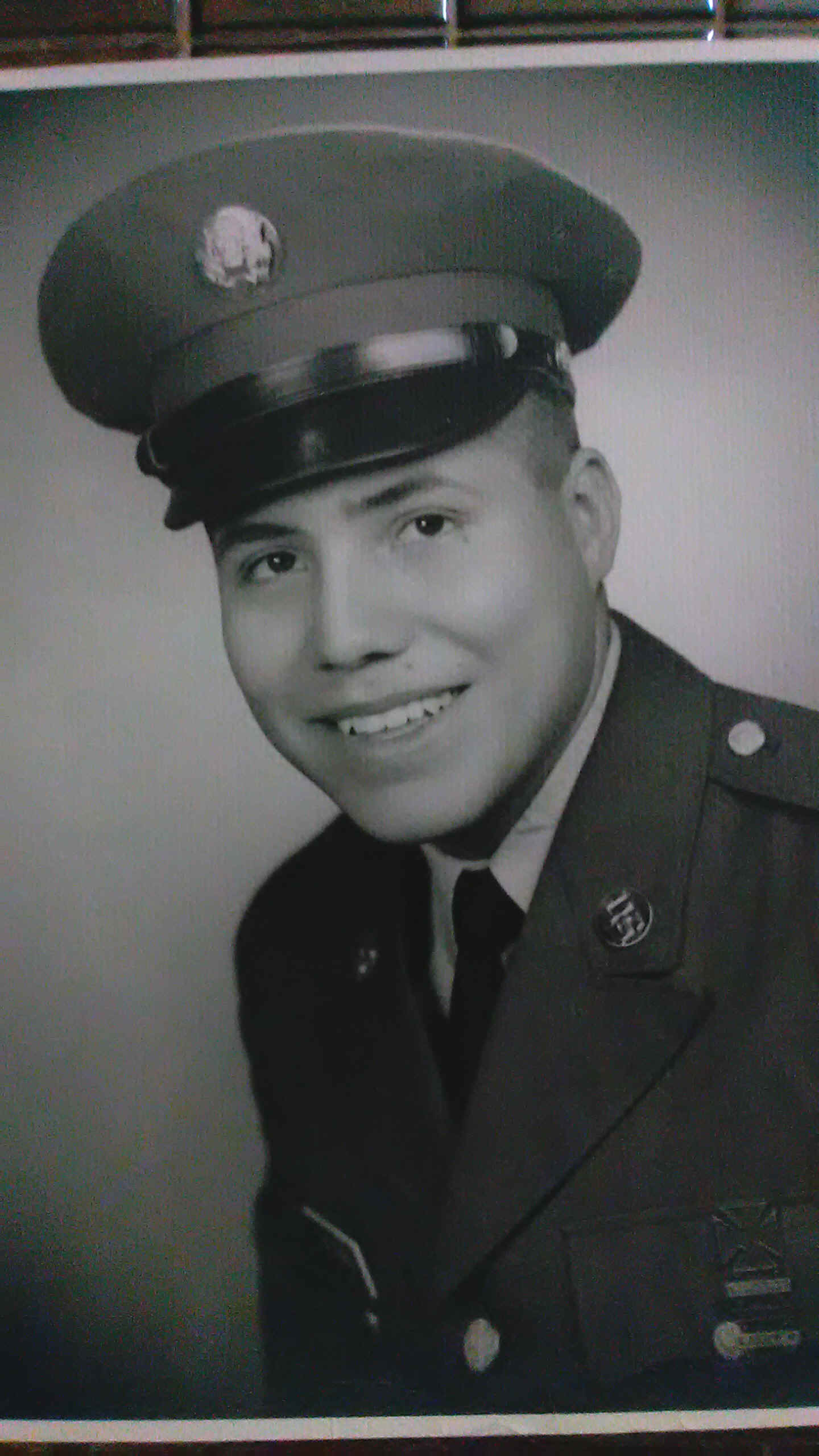
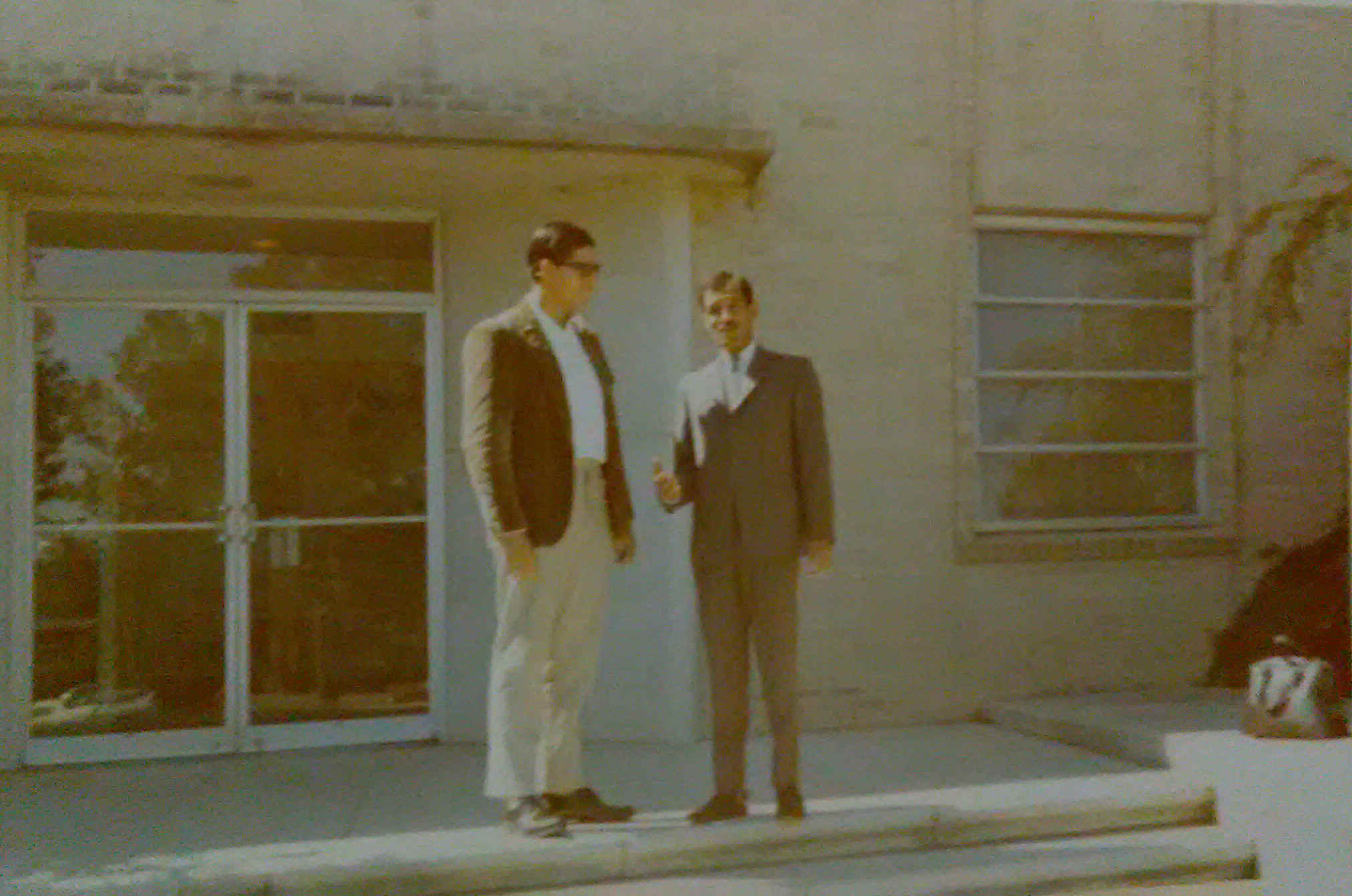

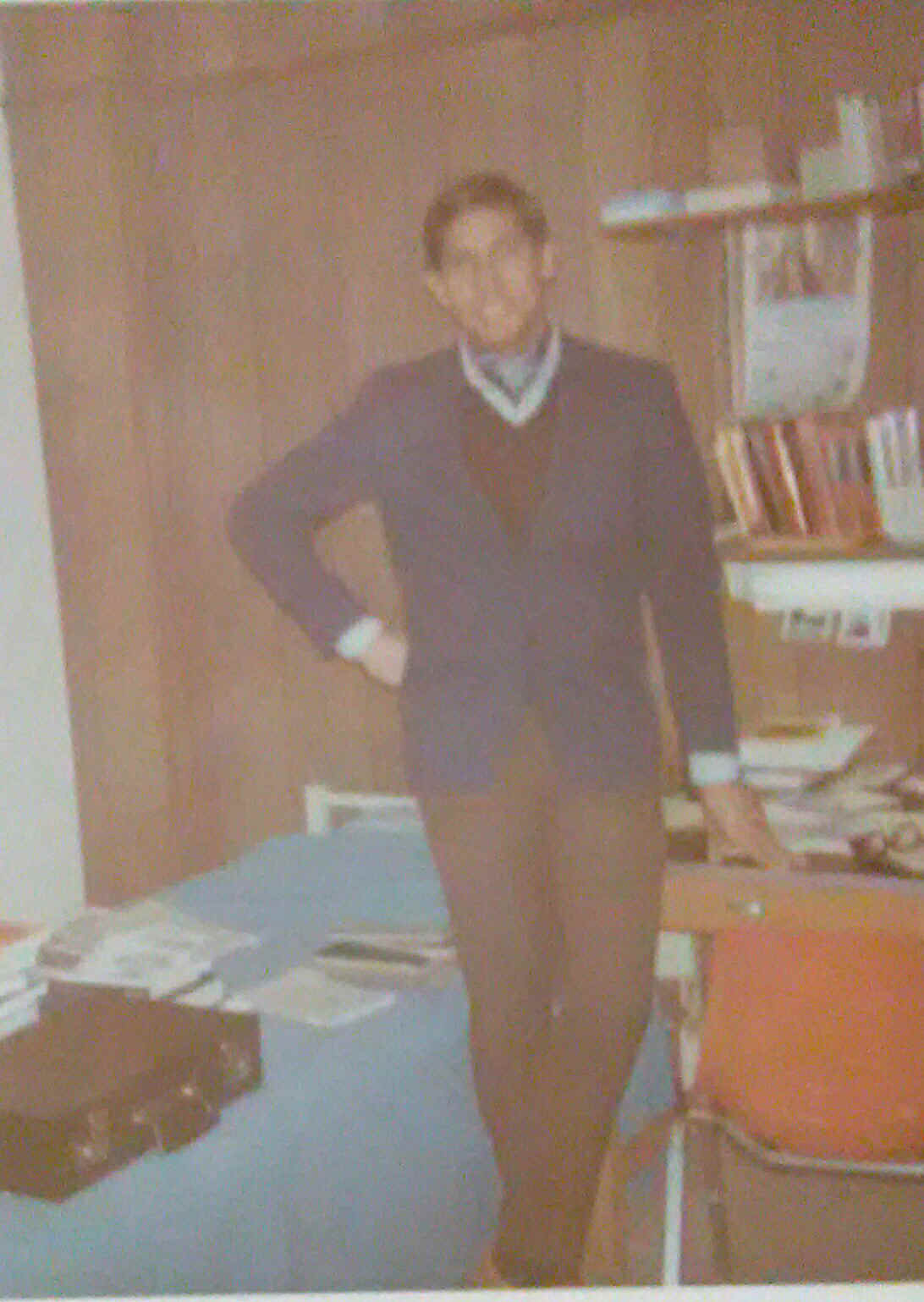
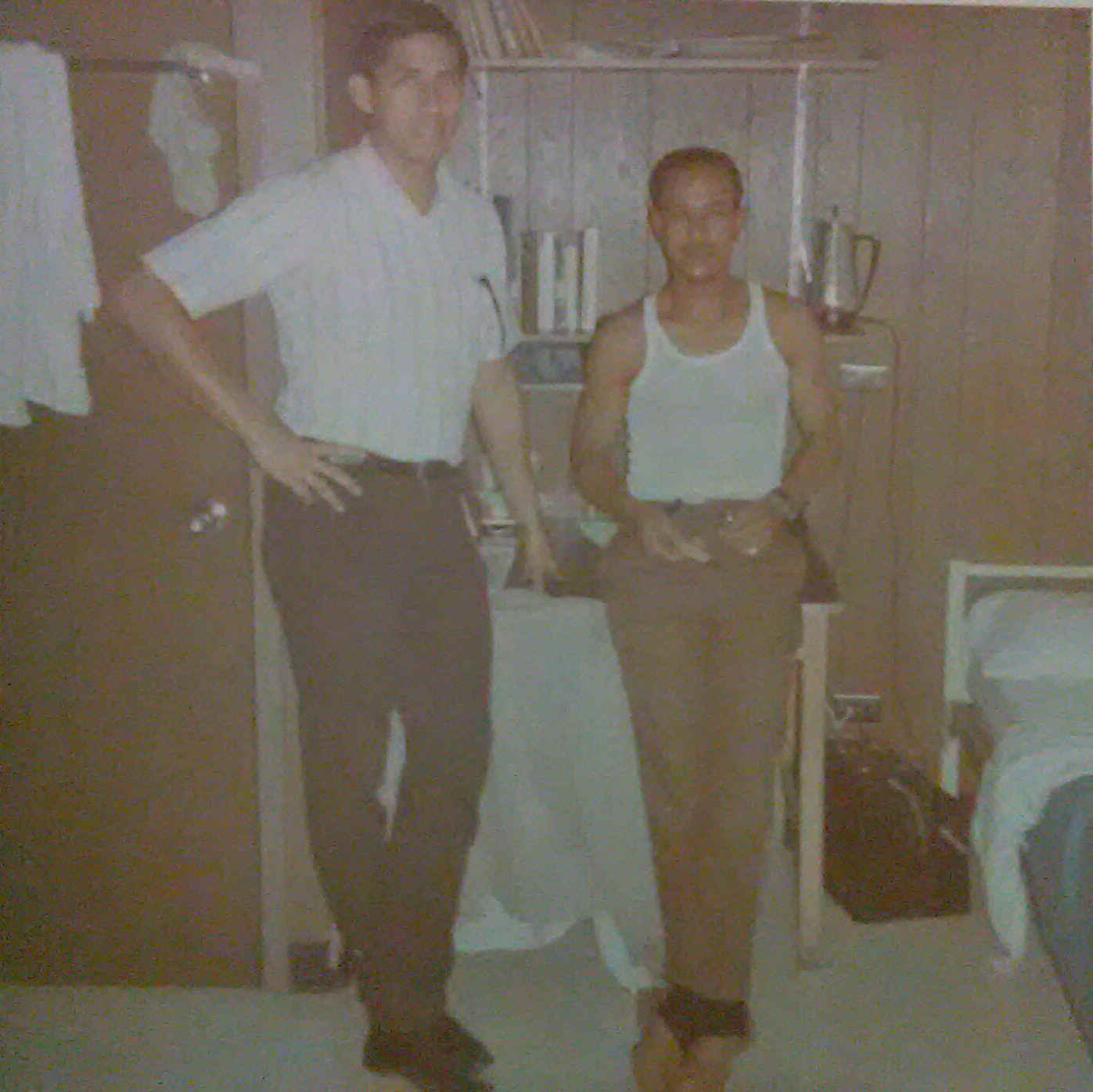


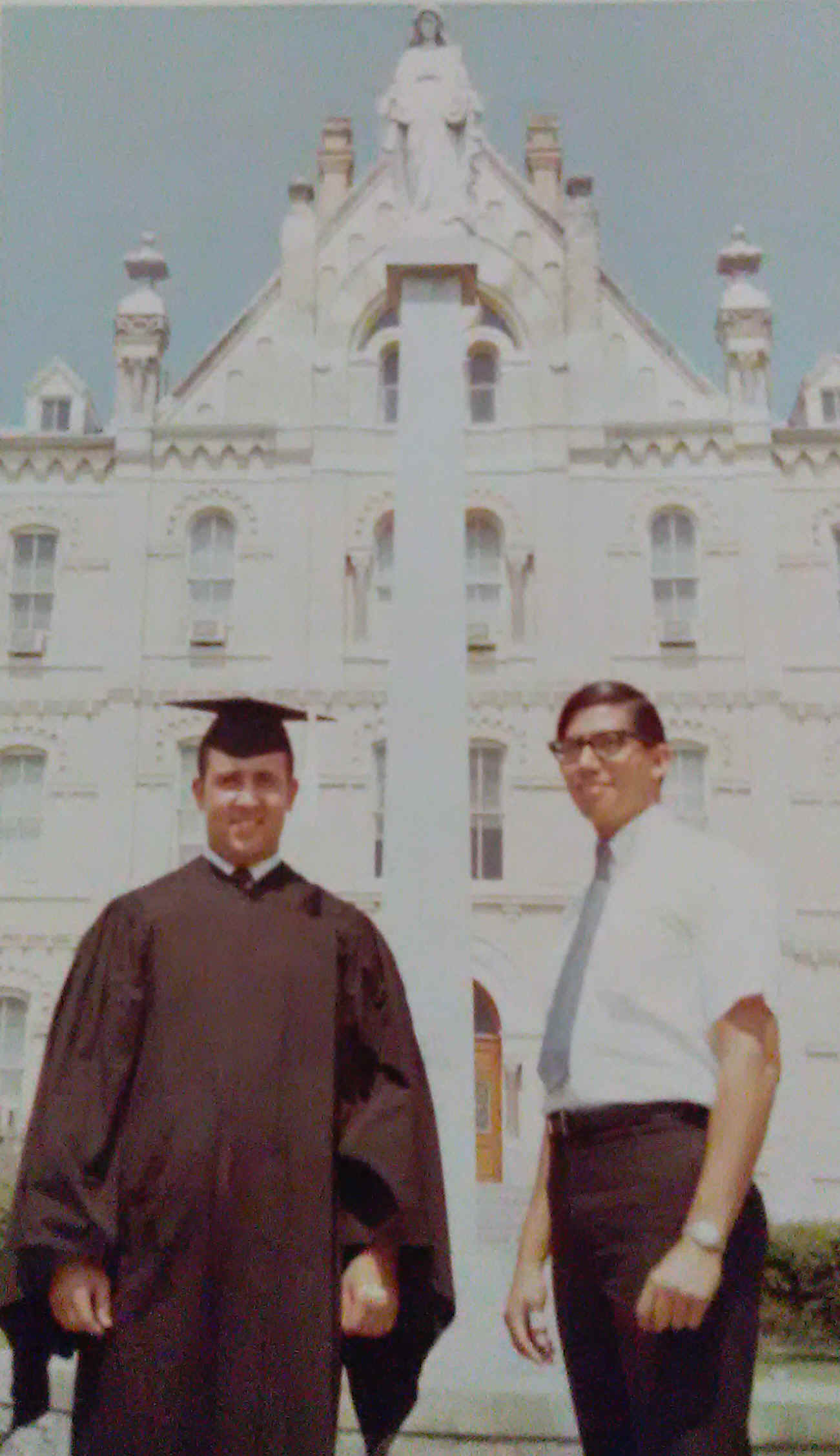
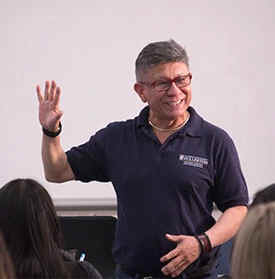





%20crop.jpg?itok=NlRQb5pq)
%20crop.jpg?itok=RVyR2DGL)
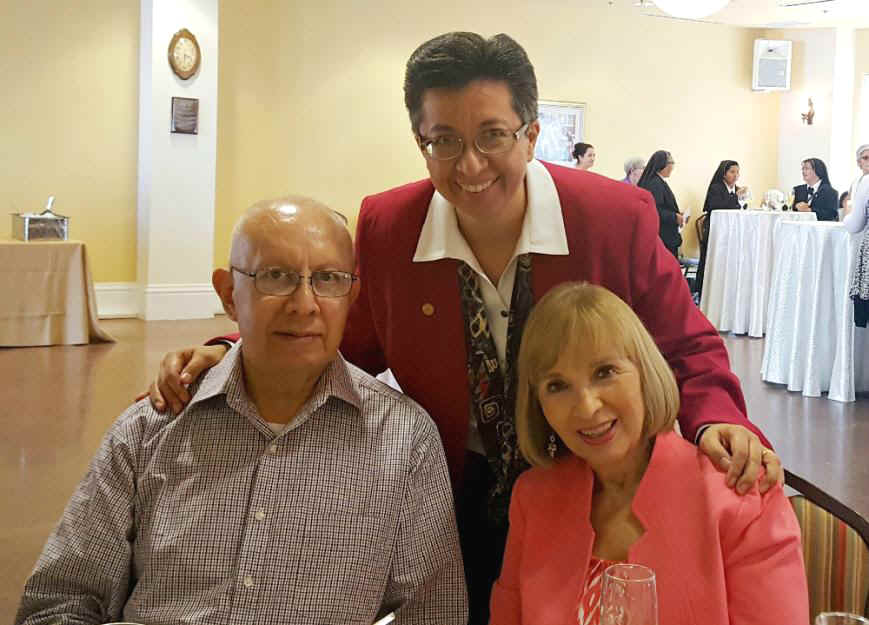
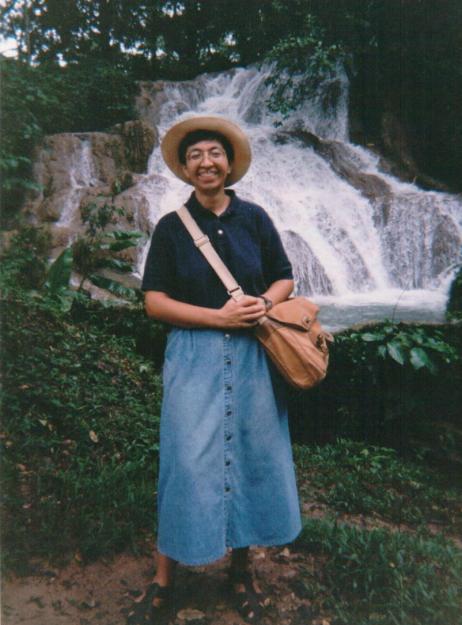
%20resize.jpg?itok=5Tr8P2DI)
%20crop.jpg?itok=T1JJ-dTg)
%20crop.jpg?itok=ax5TbuQm)
.jpg?itok=7bFpNY6P)
%20resize.jpg?itok=t2HoRL70)
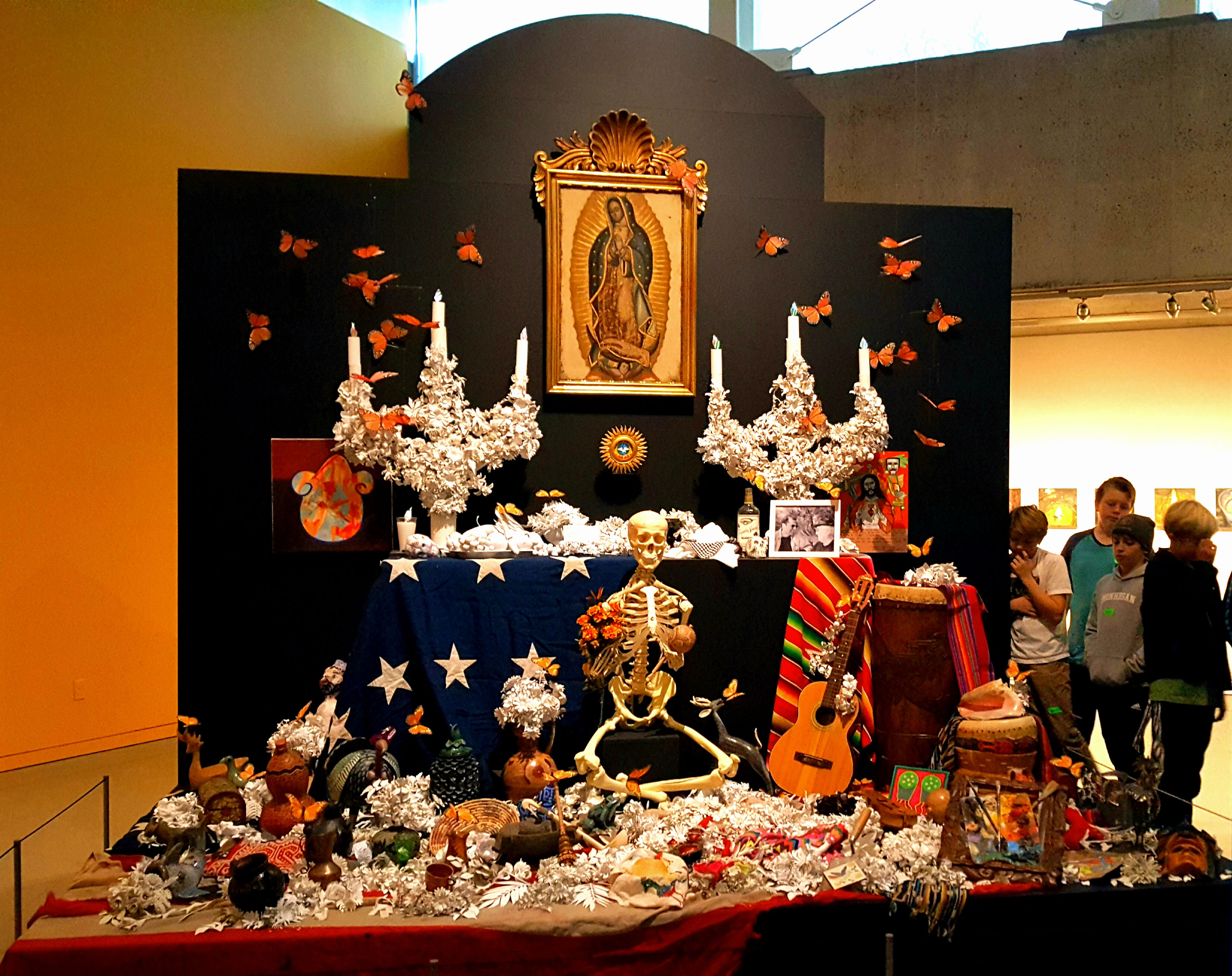
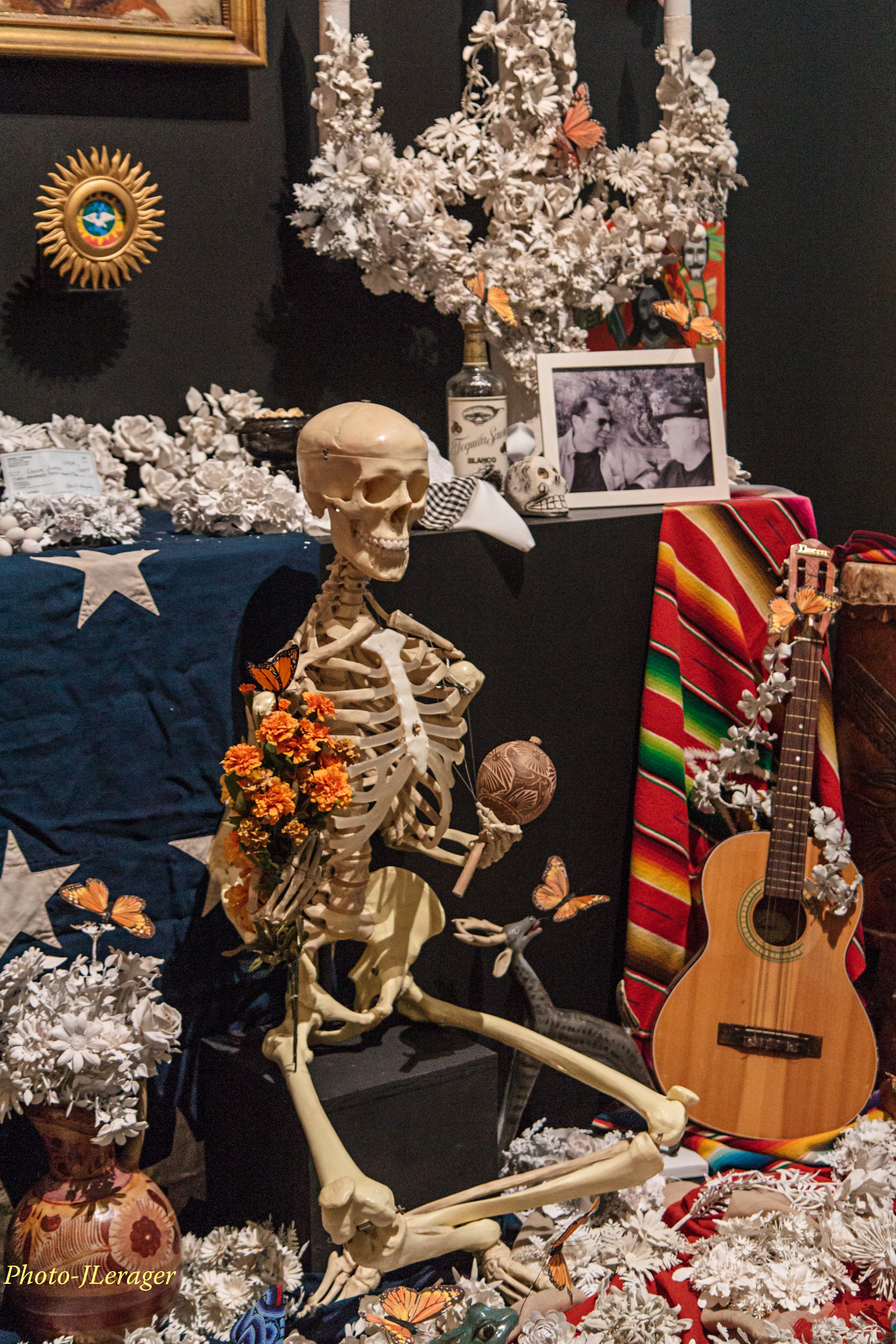
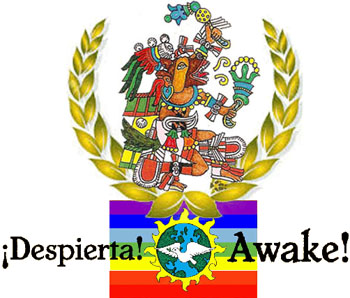
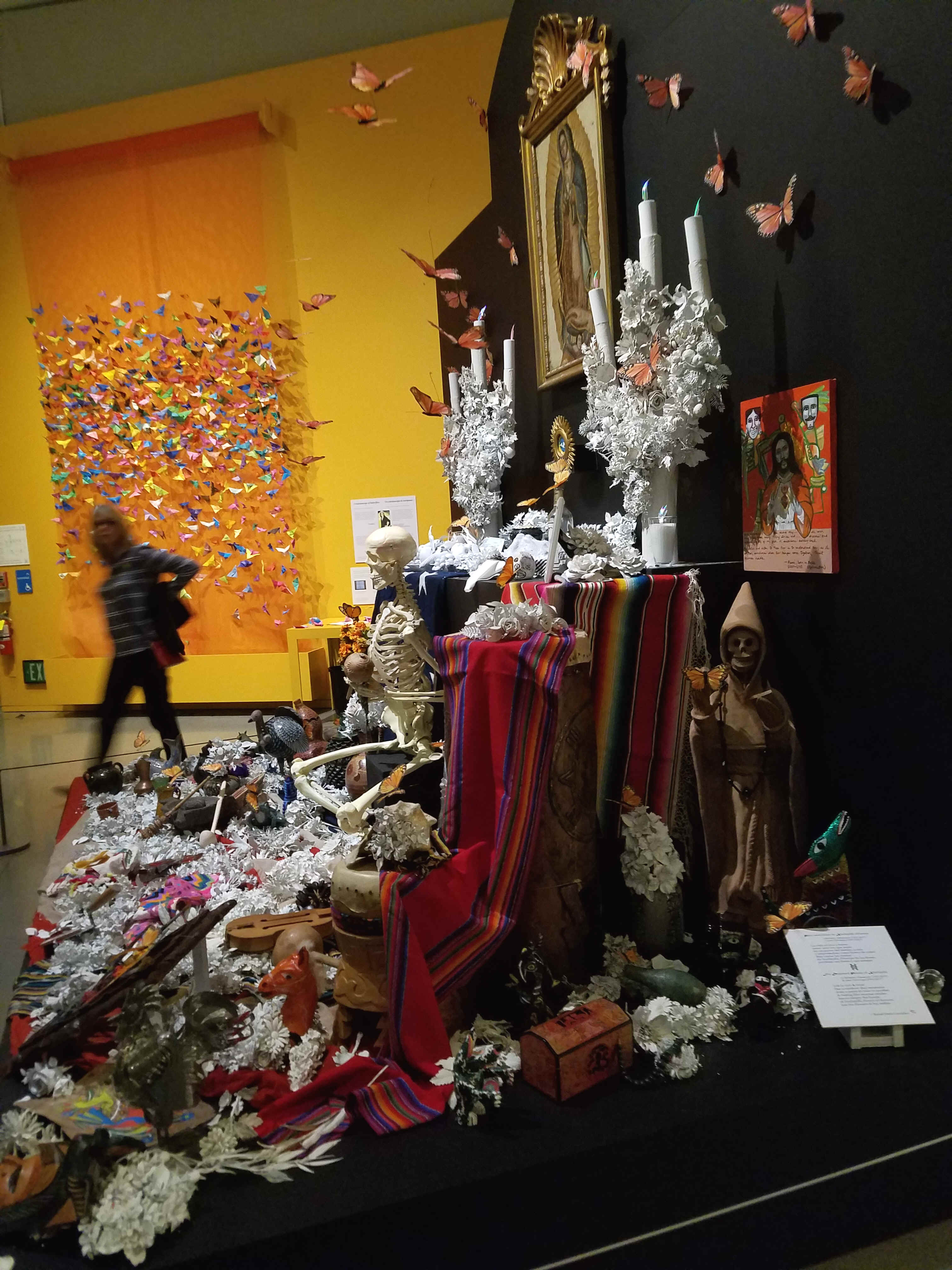
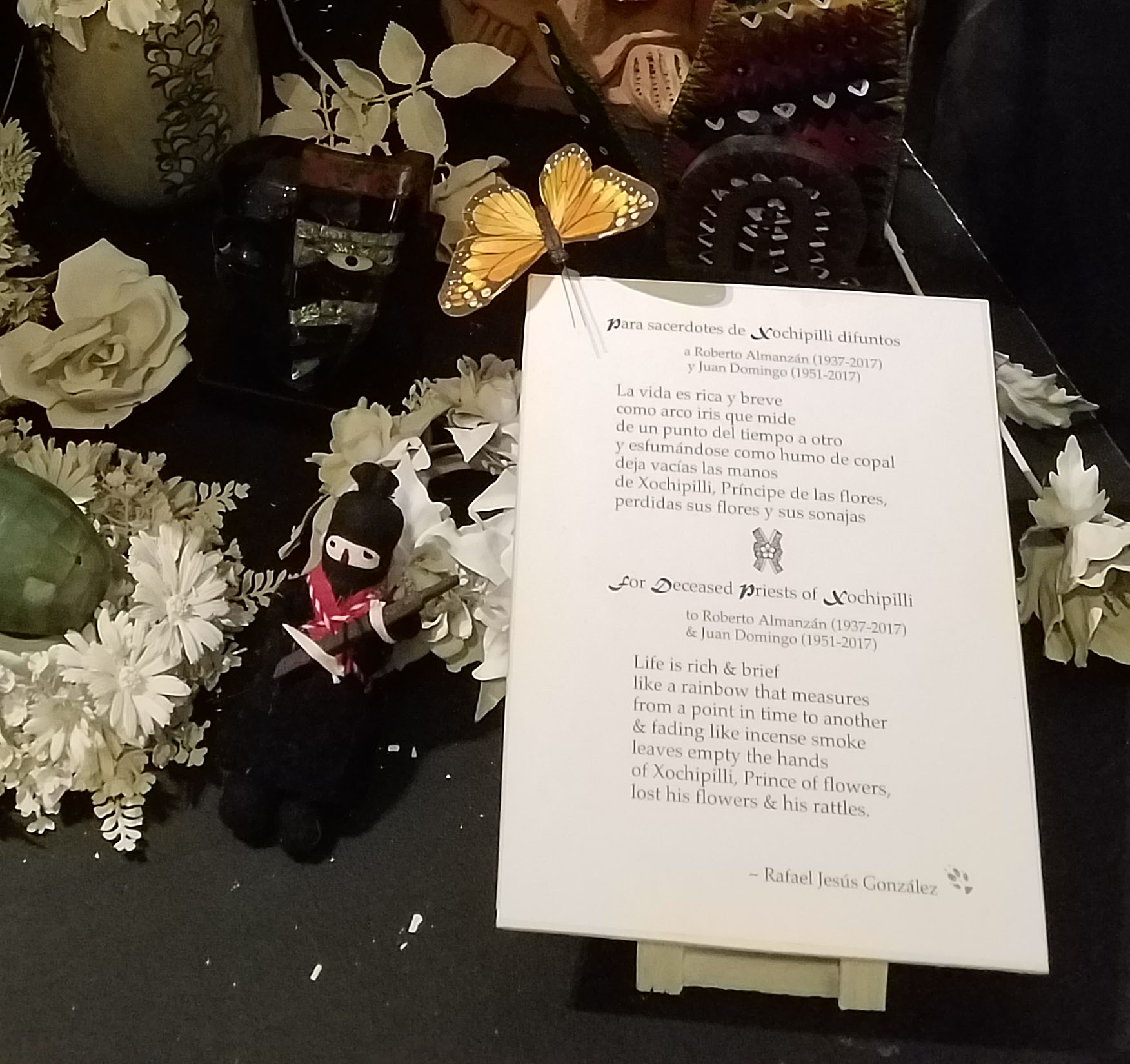
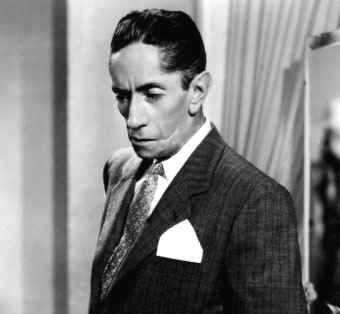












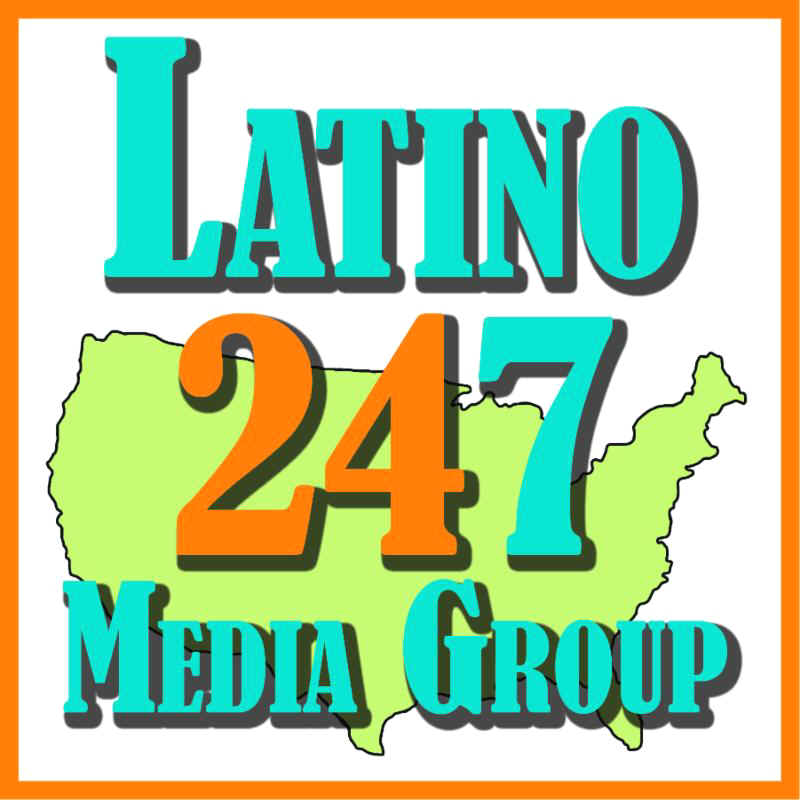
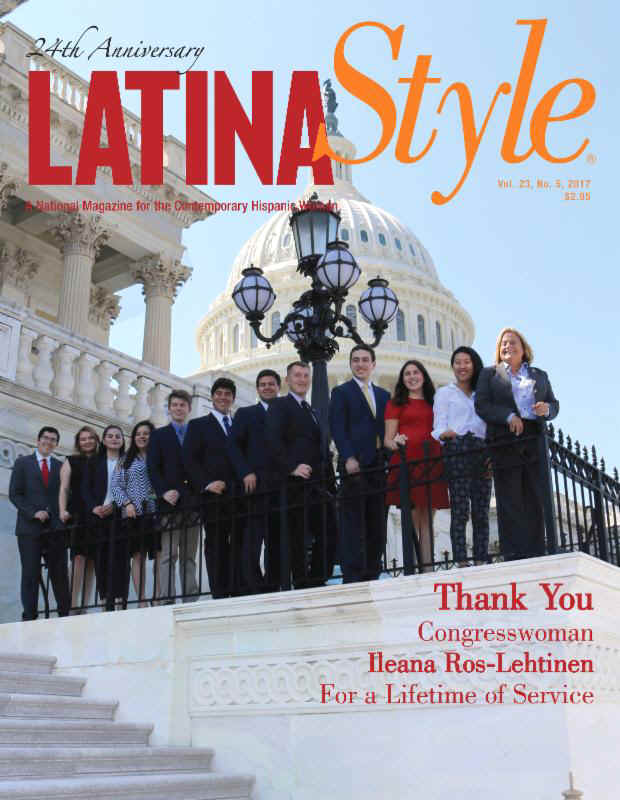
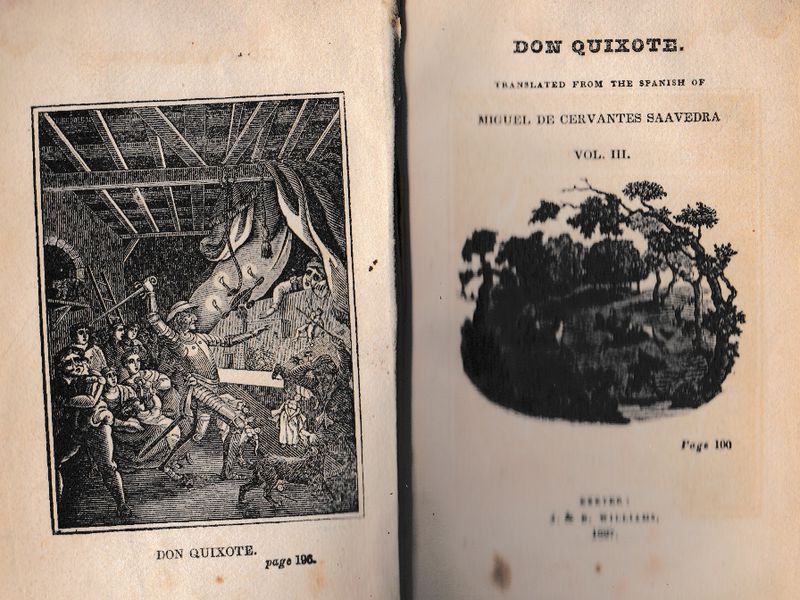
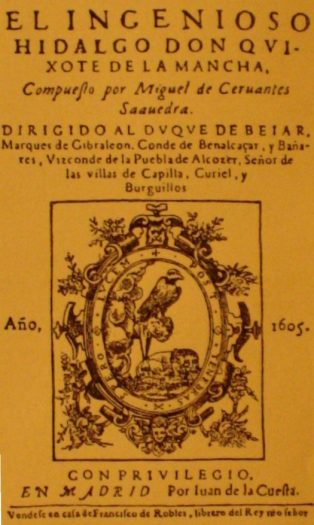
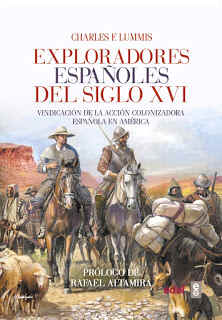
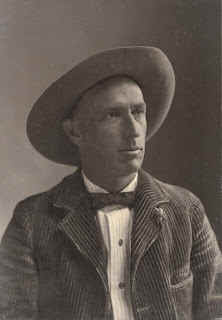
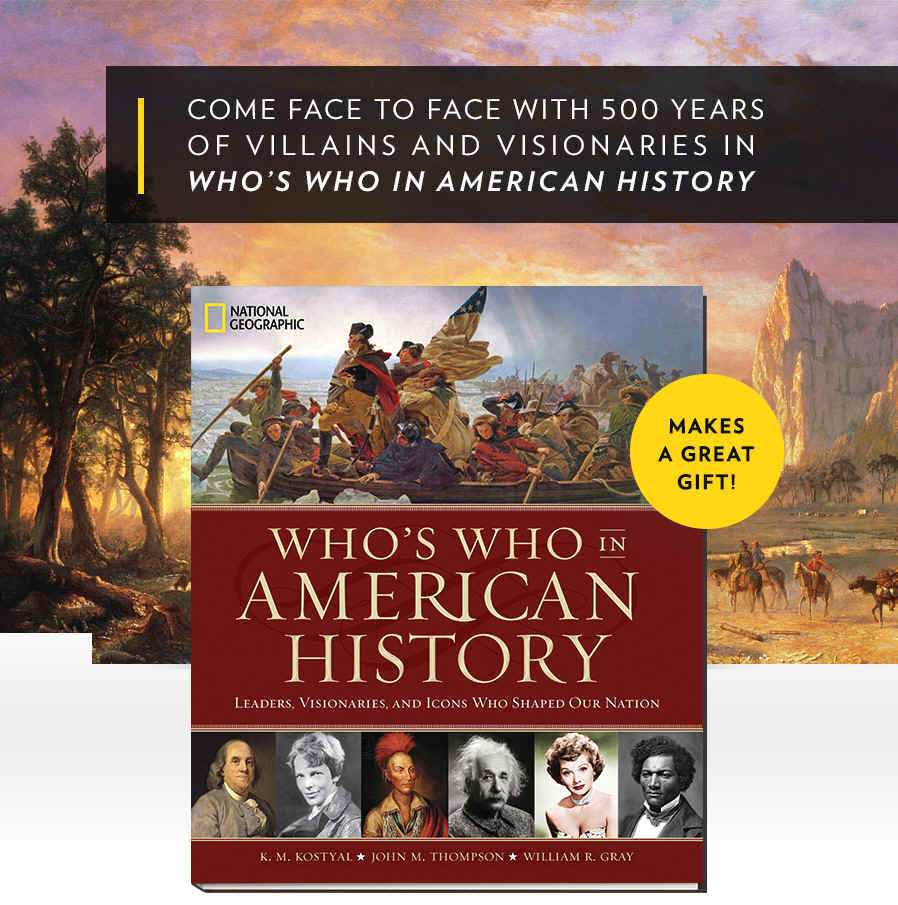



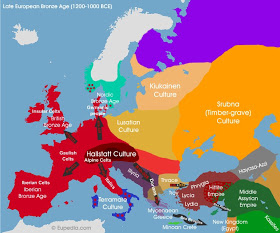
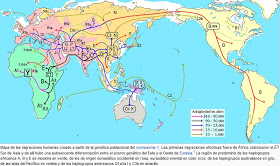
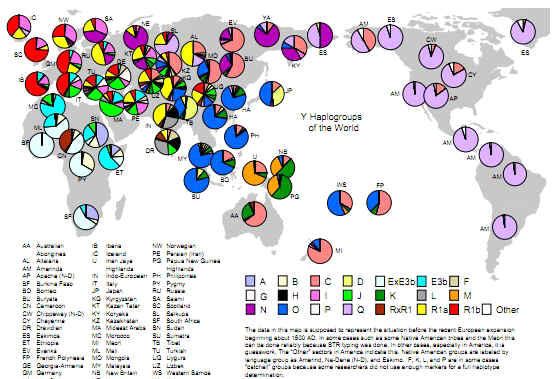
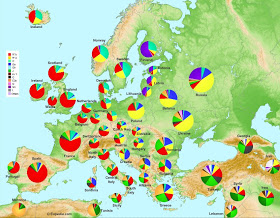
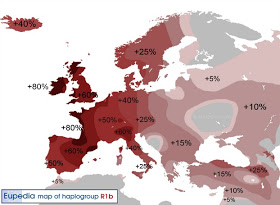

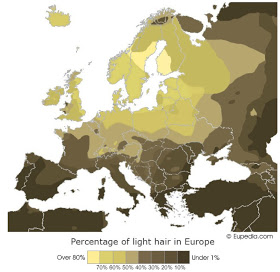
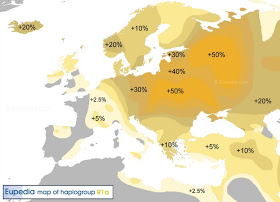
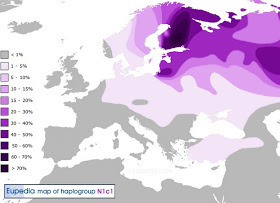
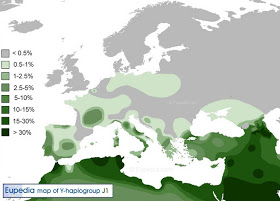
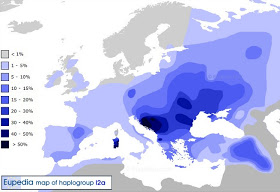
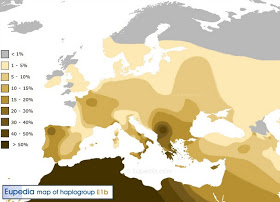
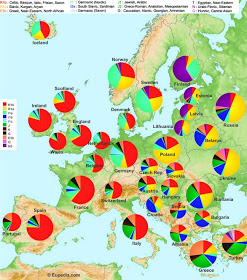
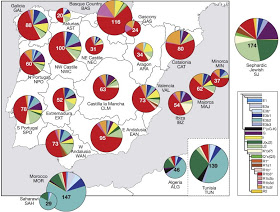
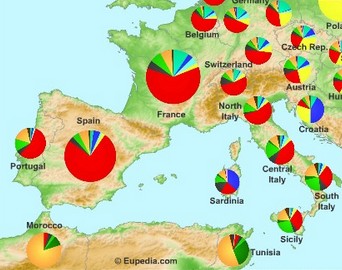
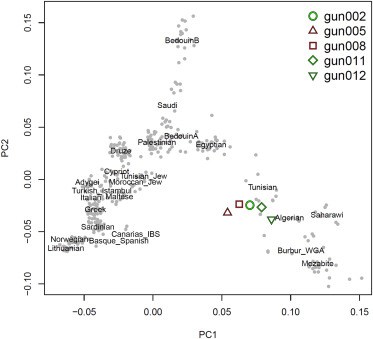
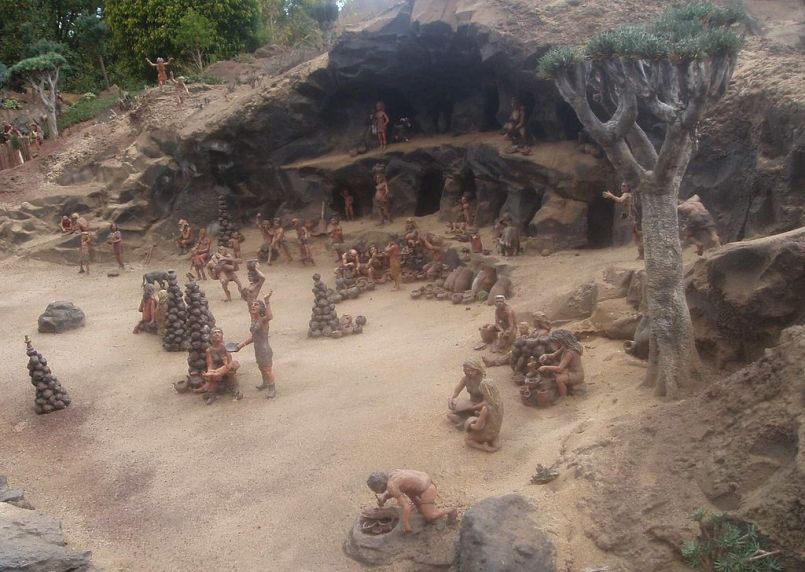
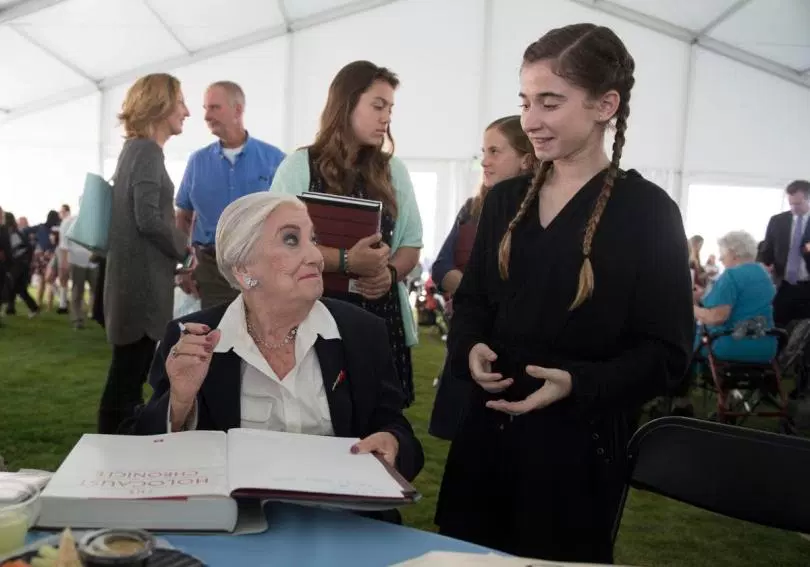




 It
has been my honor to serve our community as a city commissioner,
school board member and city council member. Every day I use my hard
earned experience to improve our city.
It
has been my honor to serve our community as a city commissioner,
school board member and city council member. Every day I use my hard
earned experience to improve our city.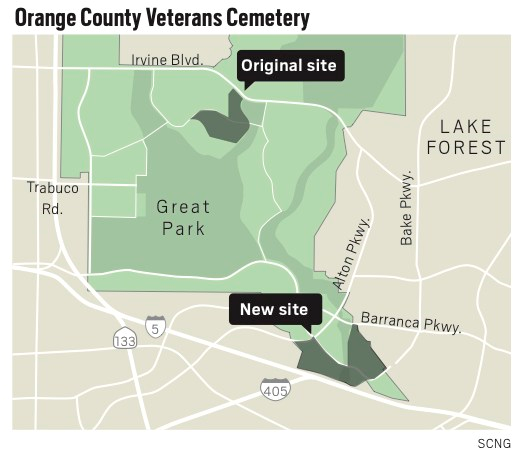
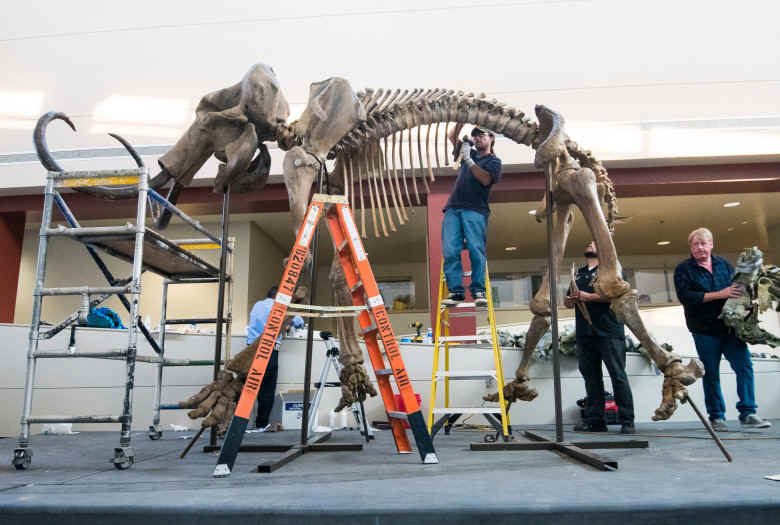



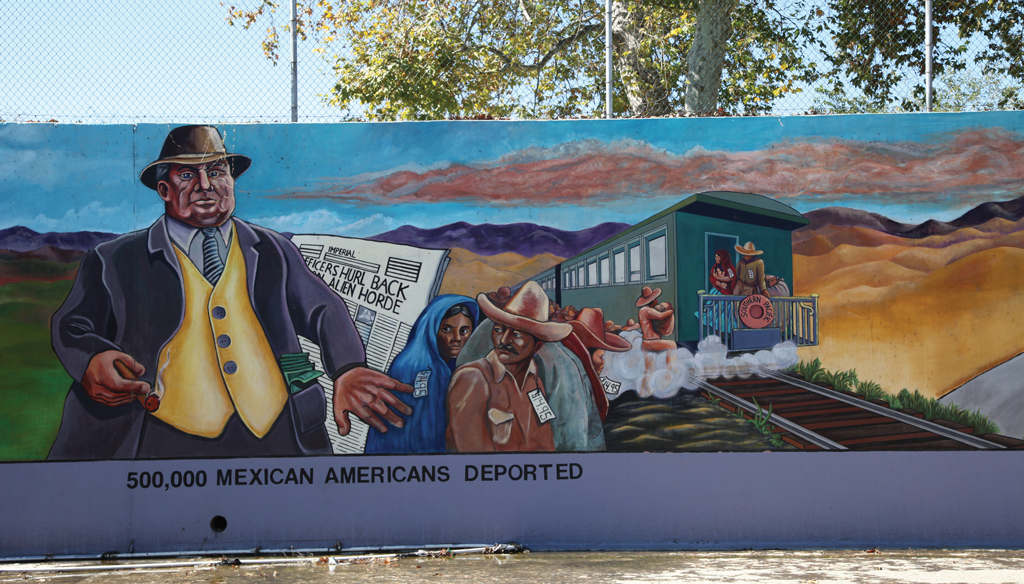
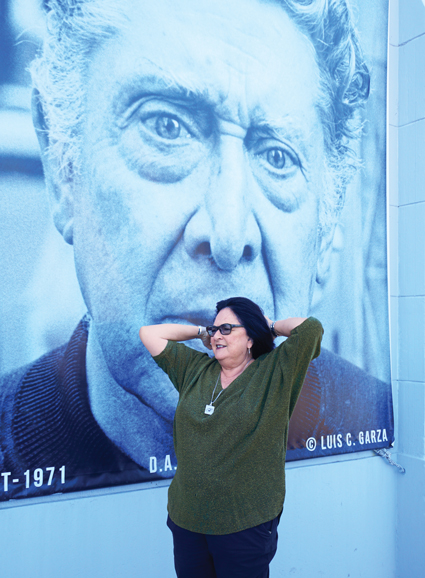
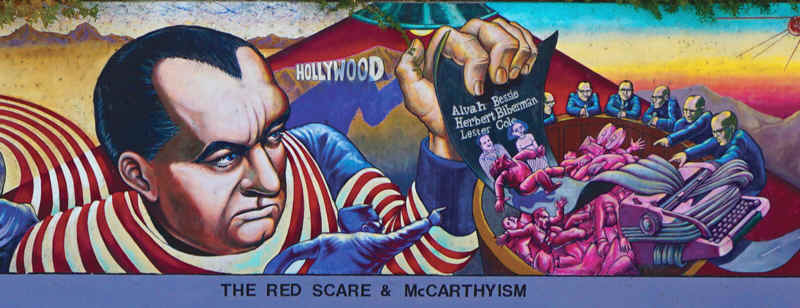
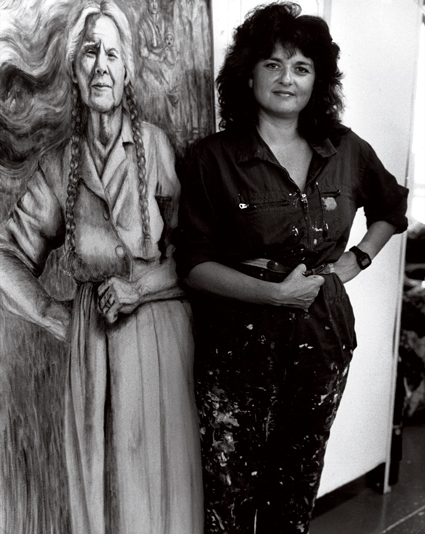
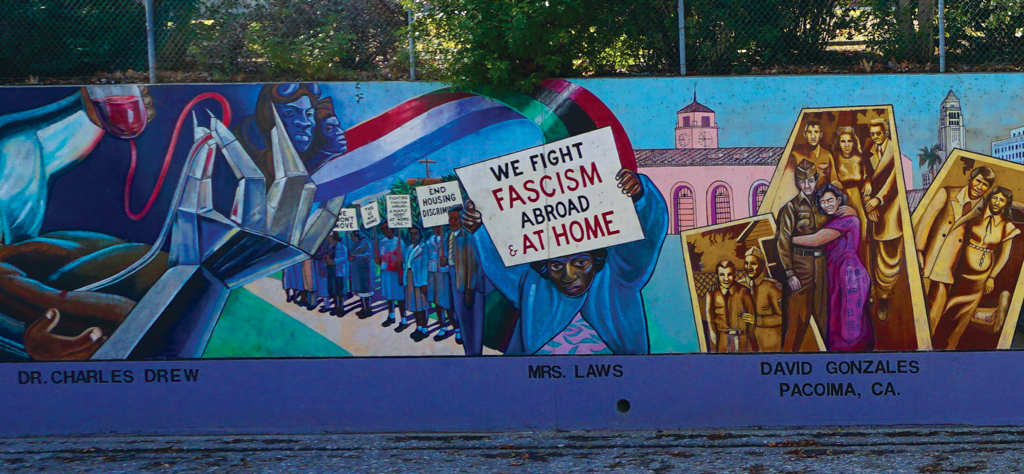

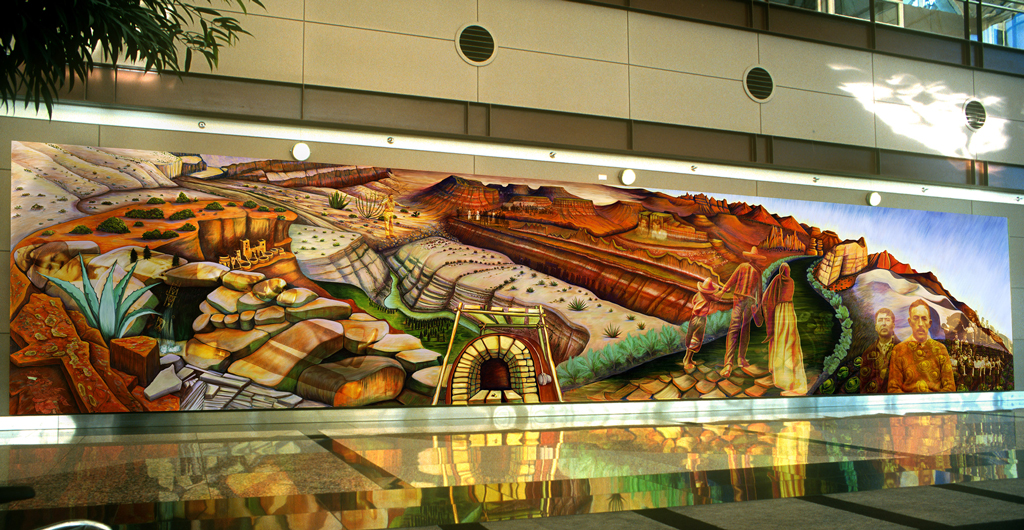

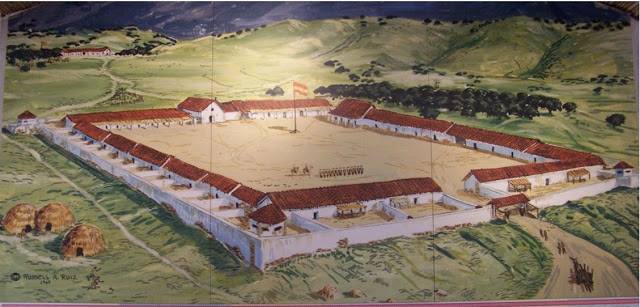
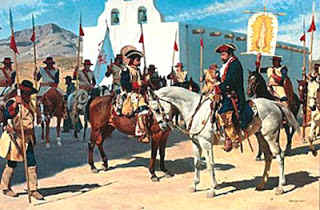
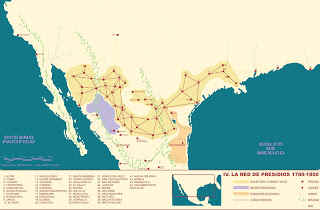

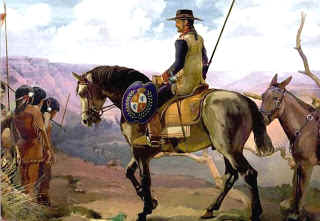
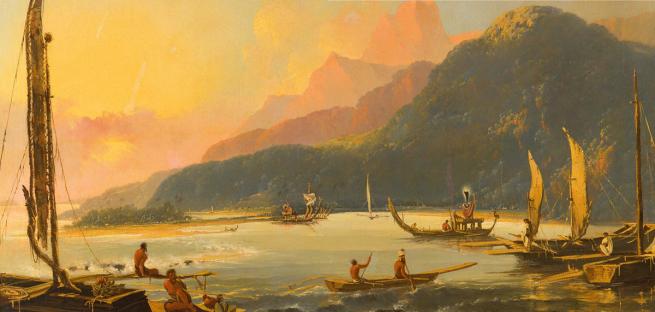
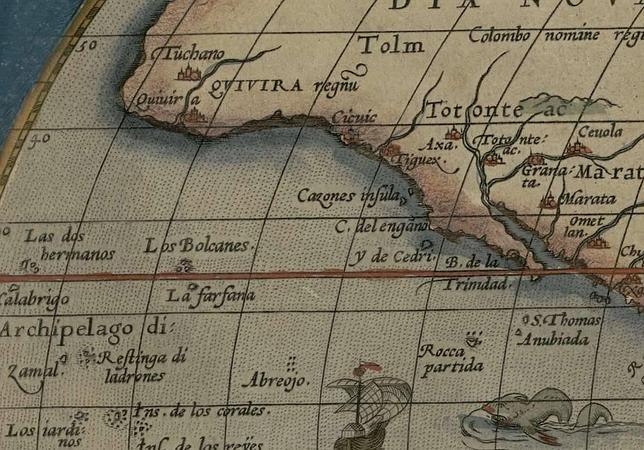
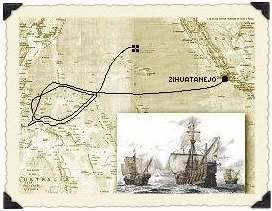
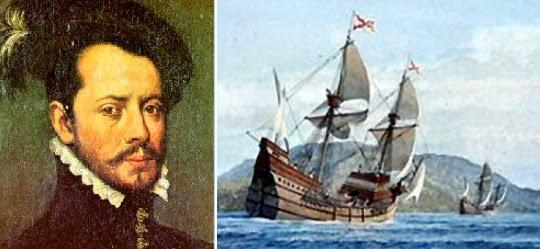
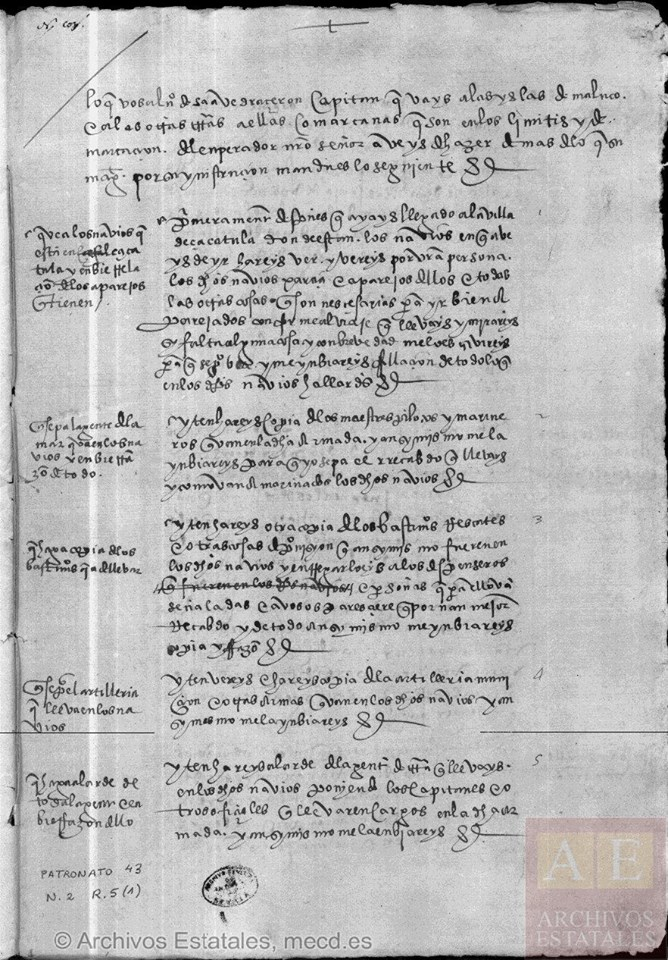
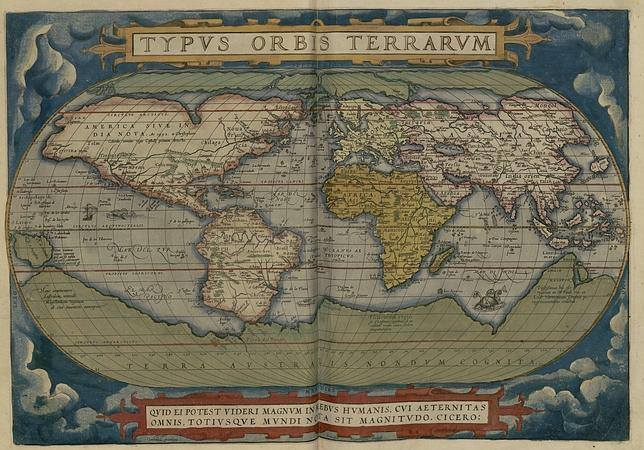
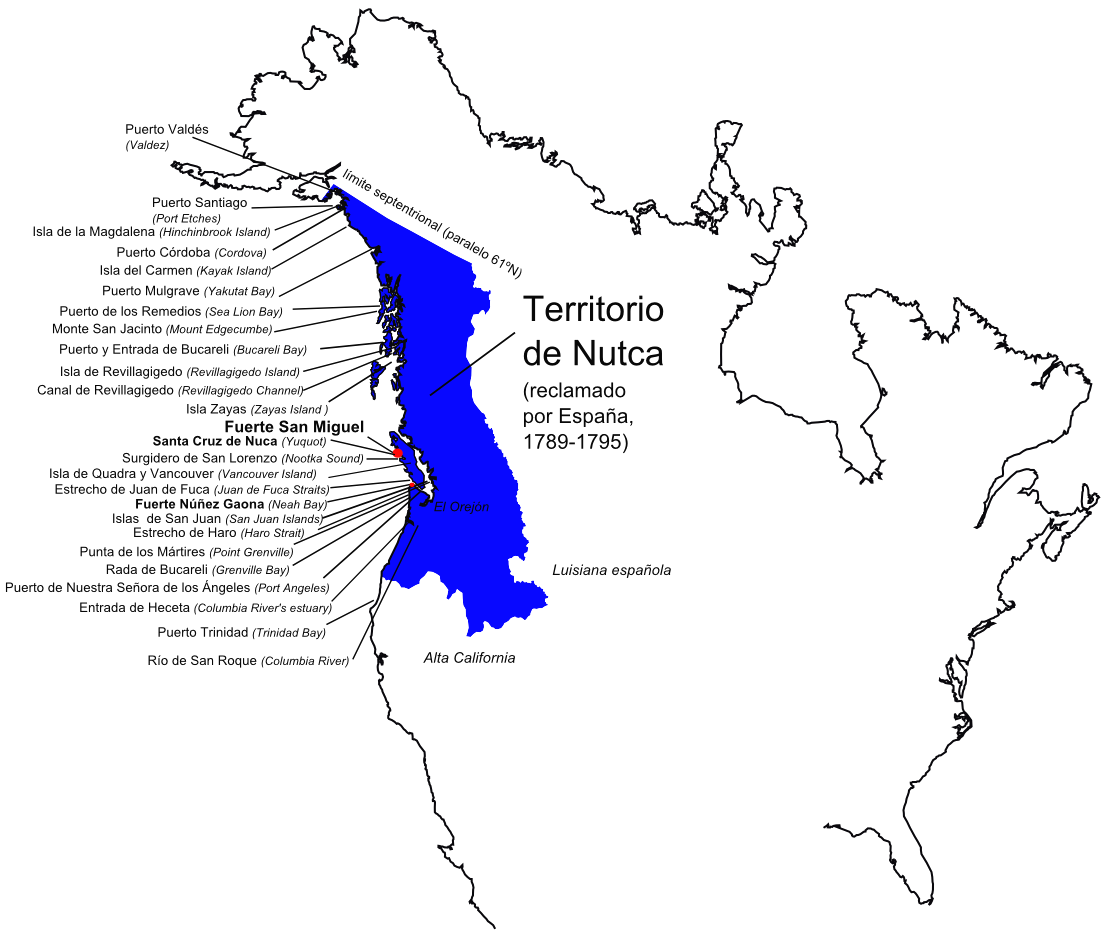


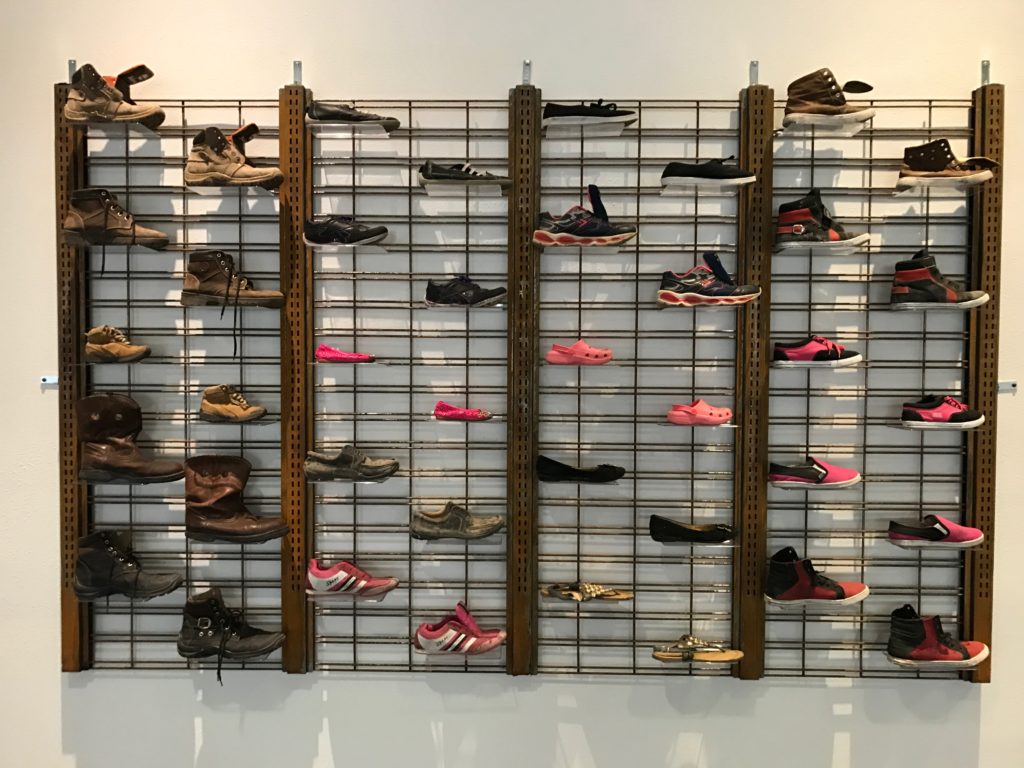




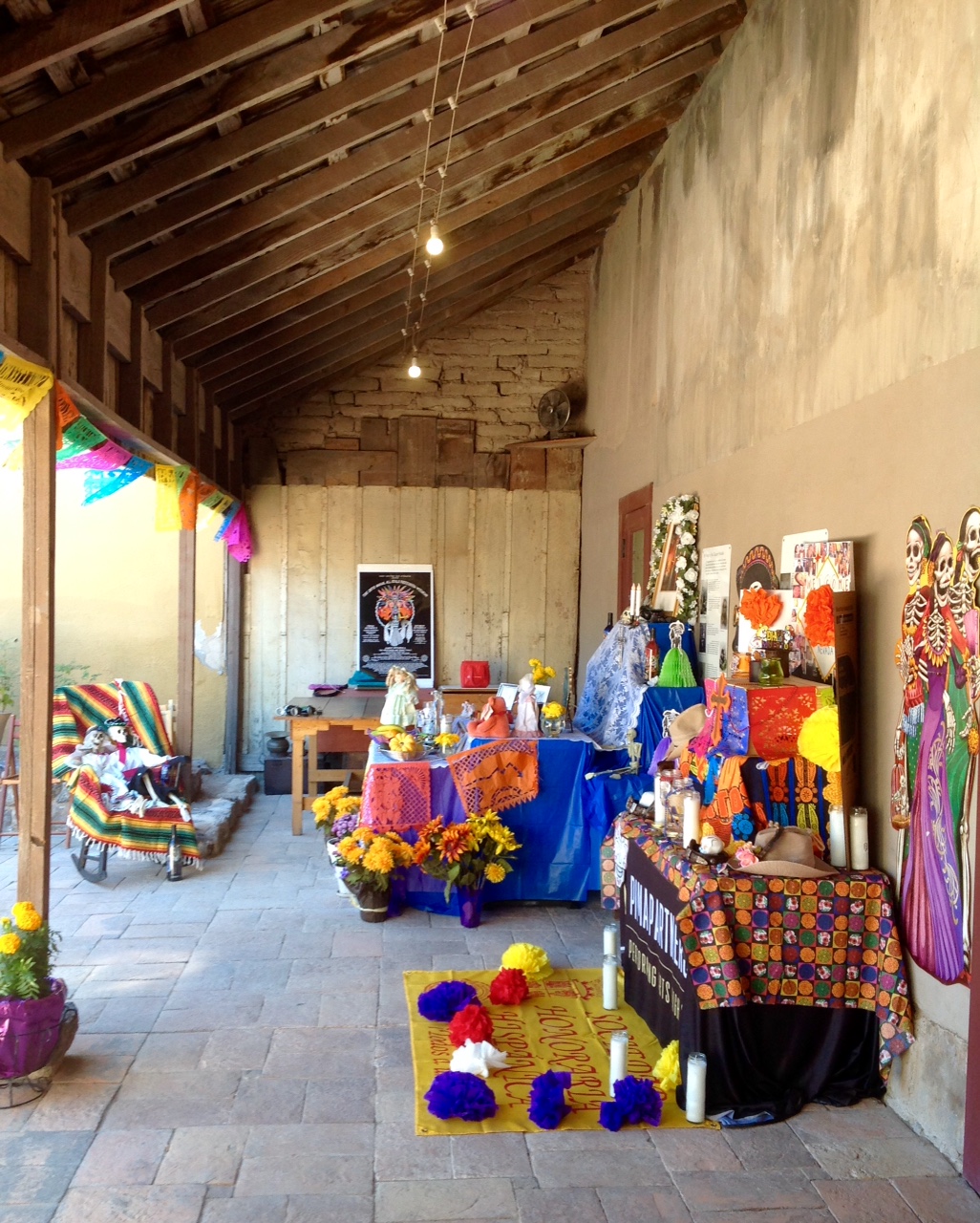
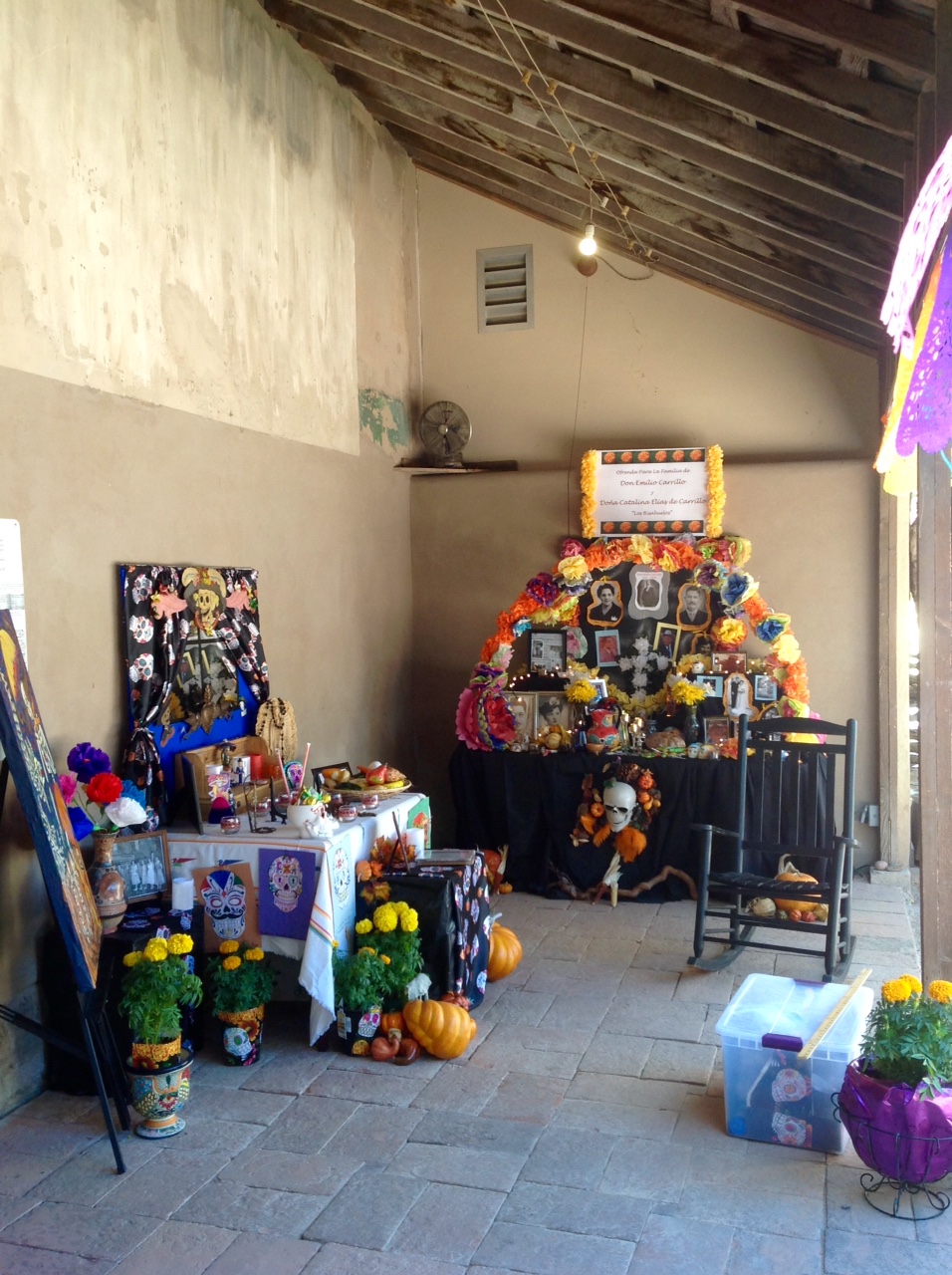
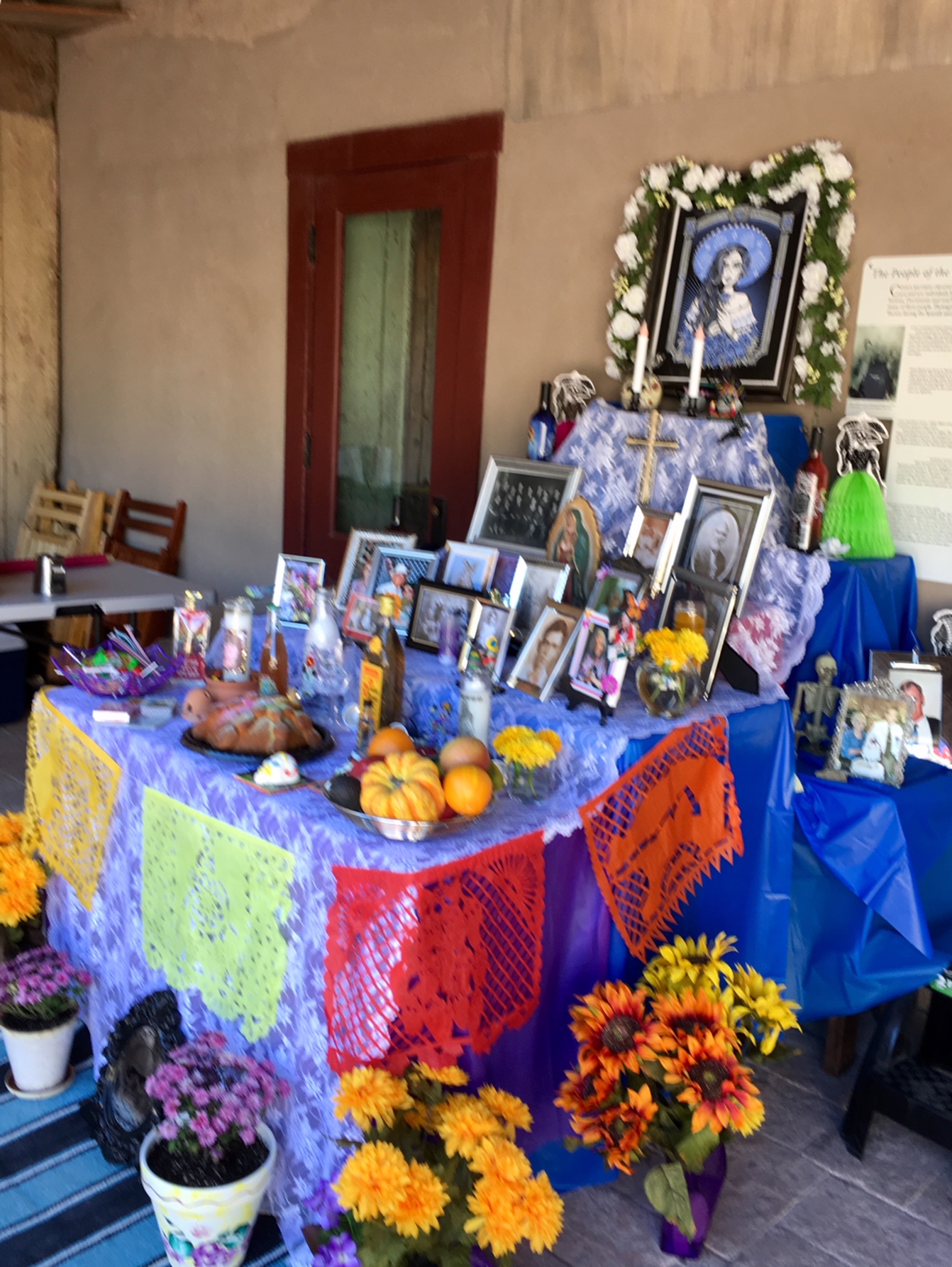
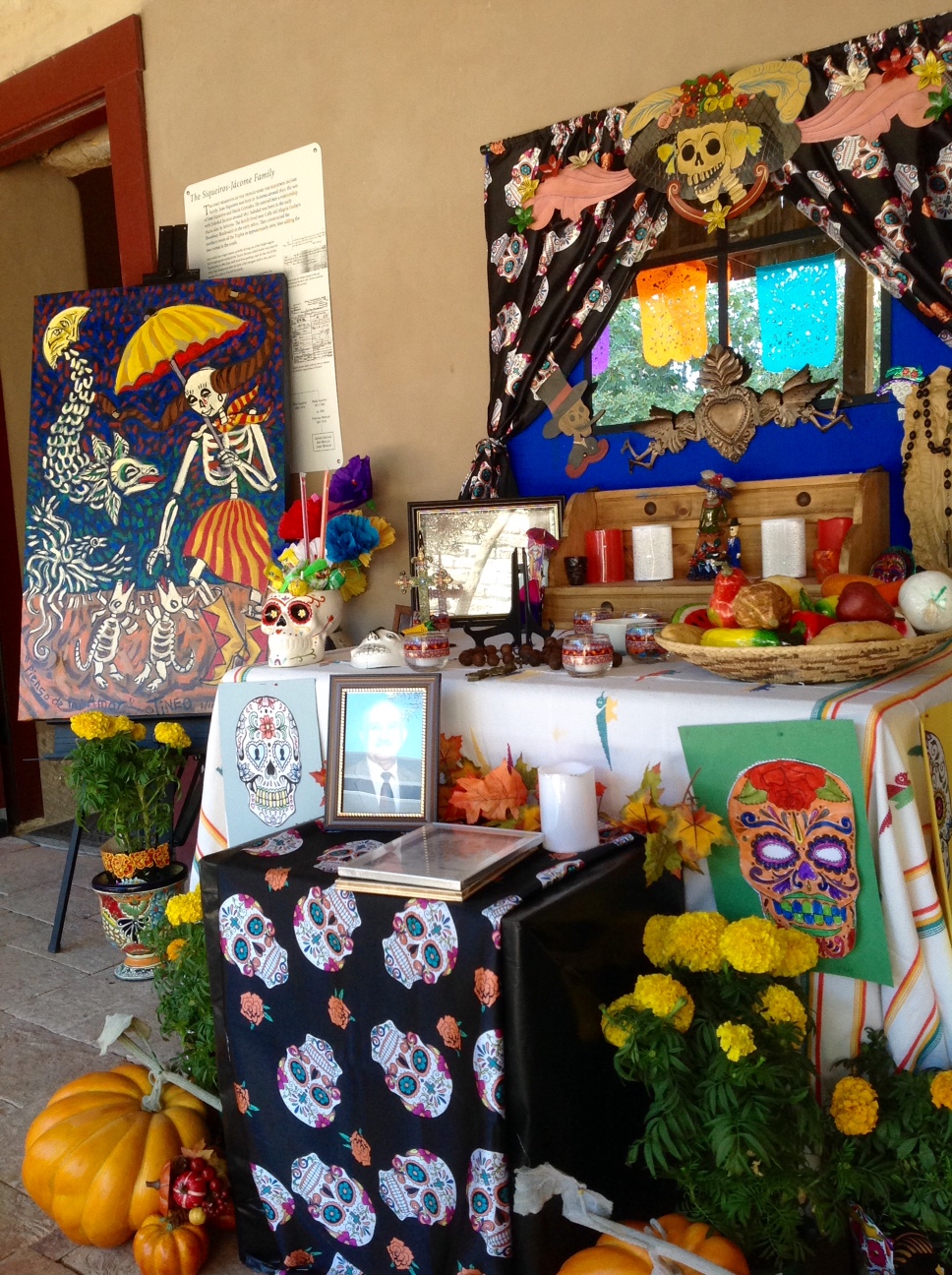
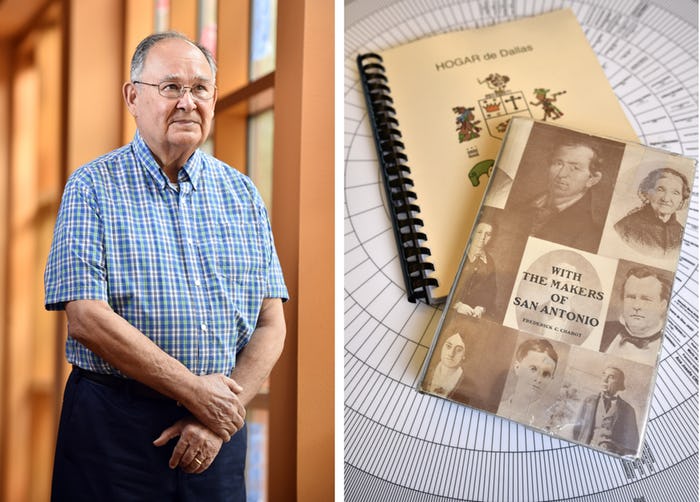
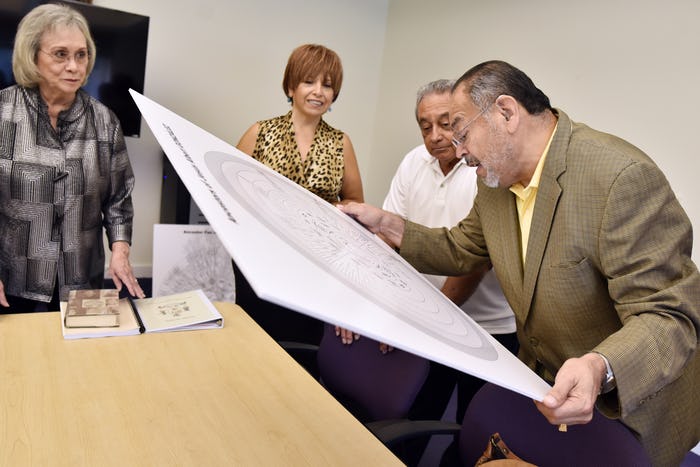
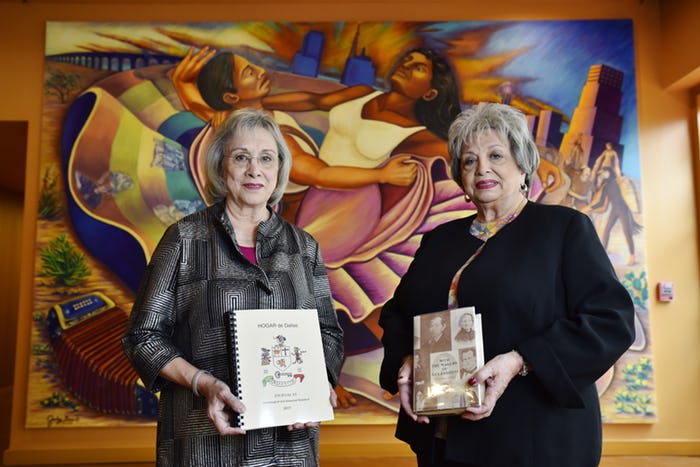
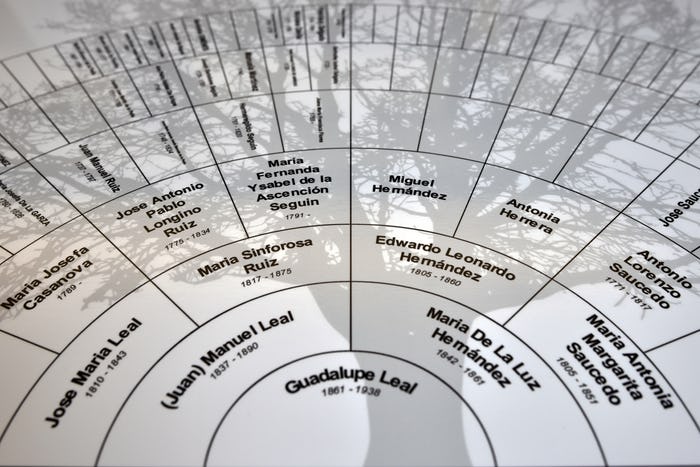
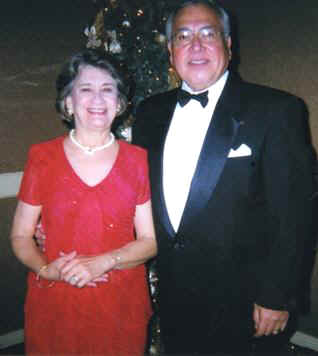
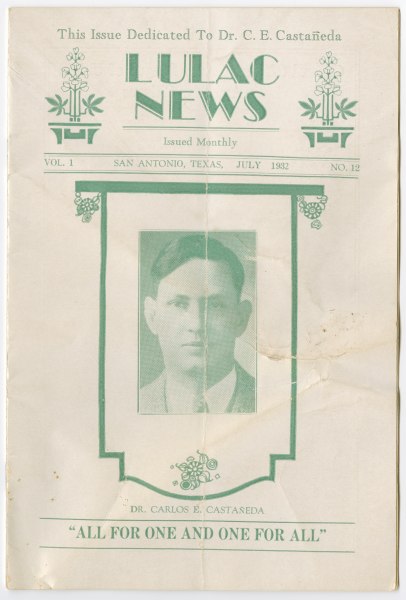
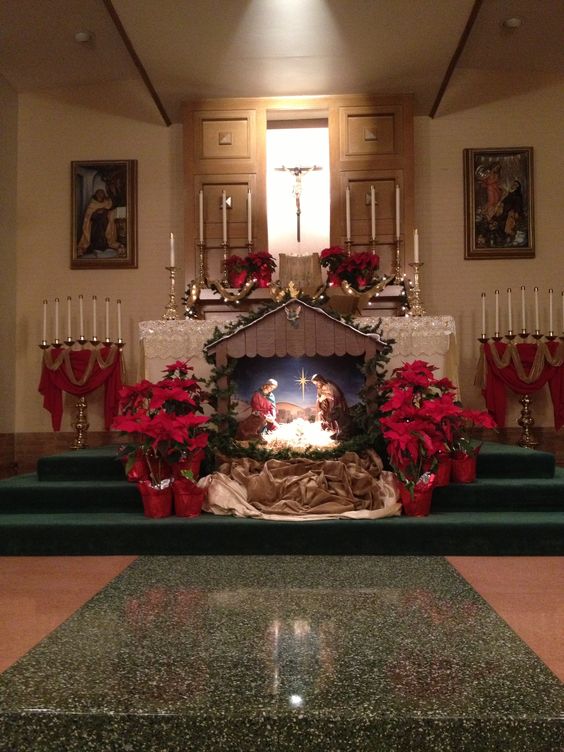
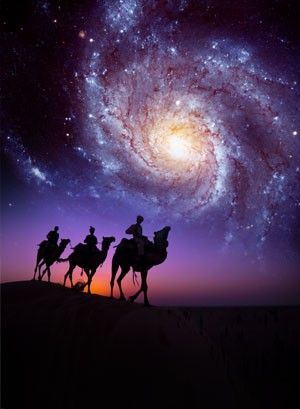

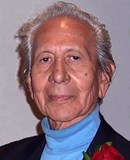

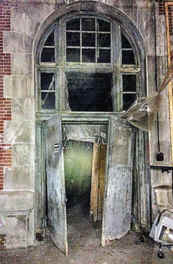
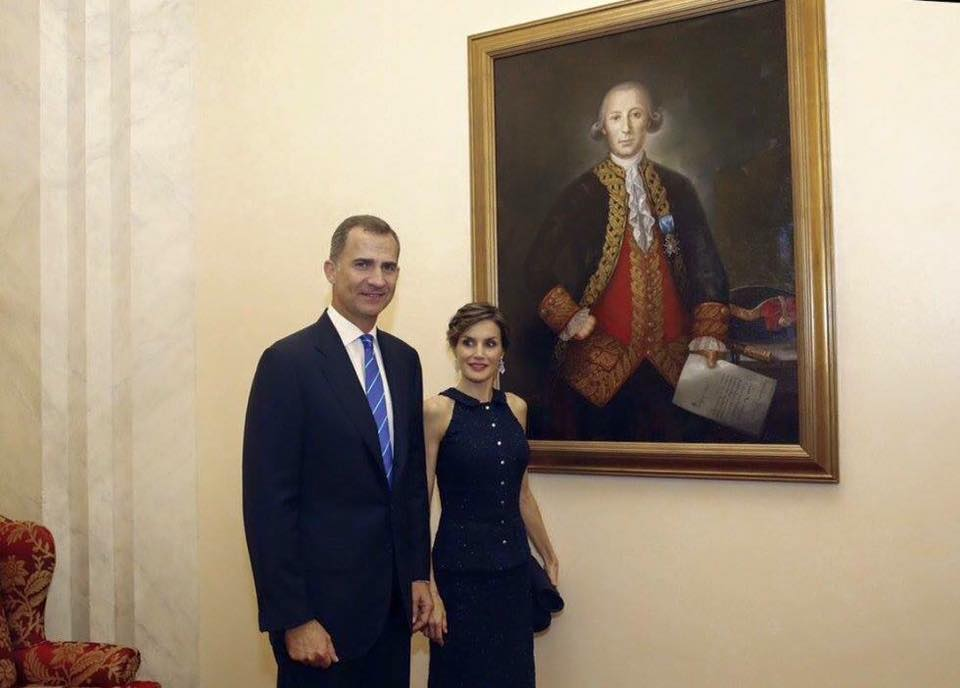
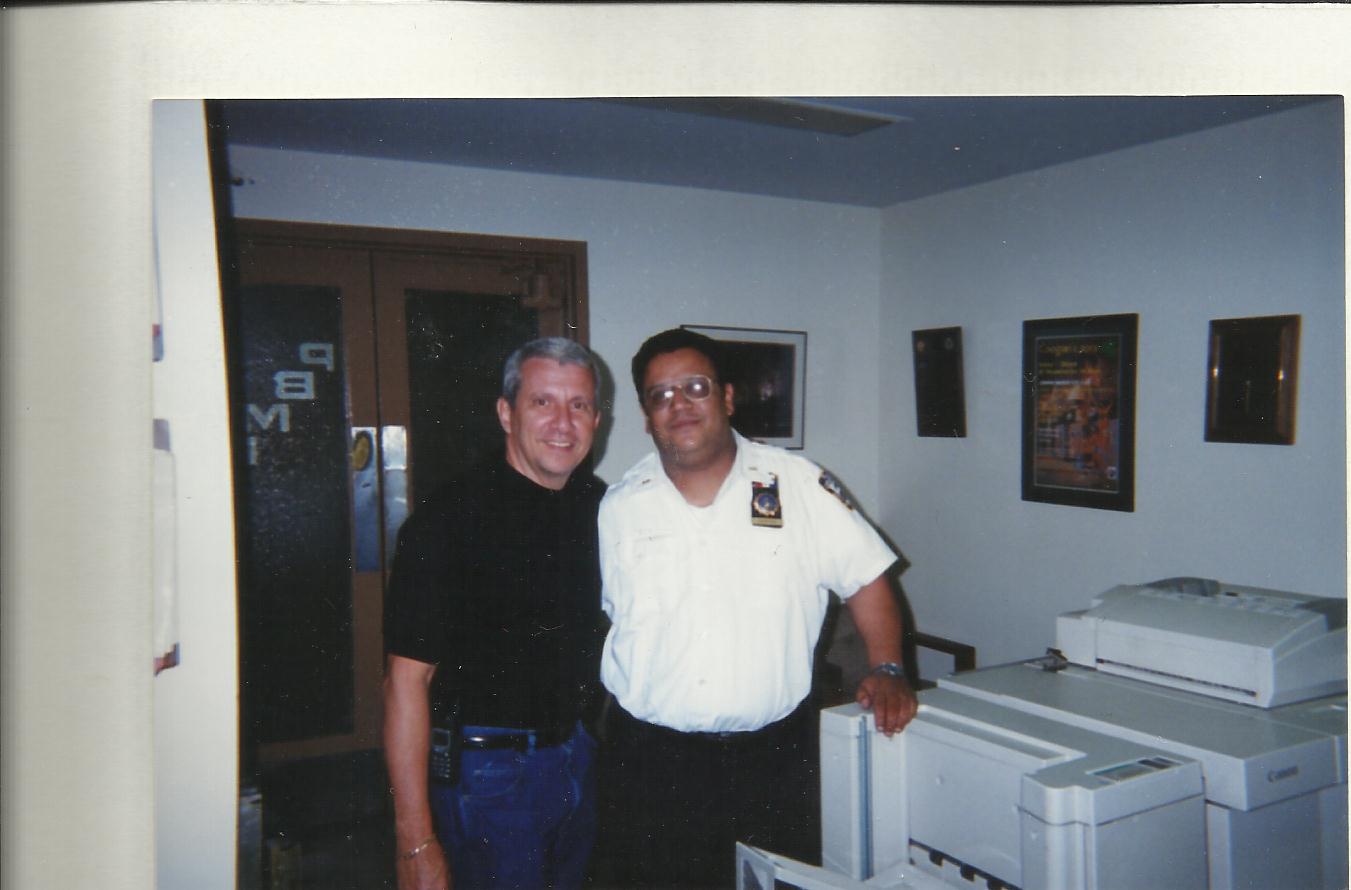
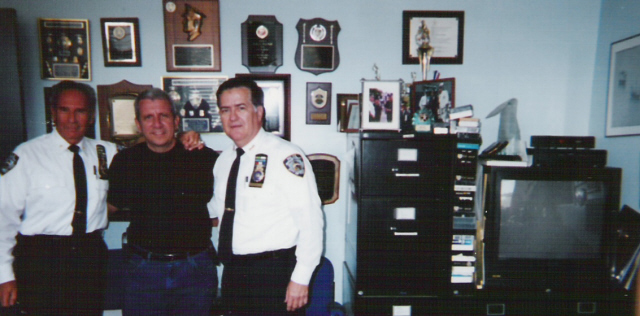
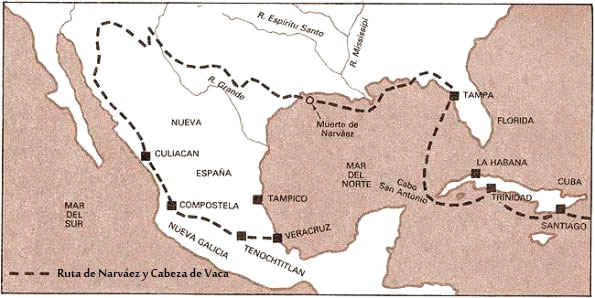
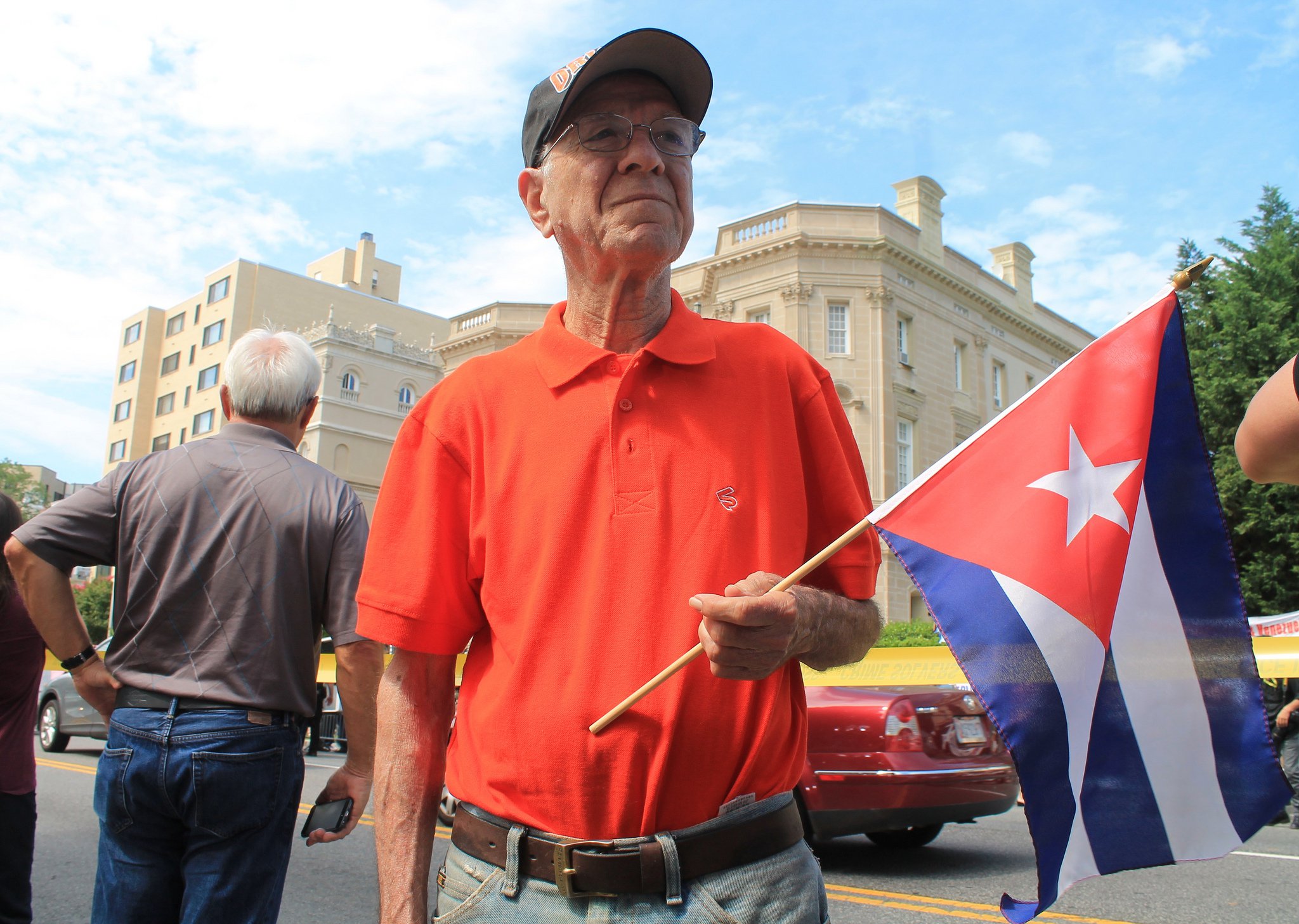
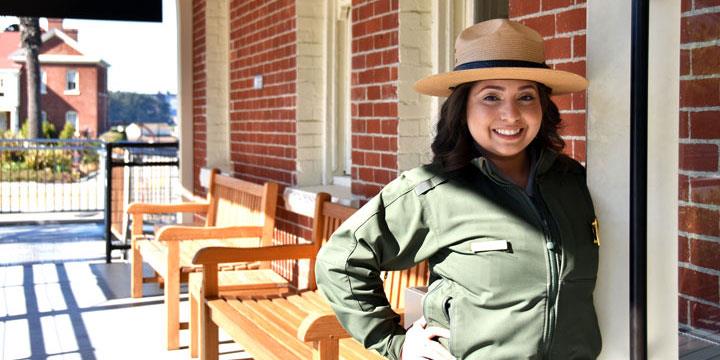

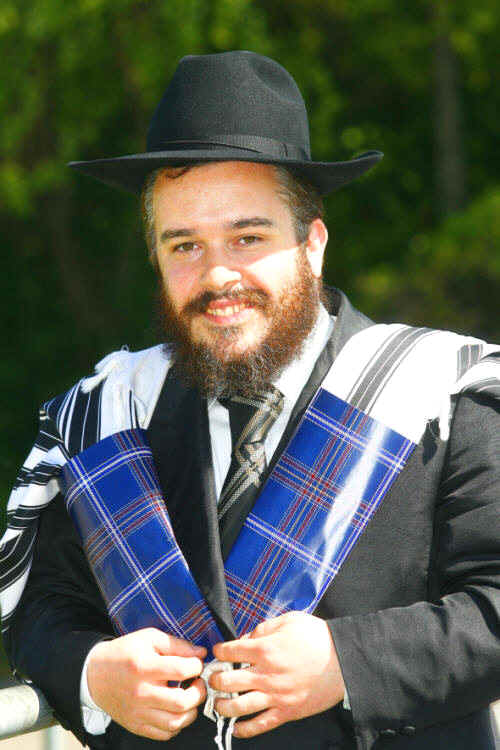
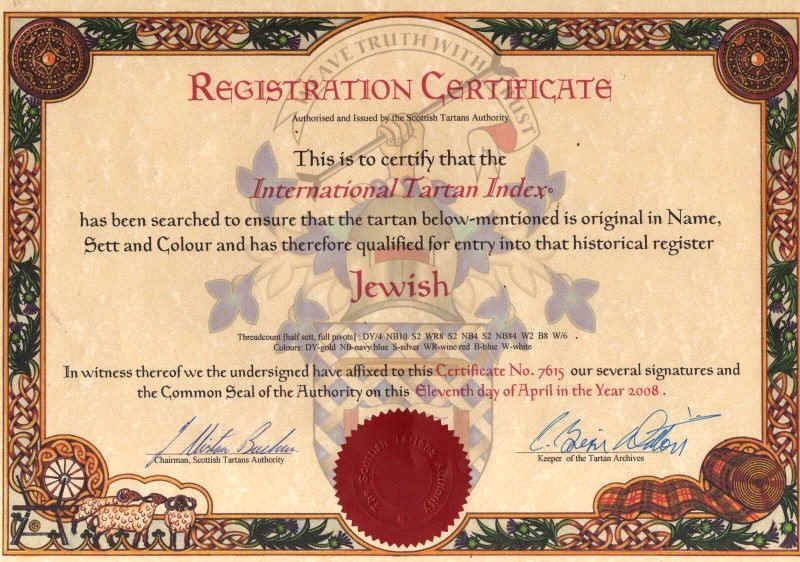
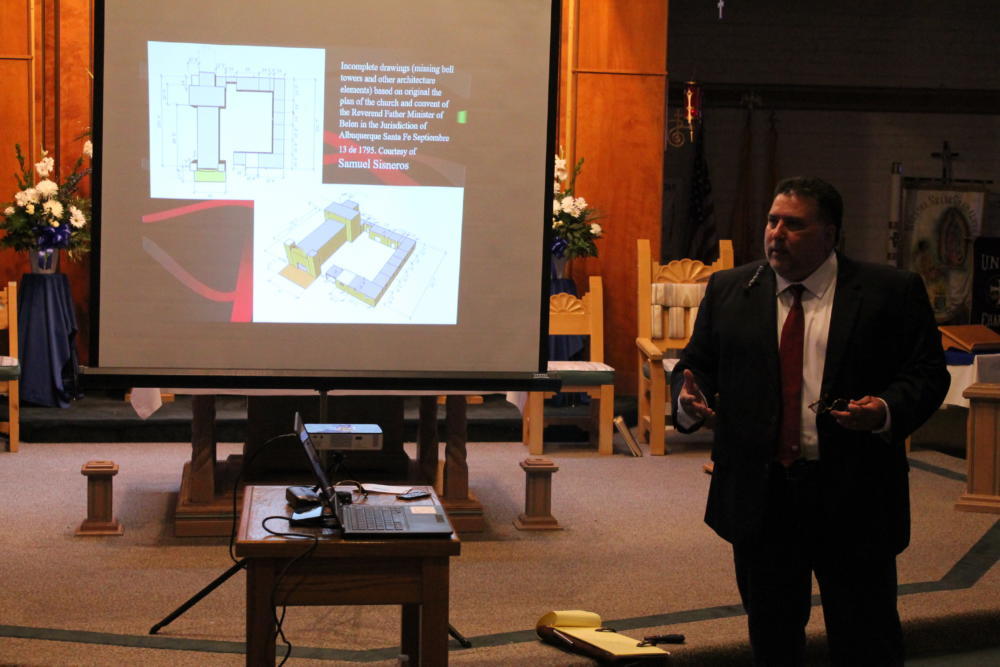
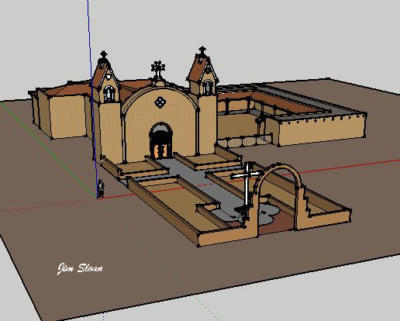

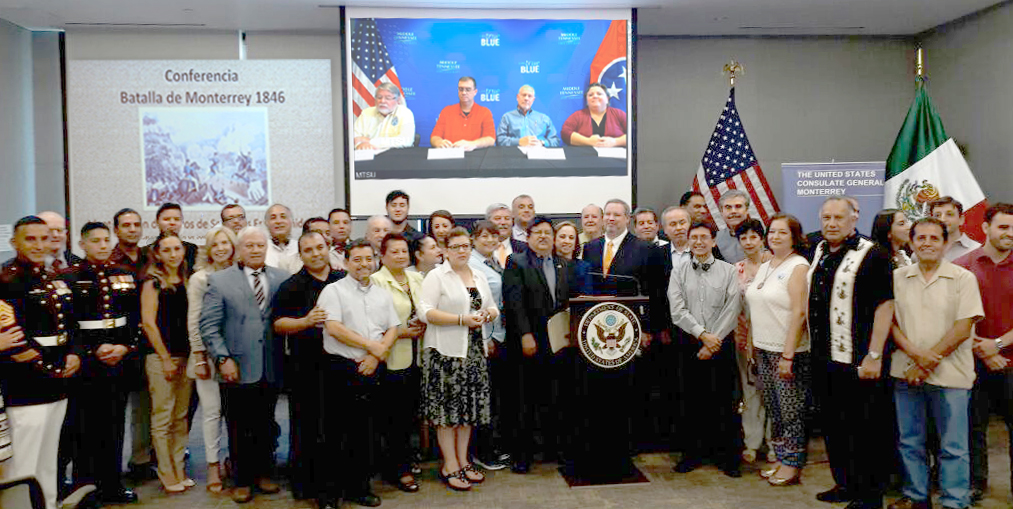

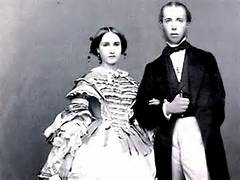
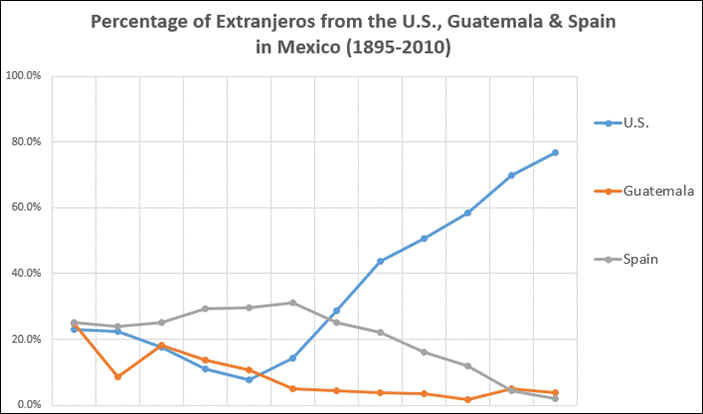
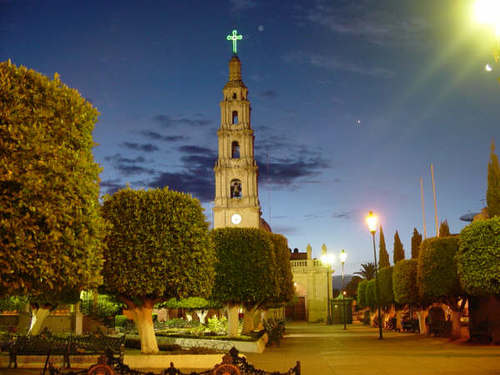
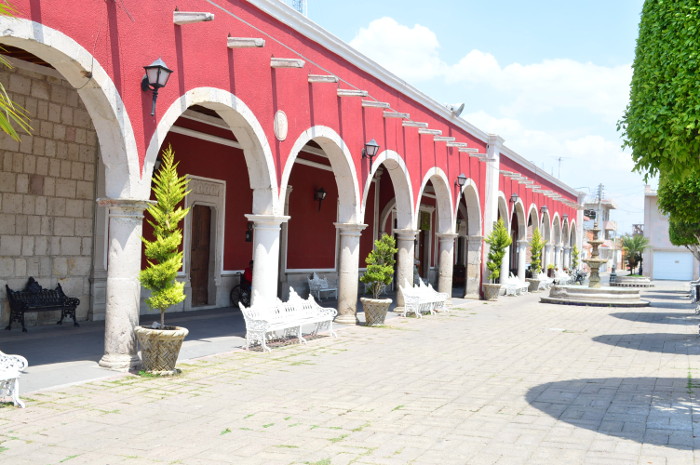
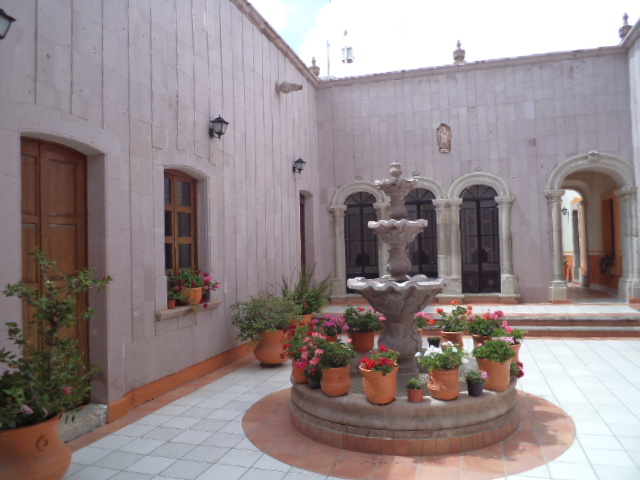
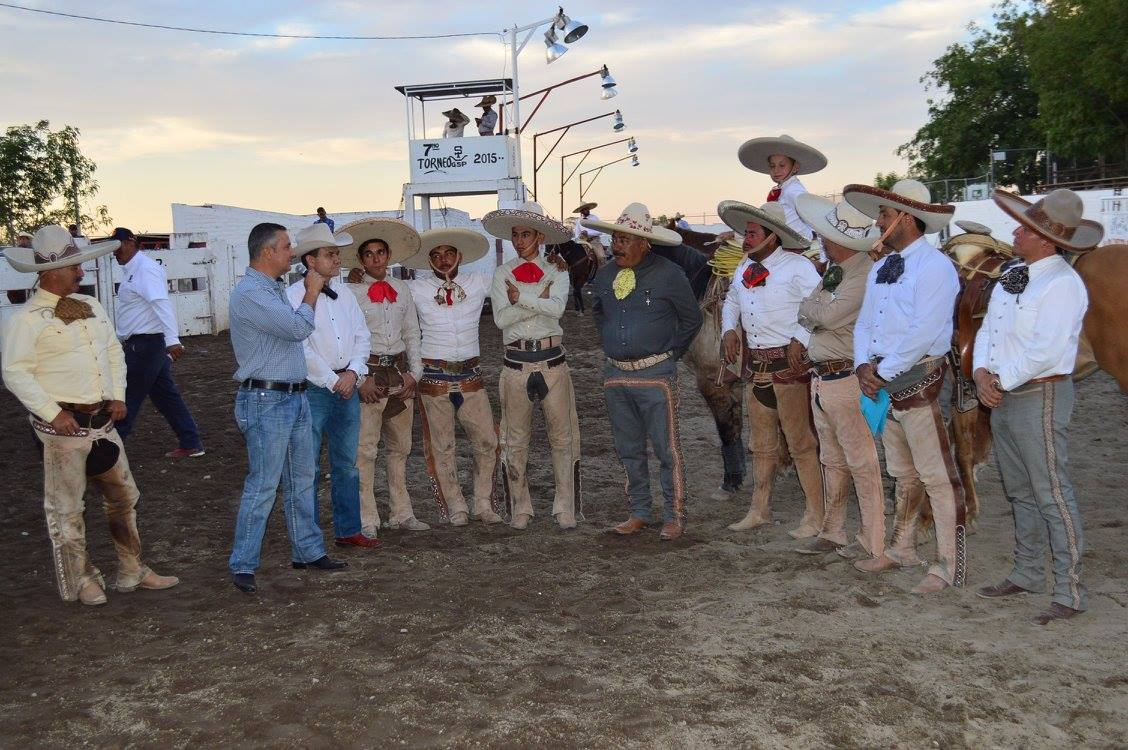
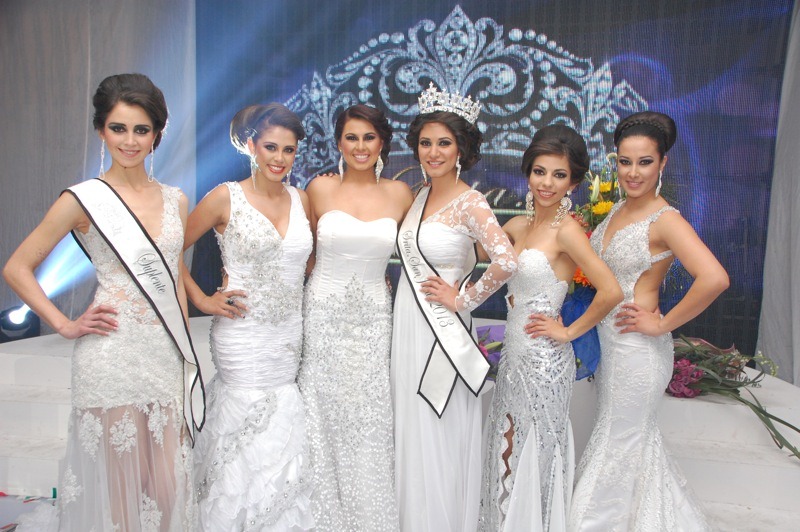
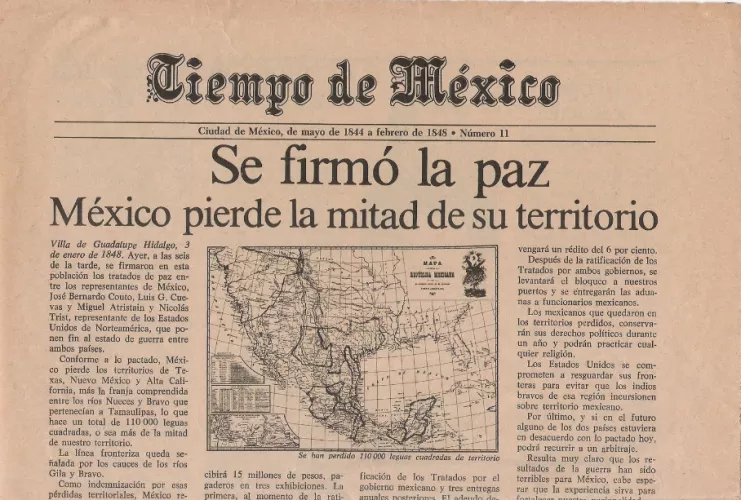

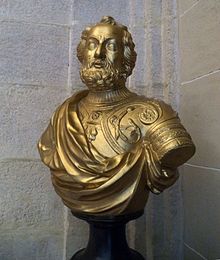
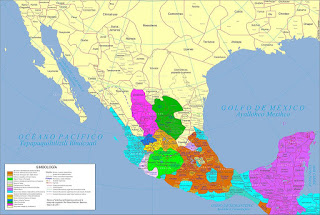
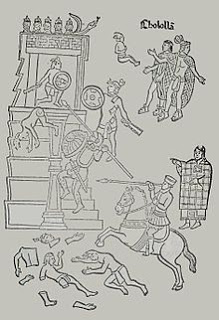
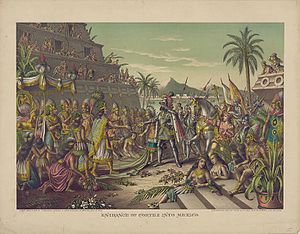
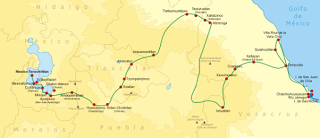
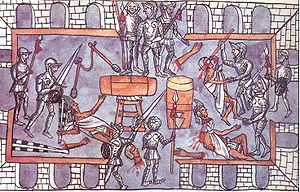
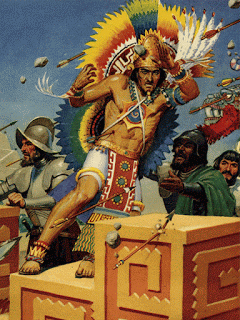
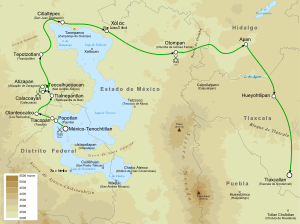
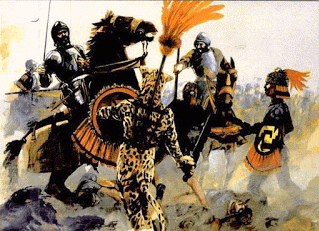
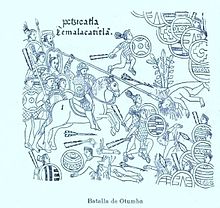
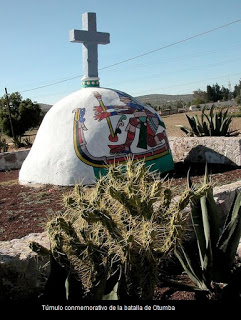
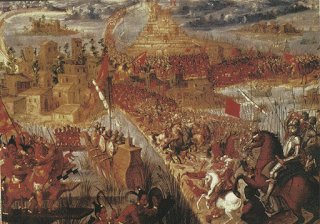
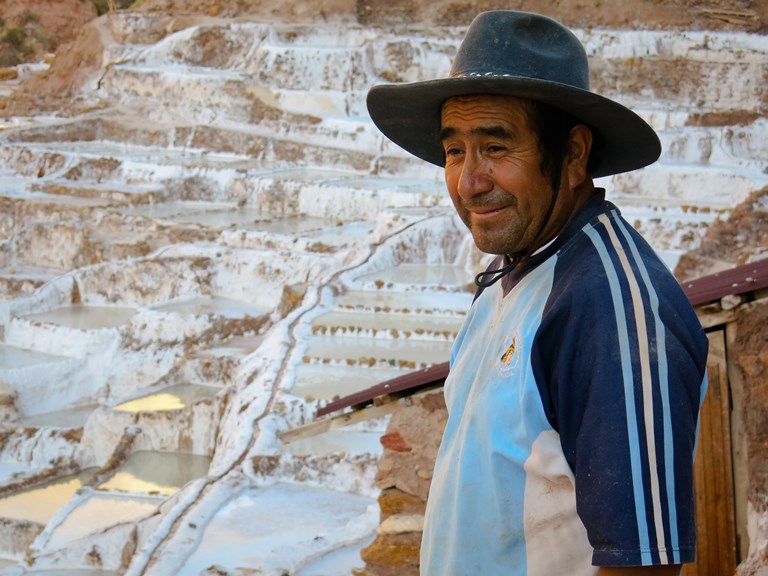
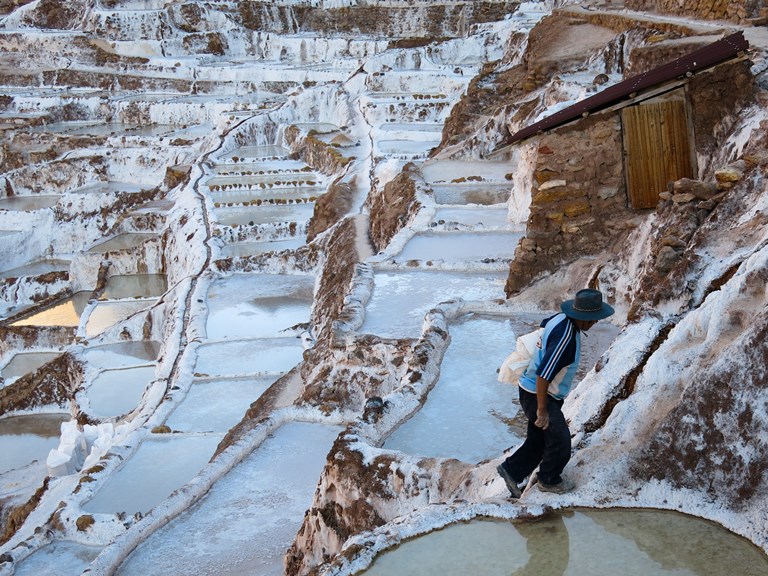
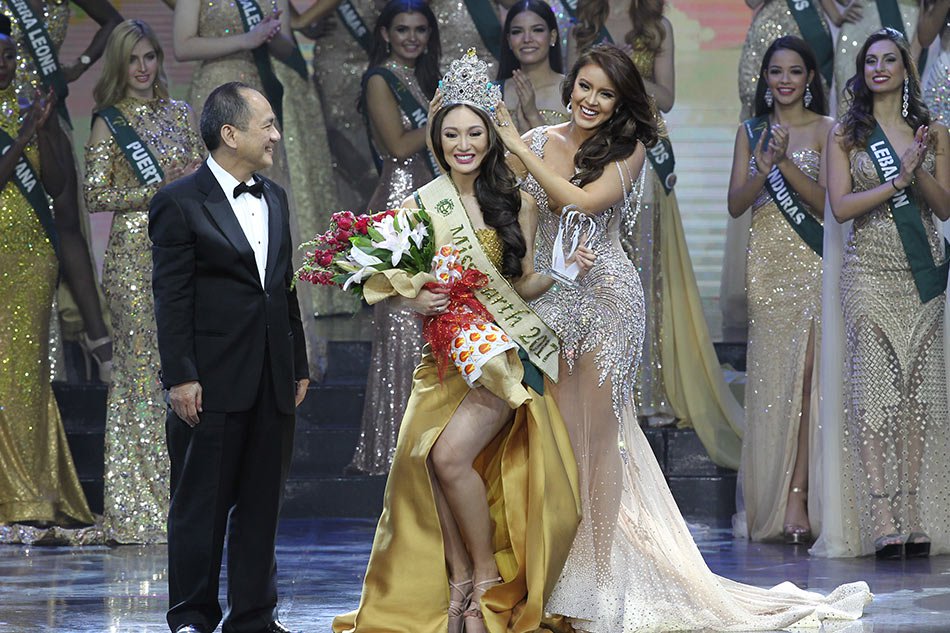
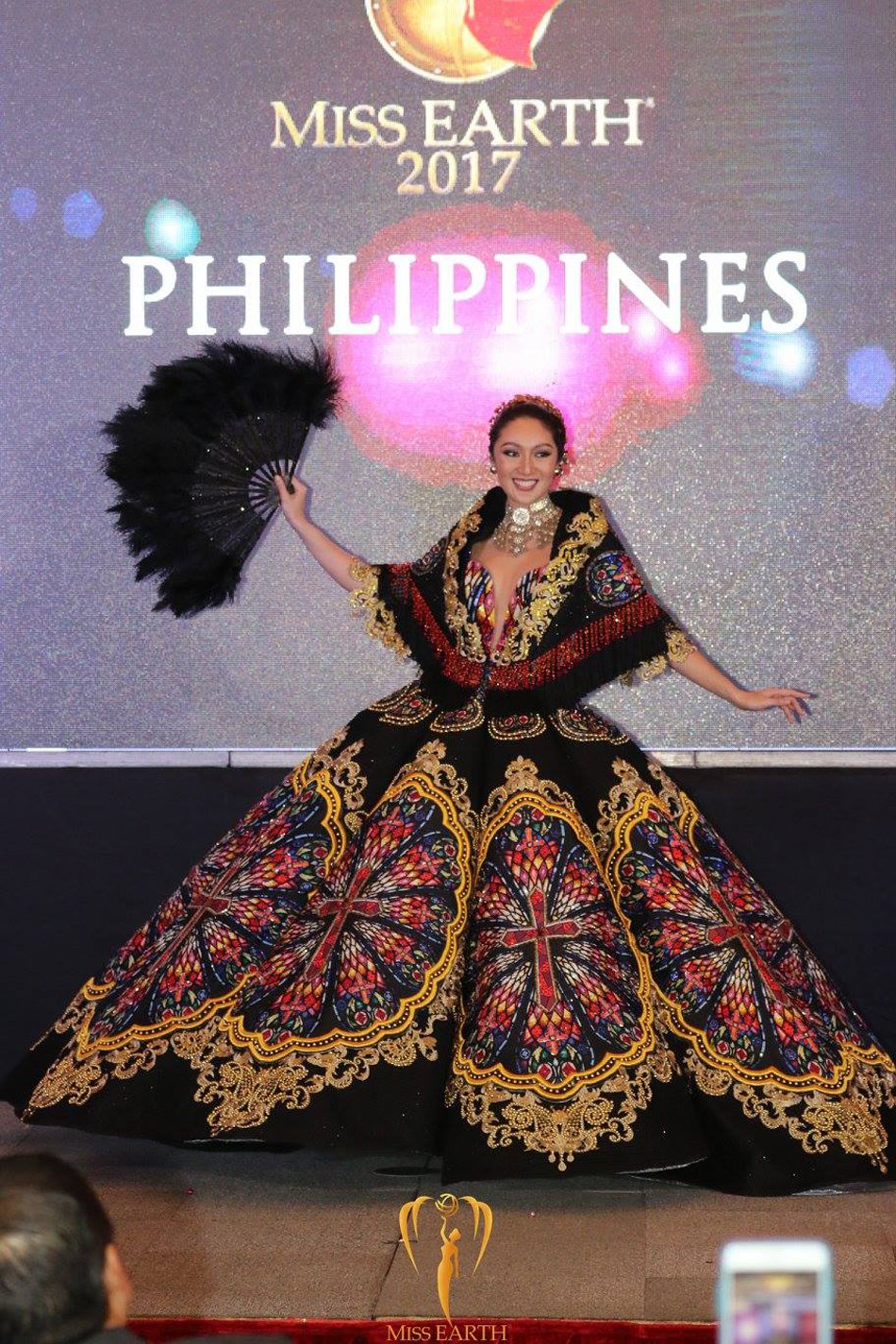
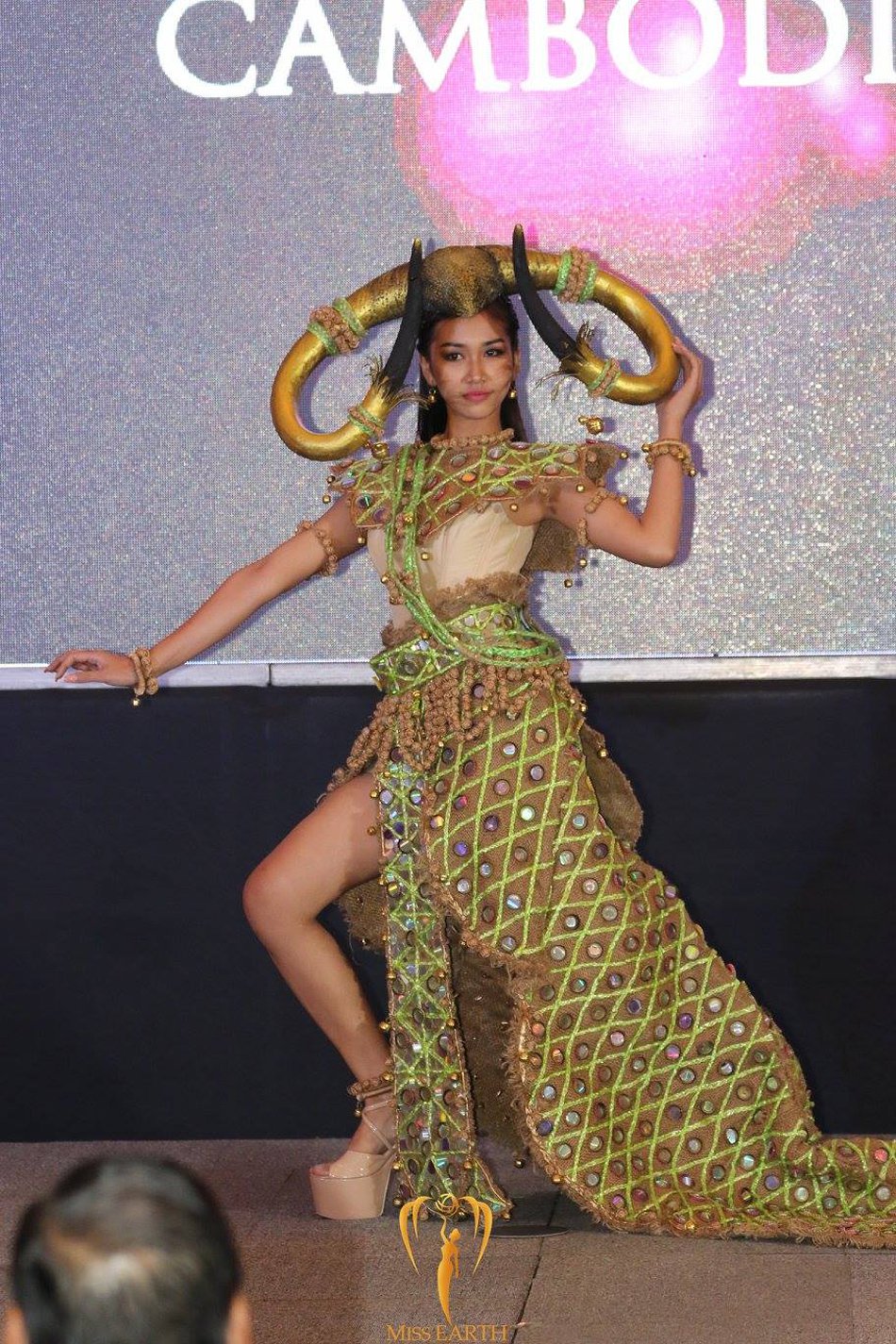
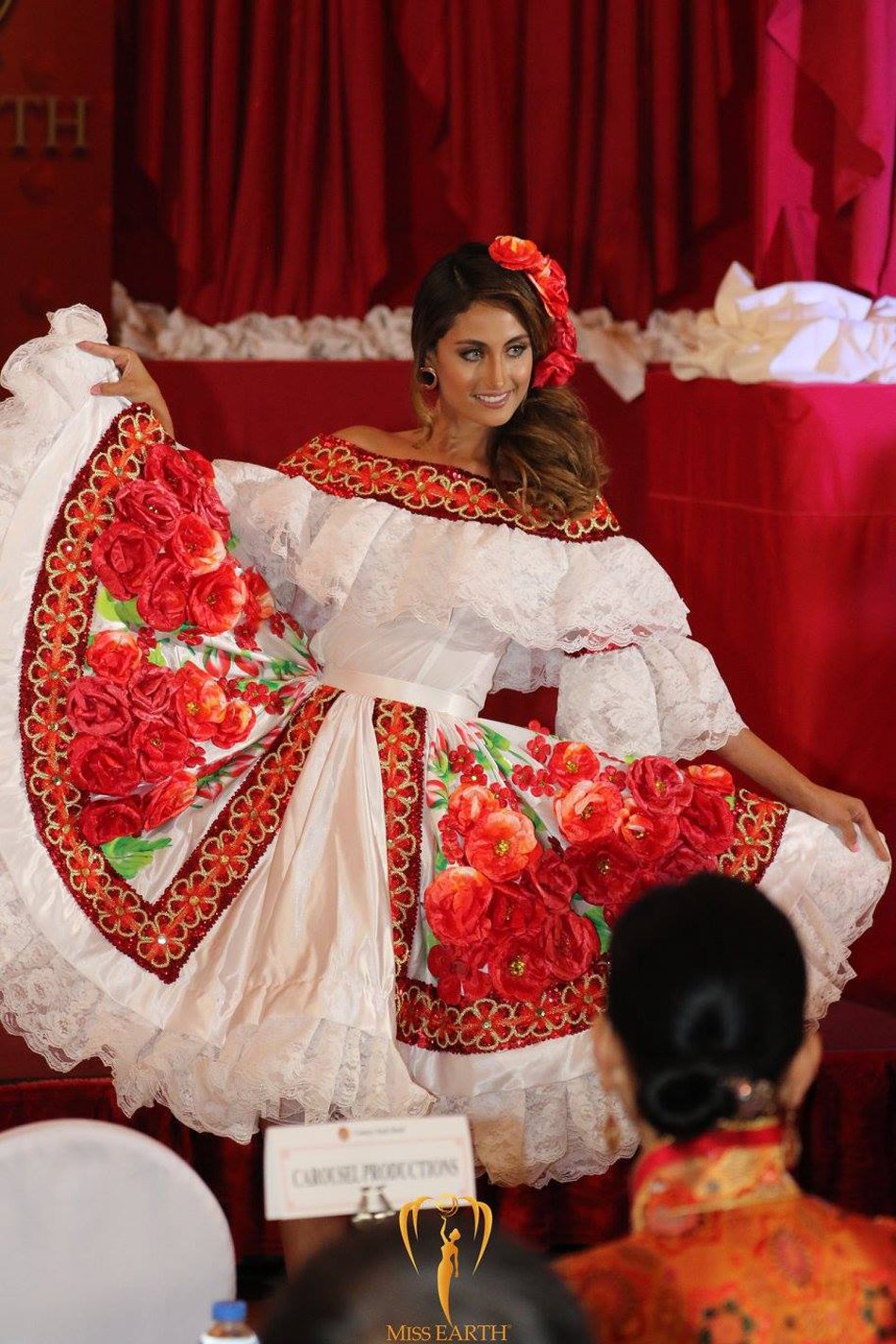
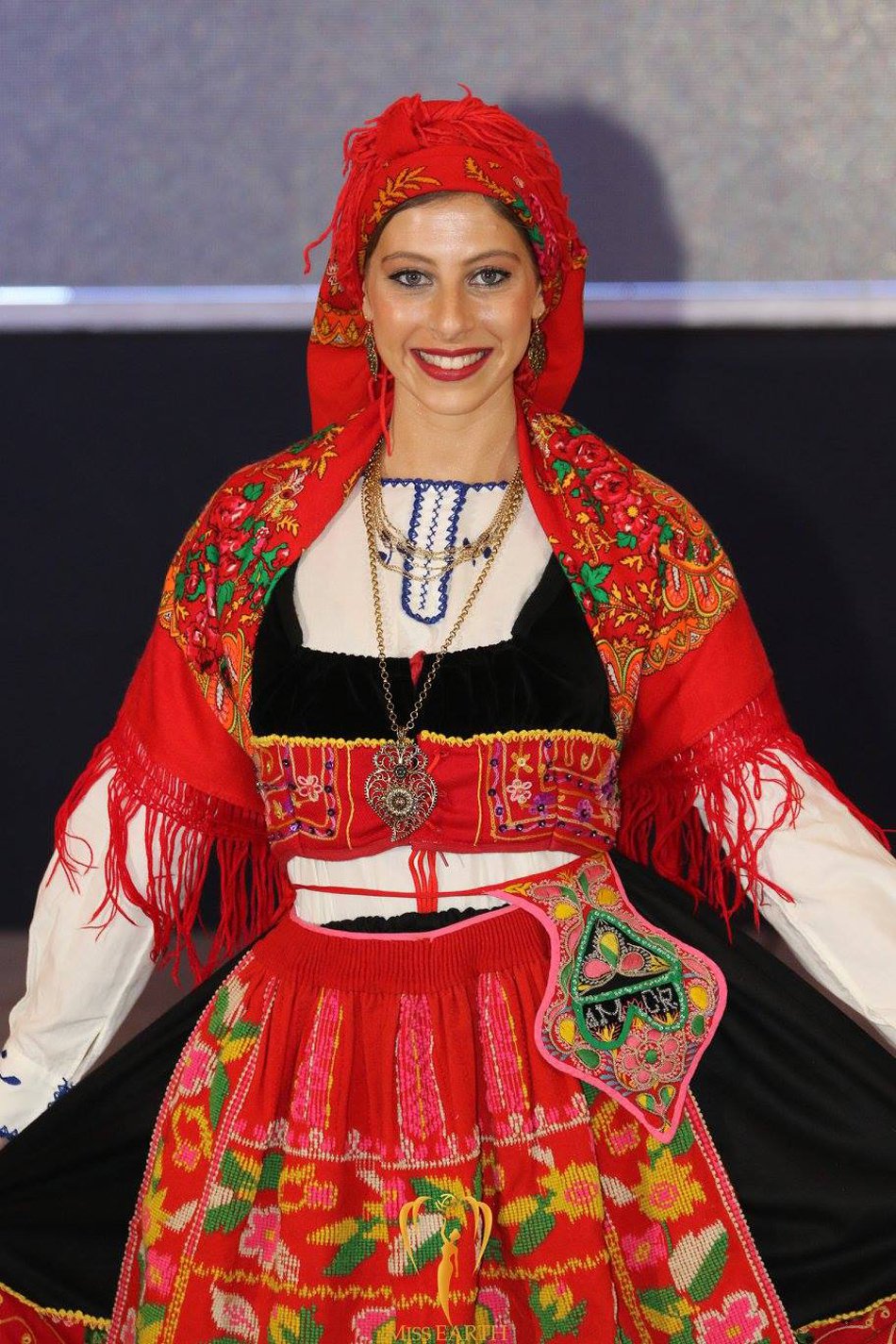

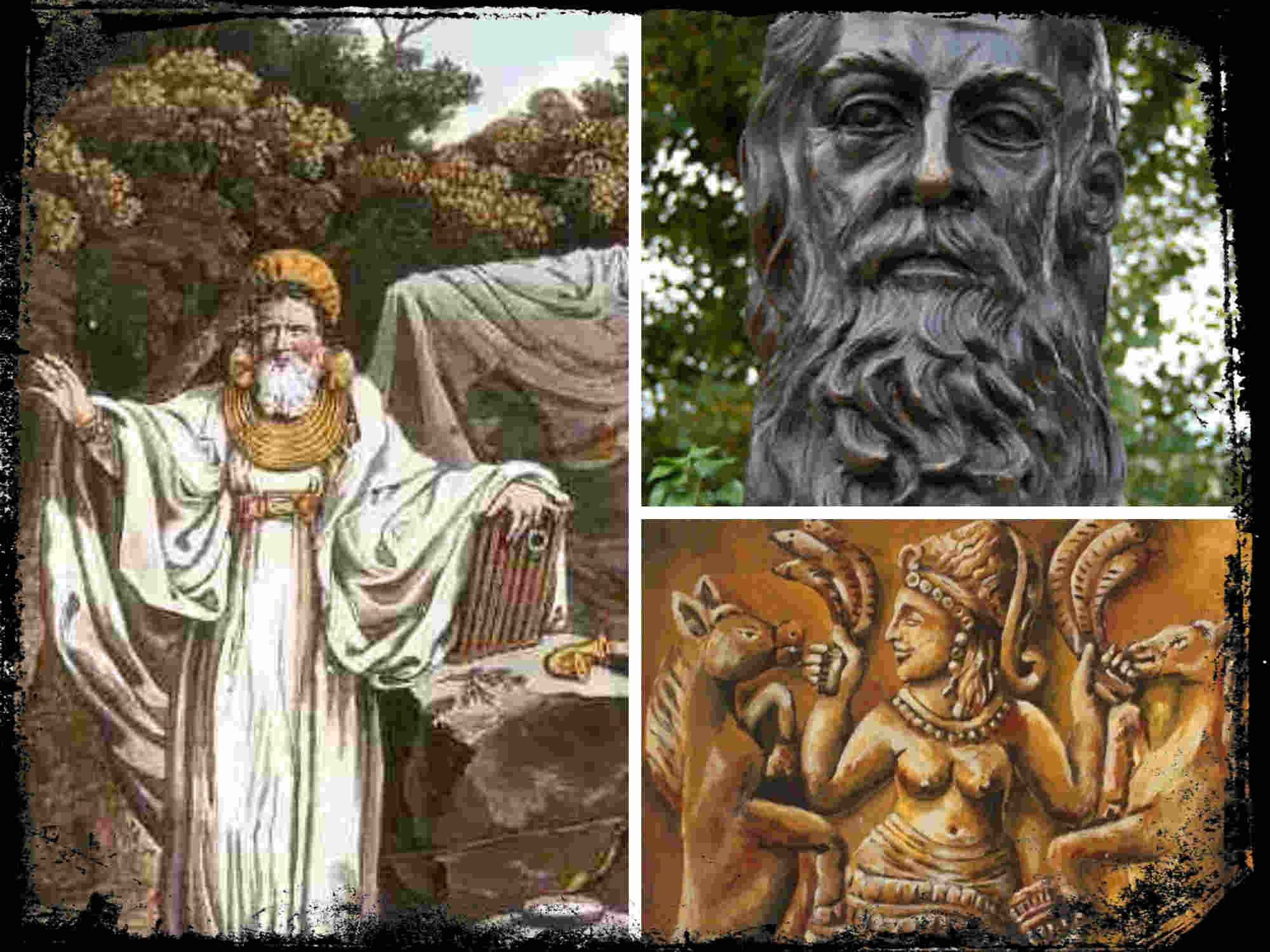
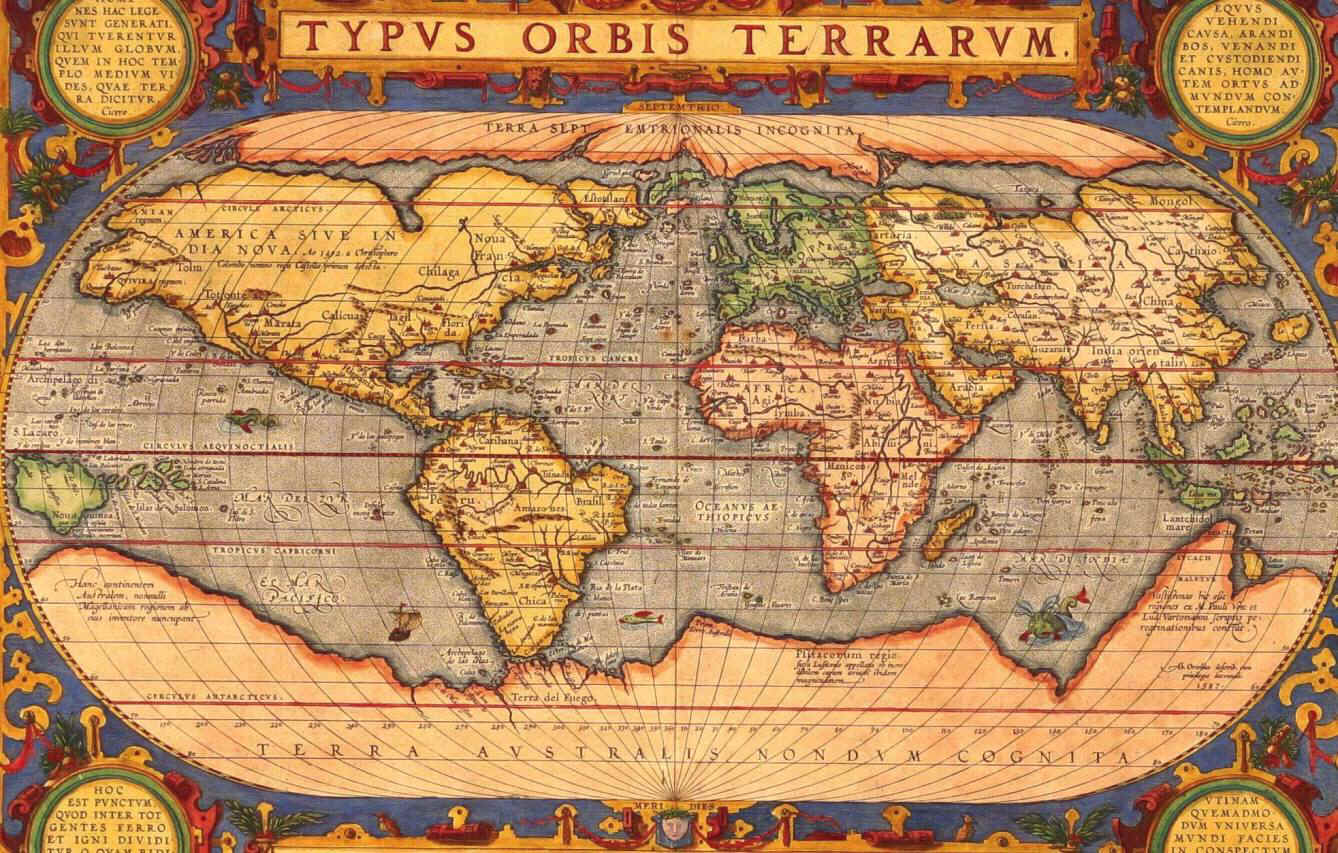
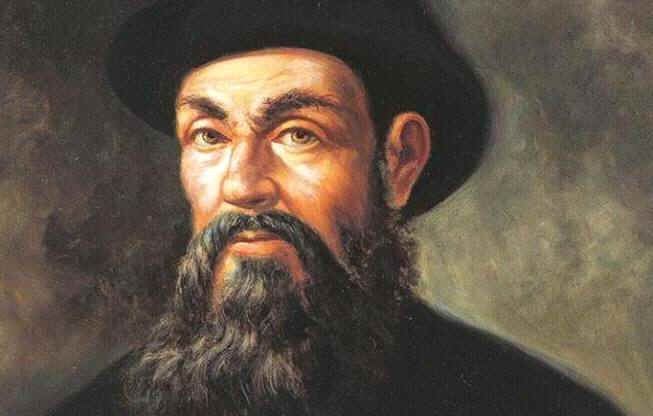

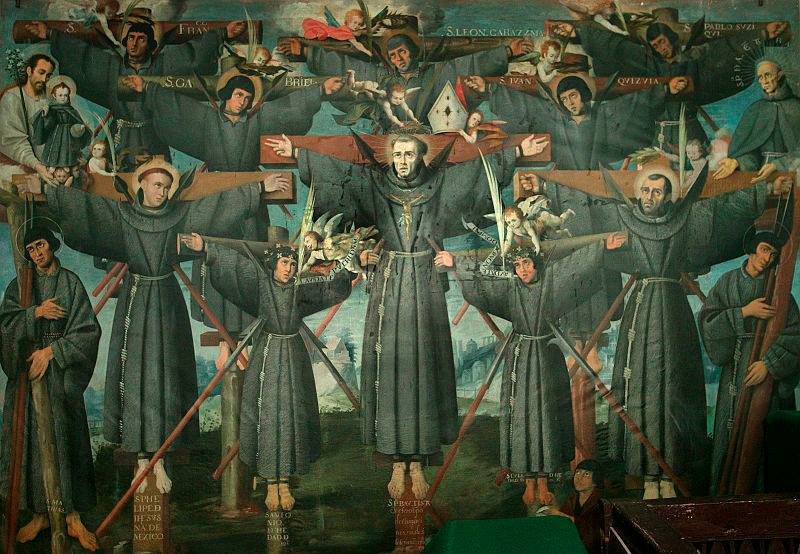
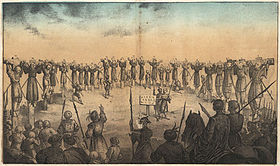
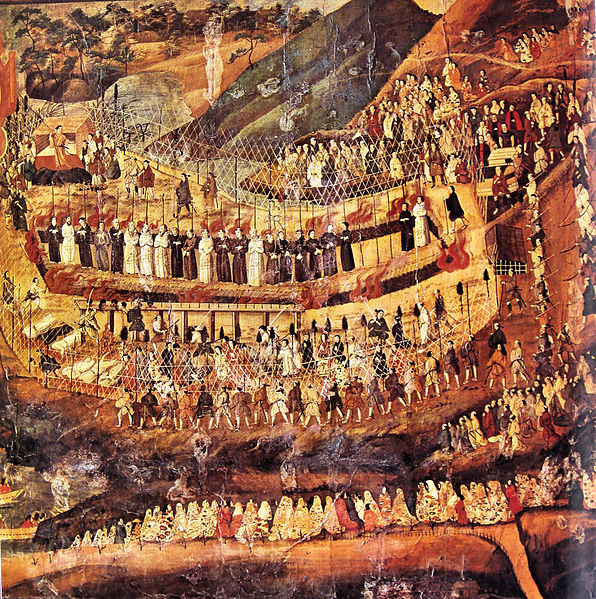

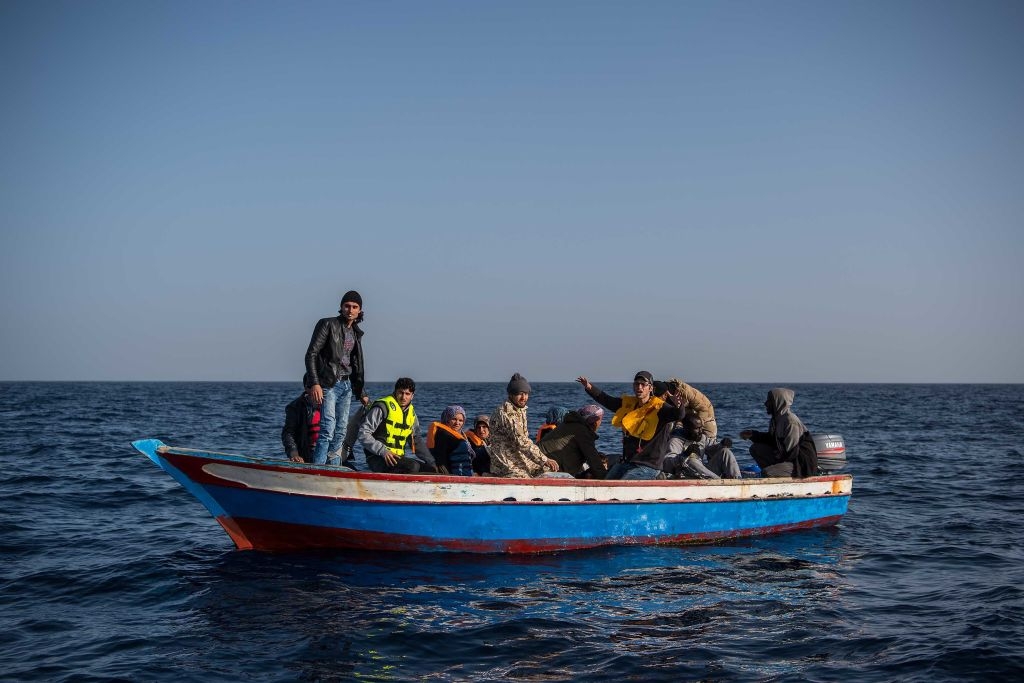

 no
les fue fácil a los ingleses capturar
los buques del tesoro españoles.
Baste como ejemplo el caso del
conocido
no
les fue fácil a los ingleses capturar
los buques del tesoro españoles.
Baste como ejemplo el caso del
conocido